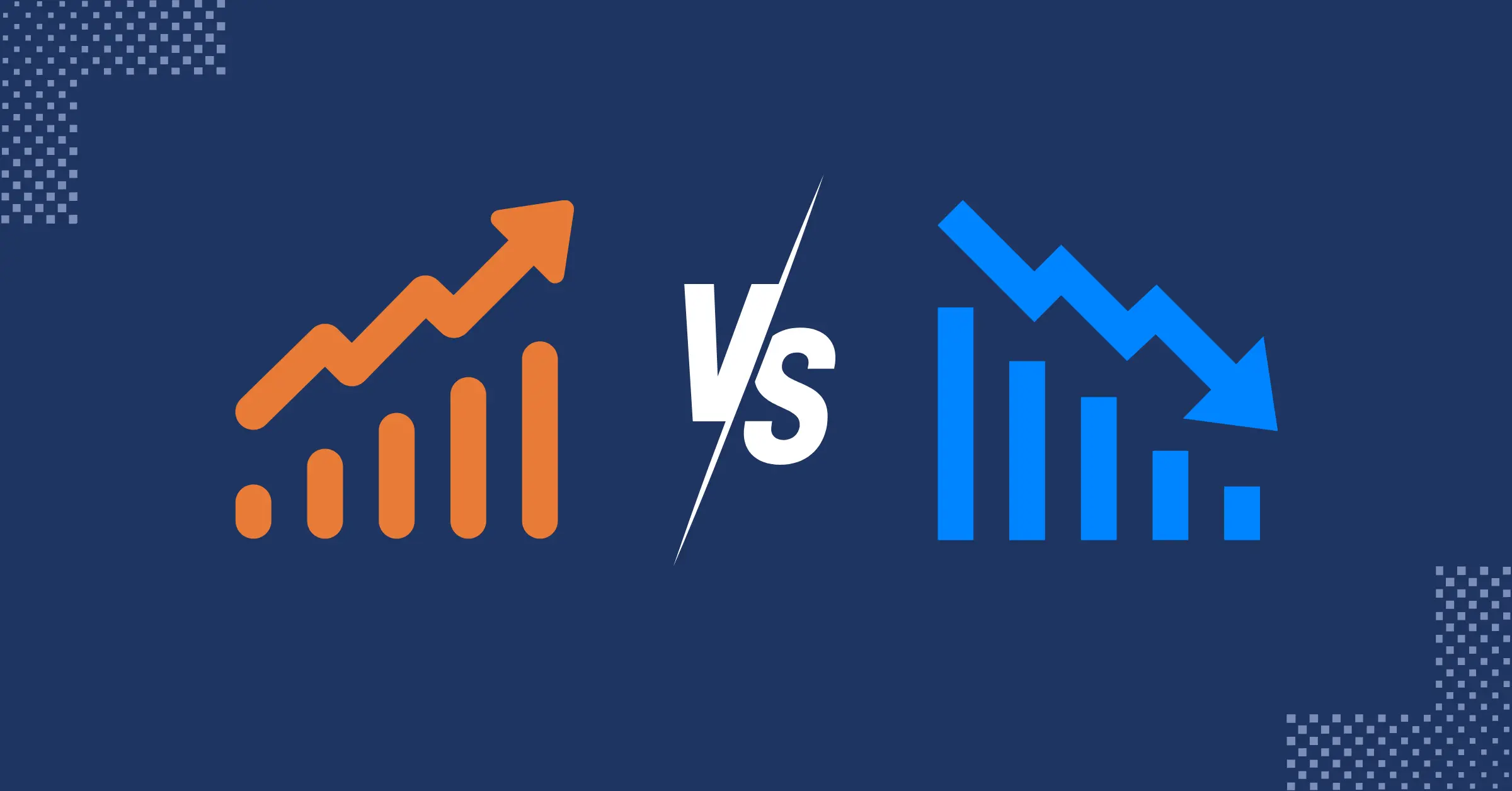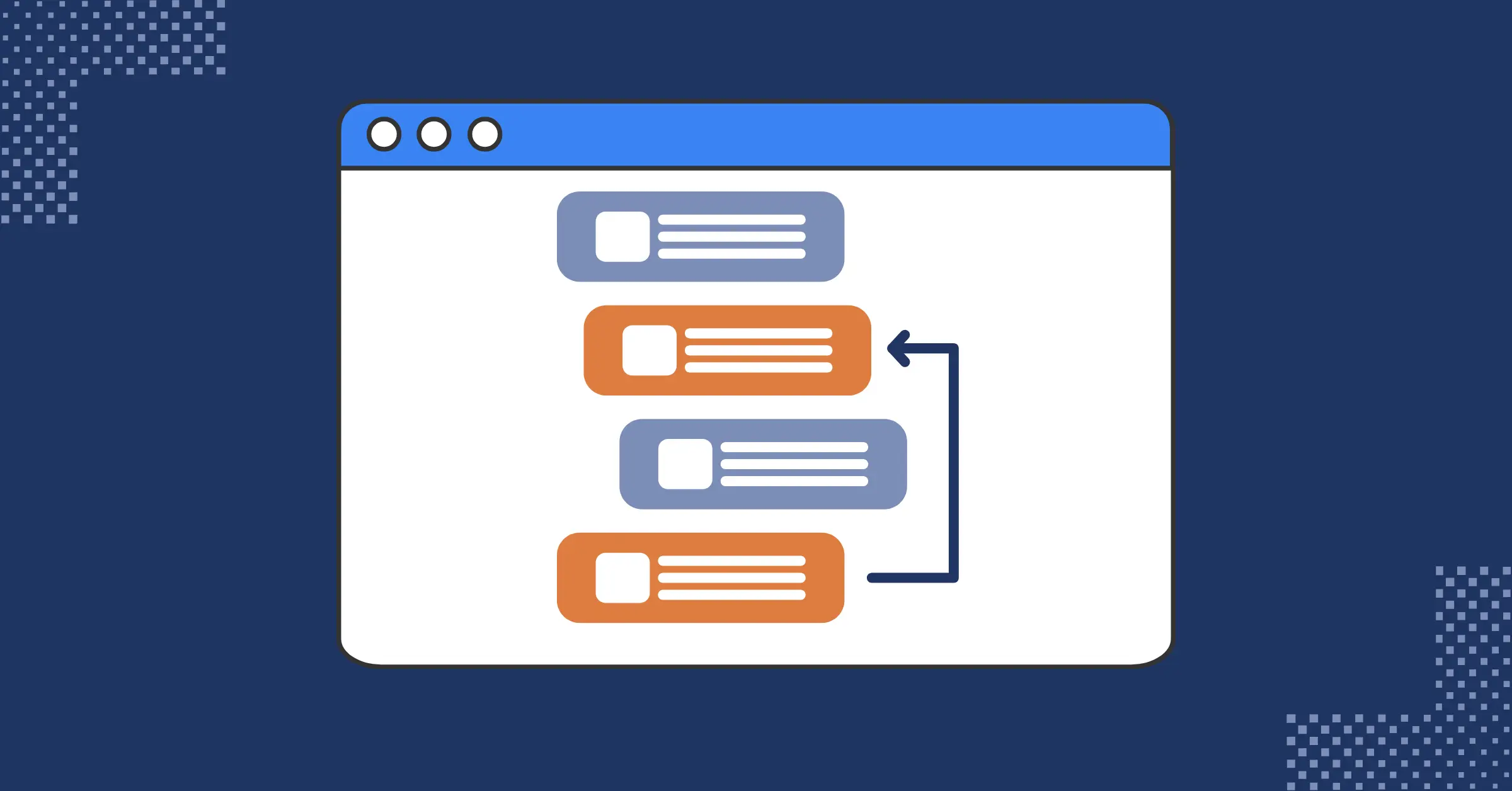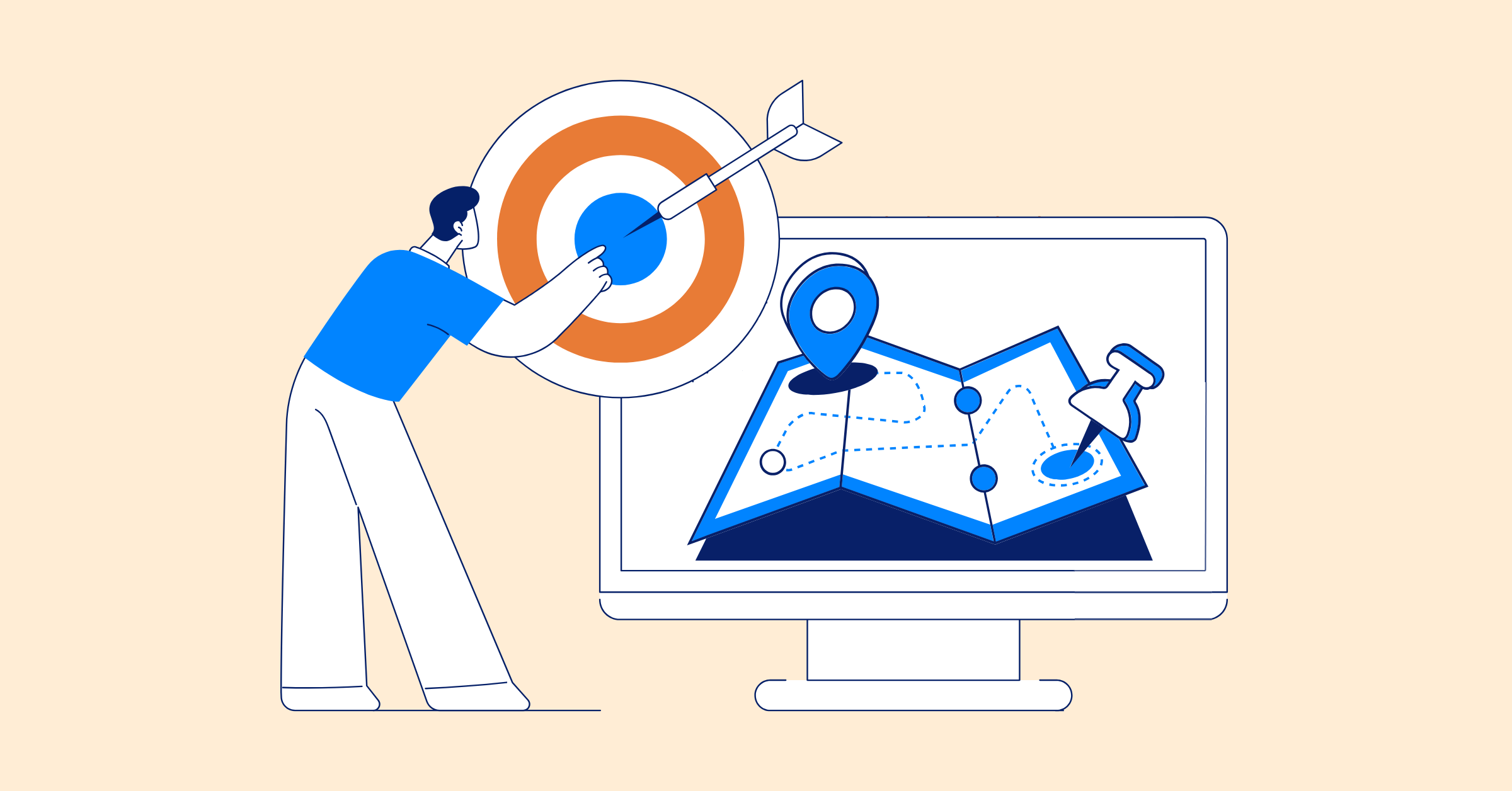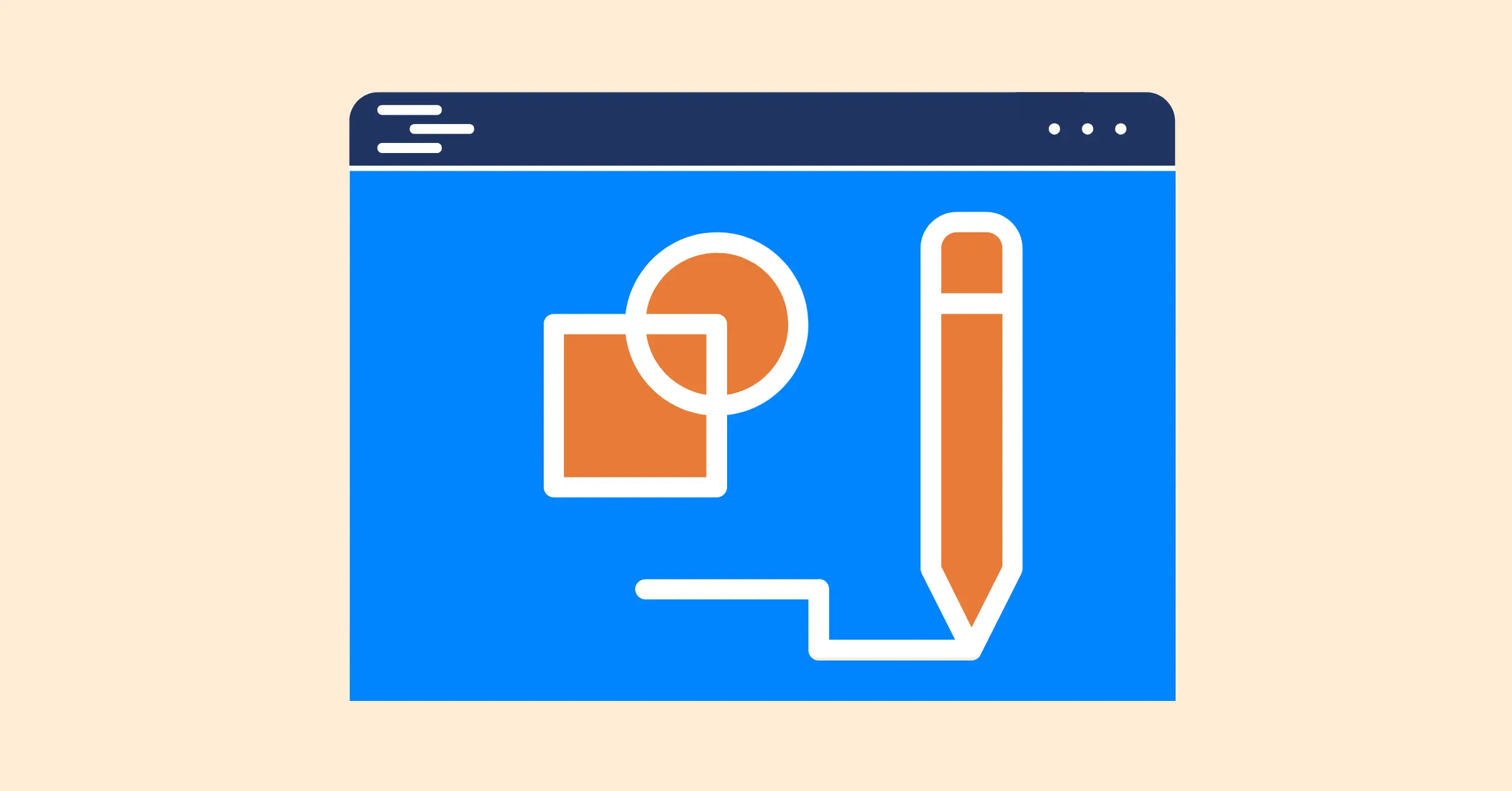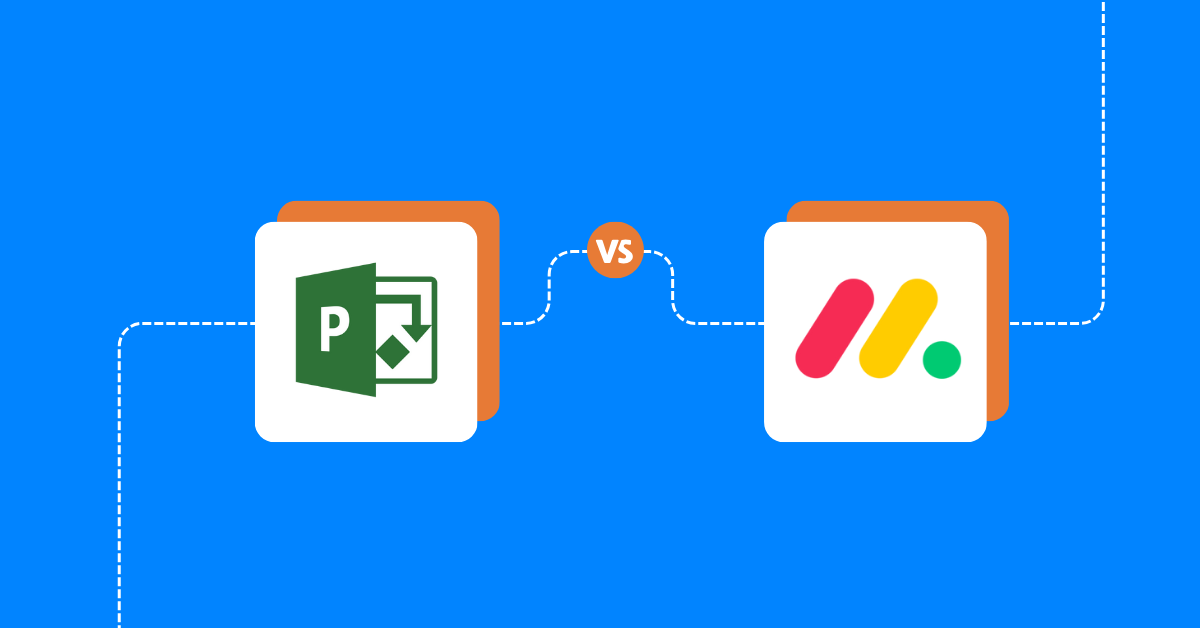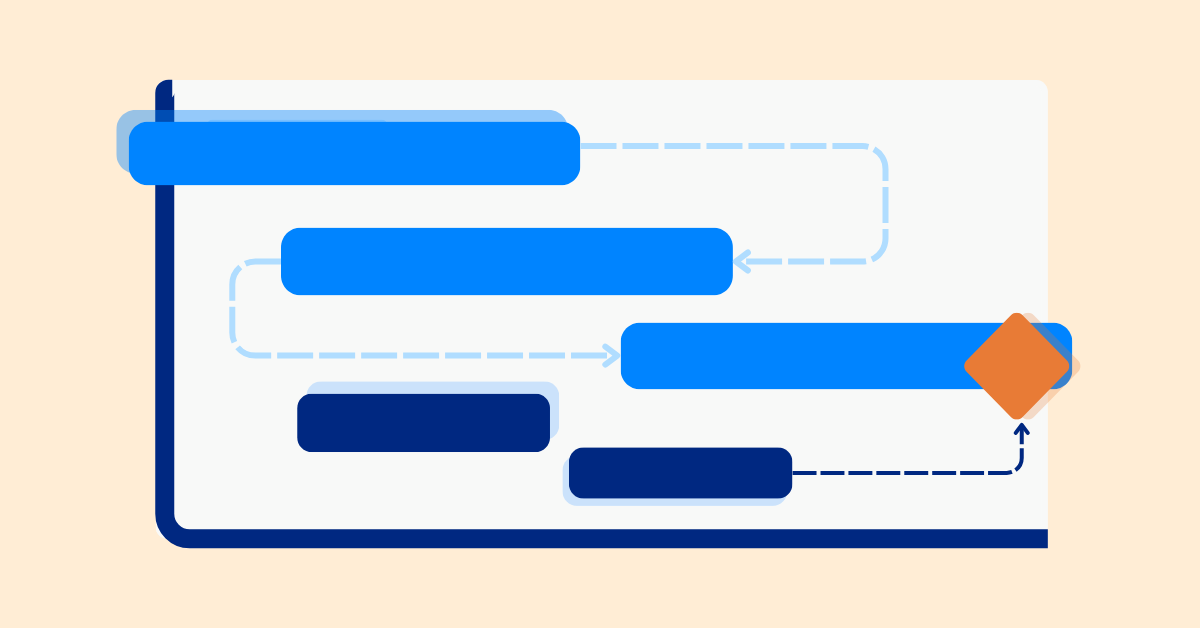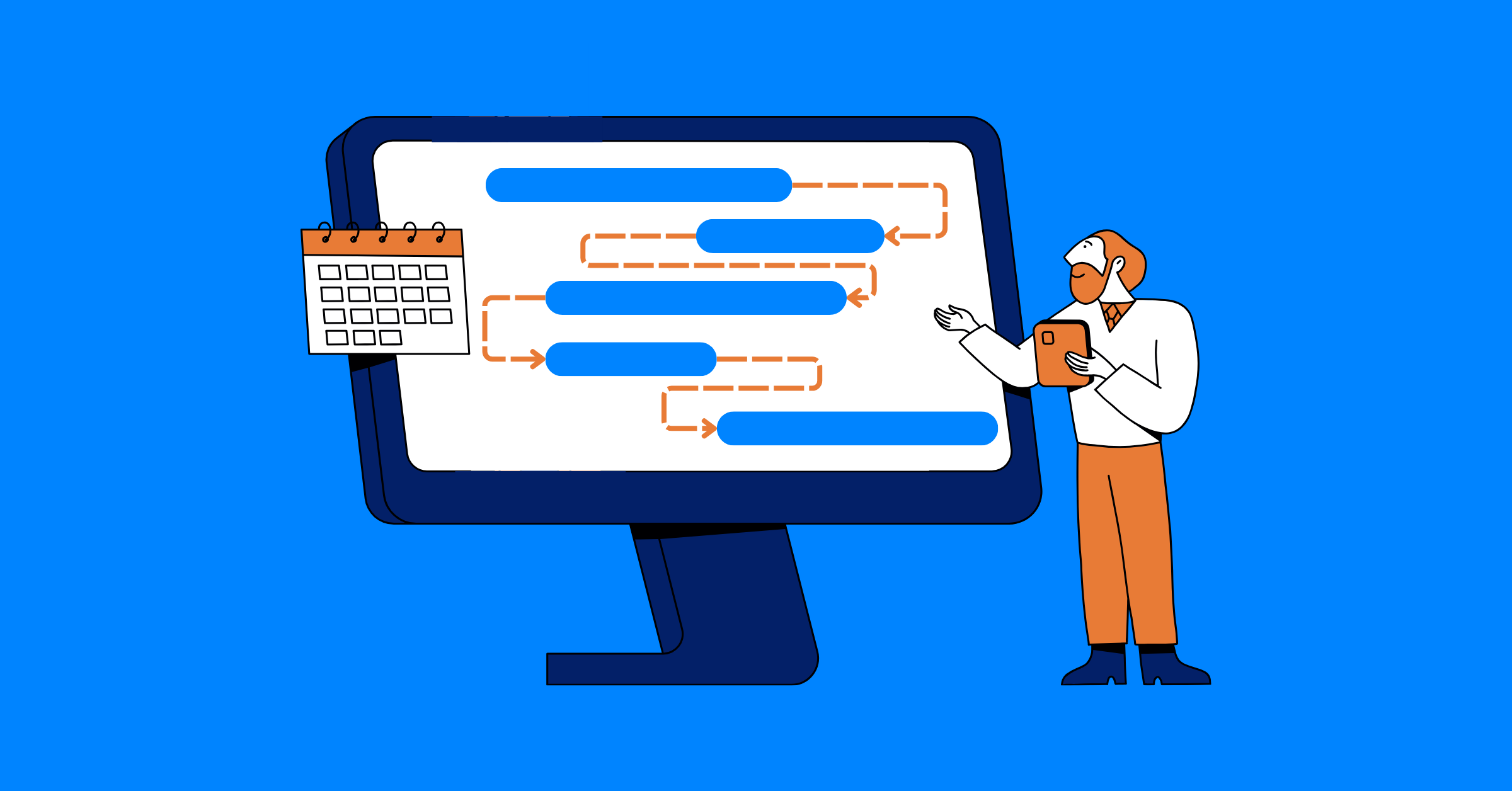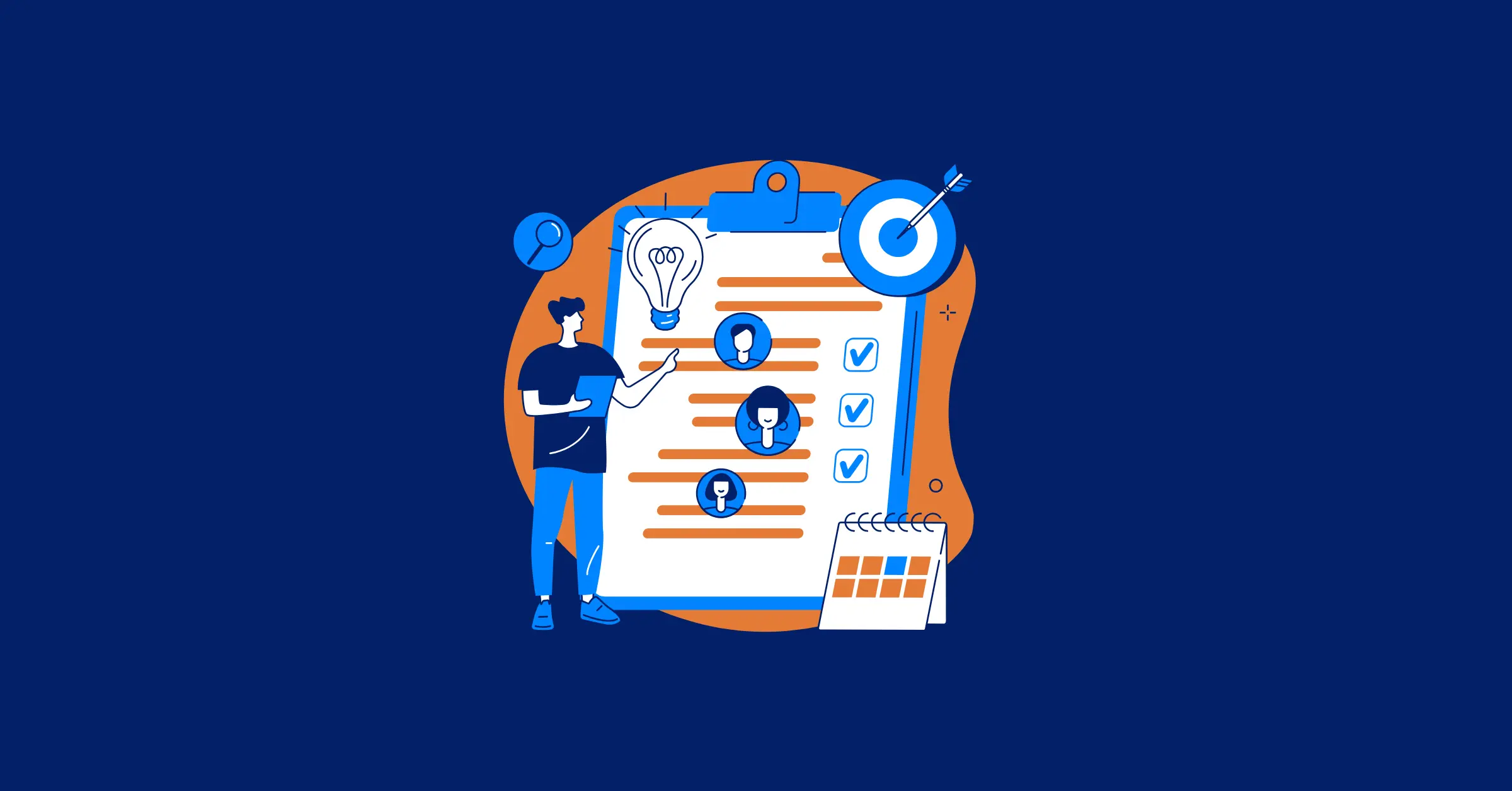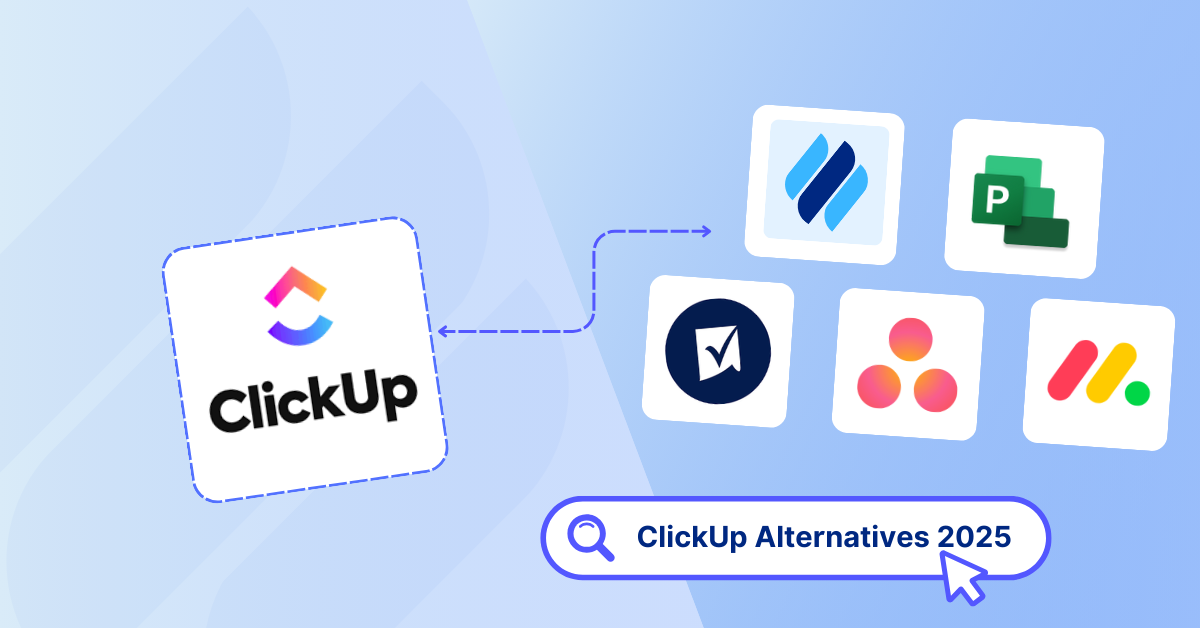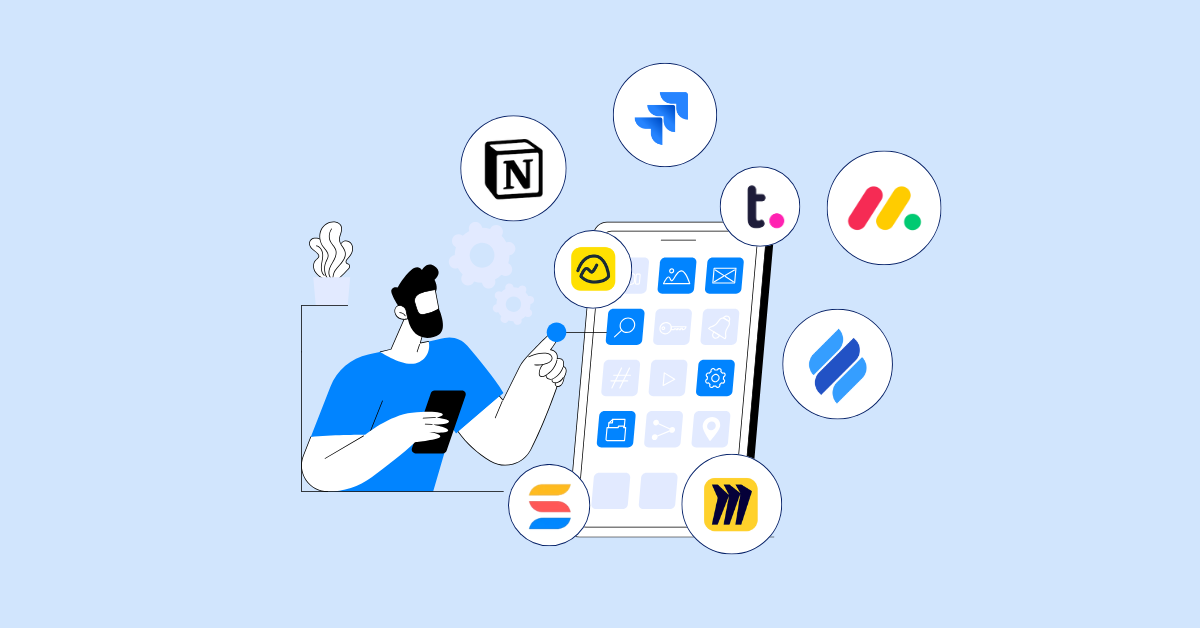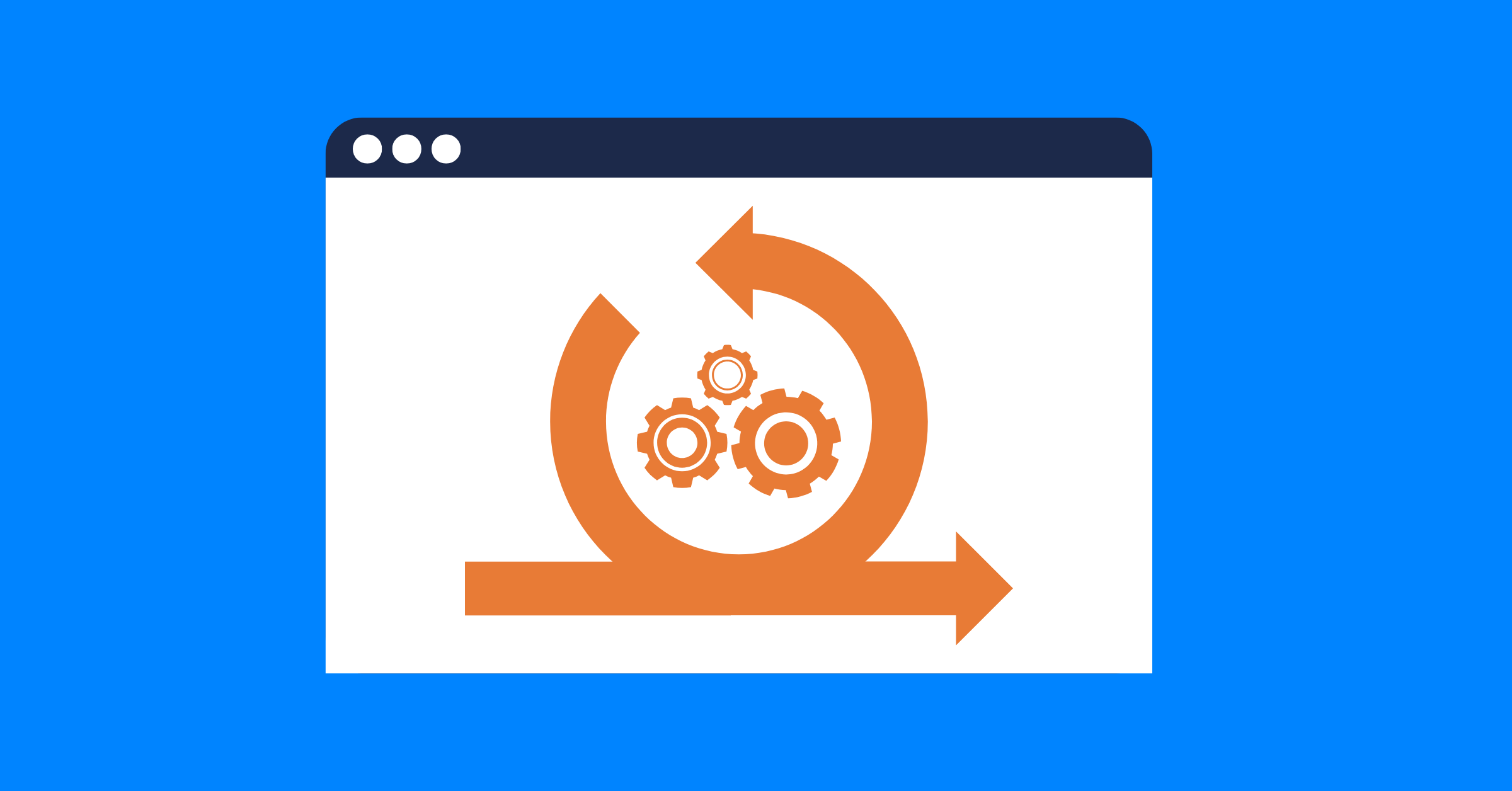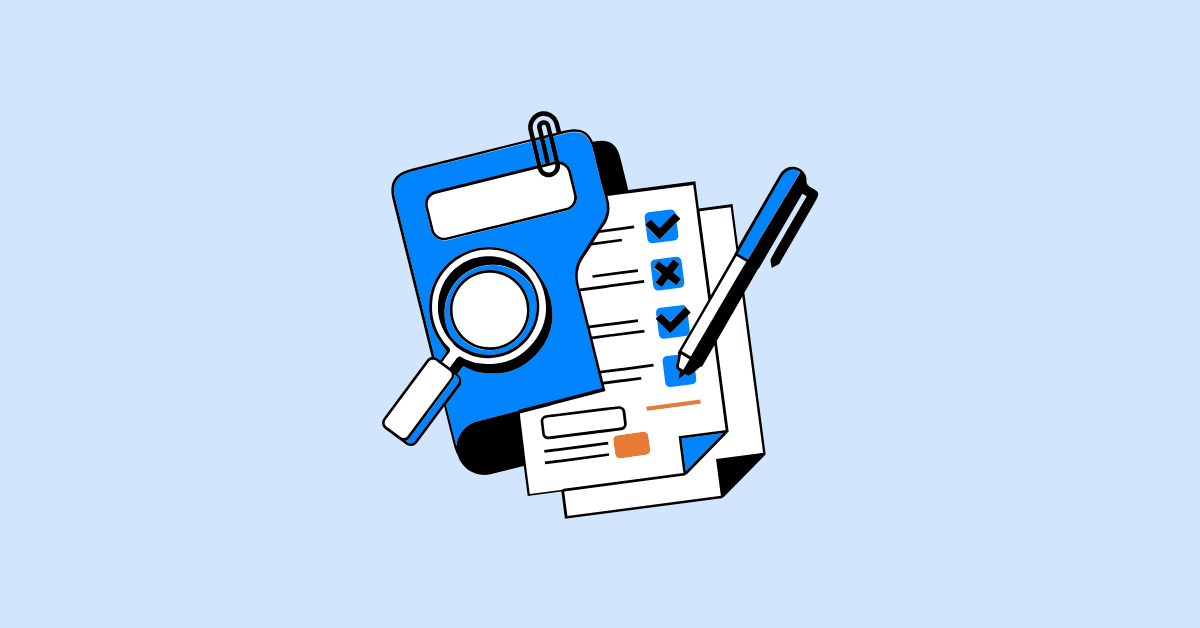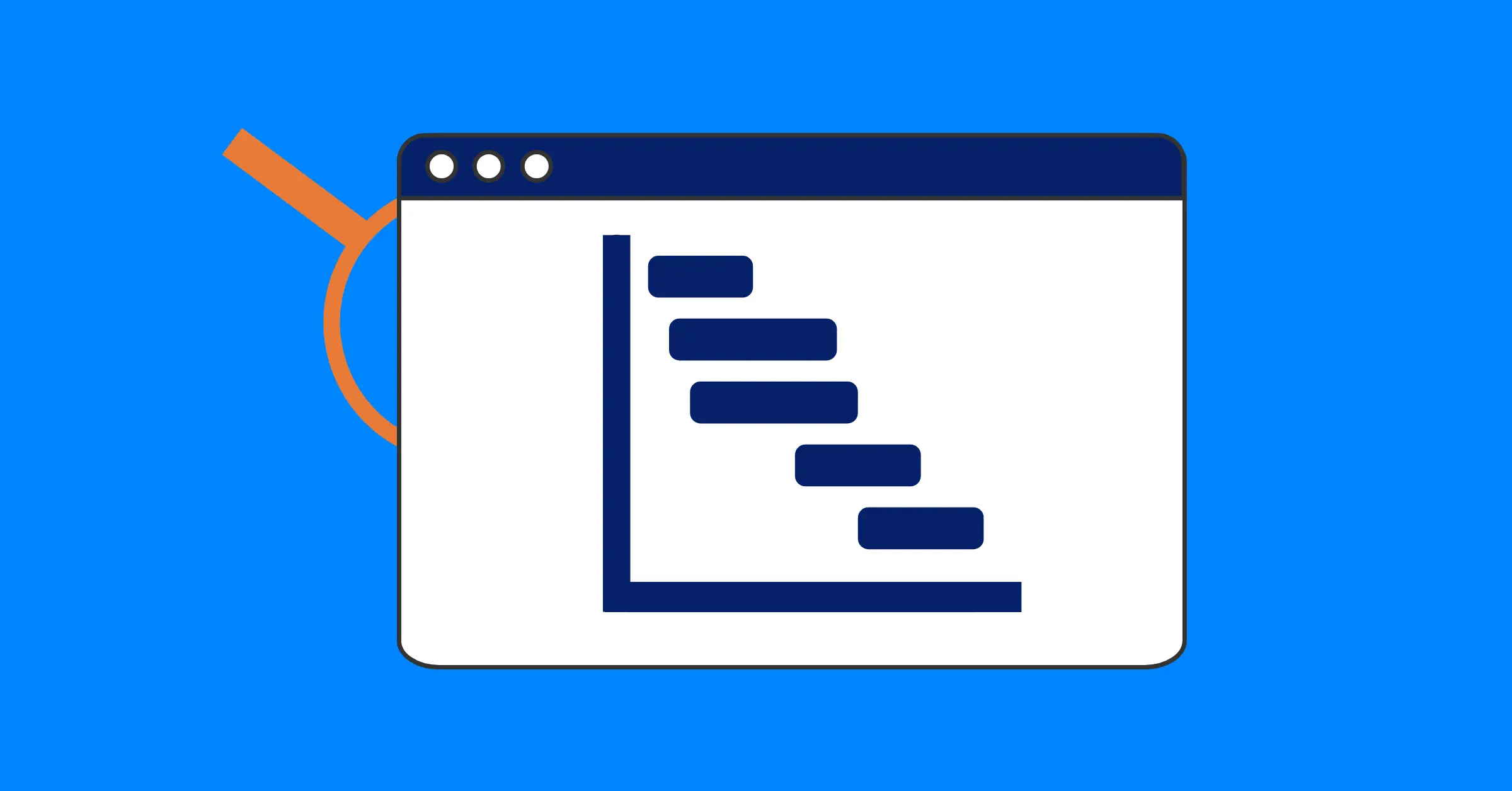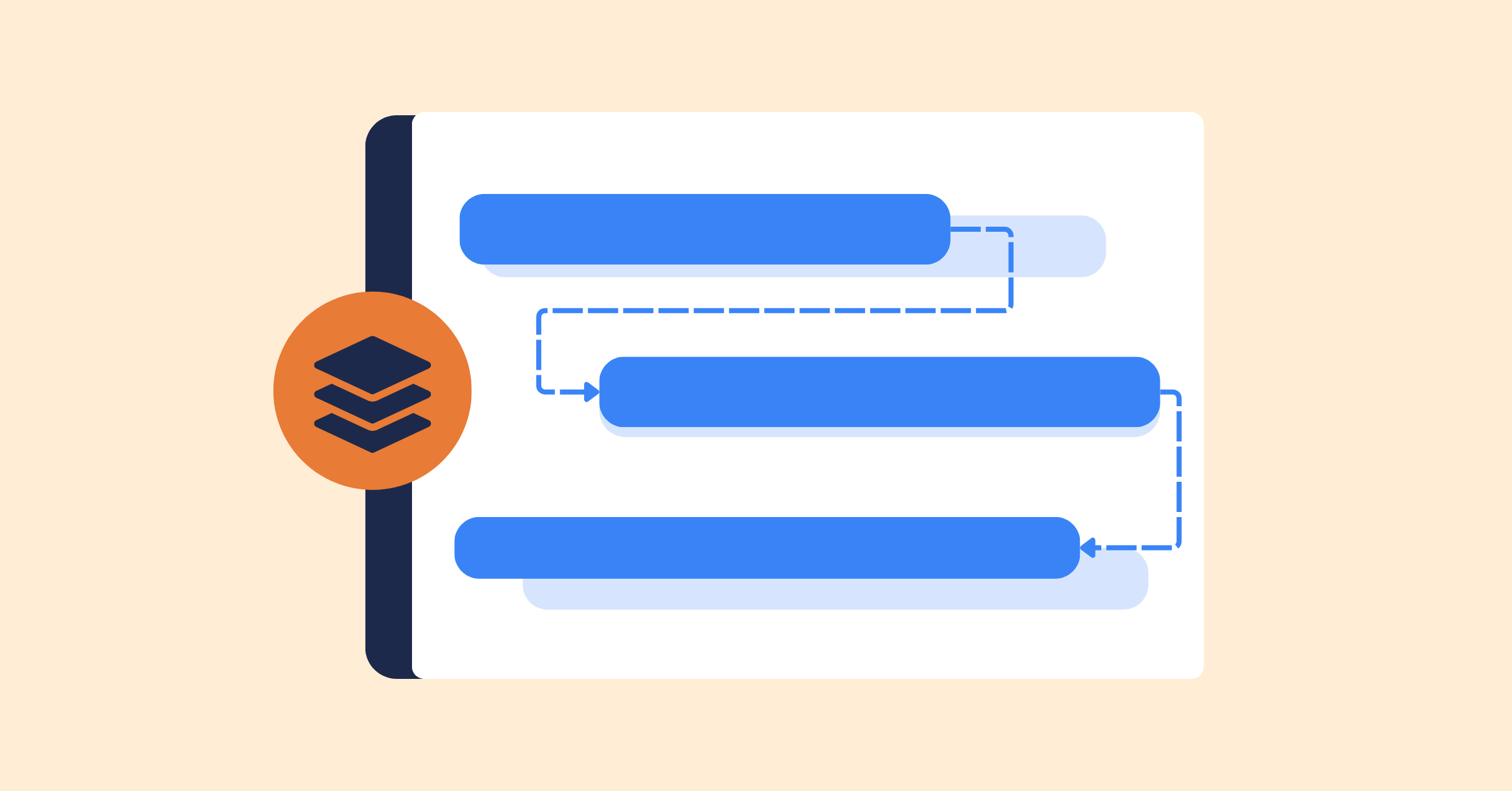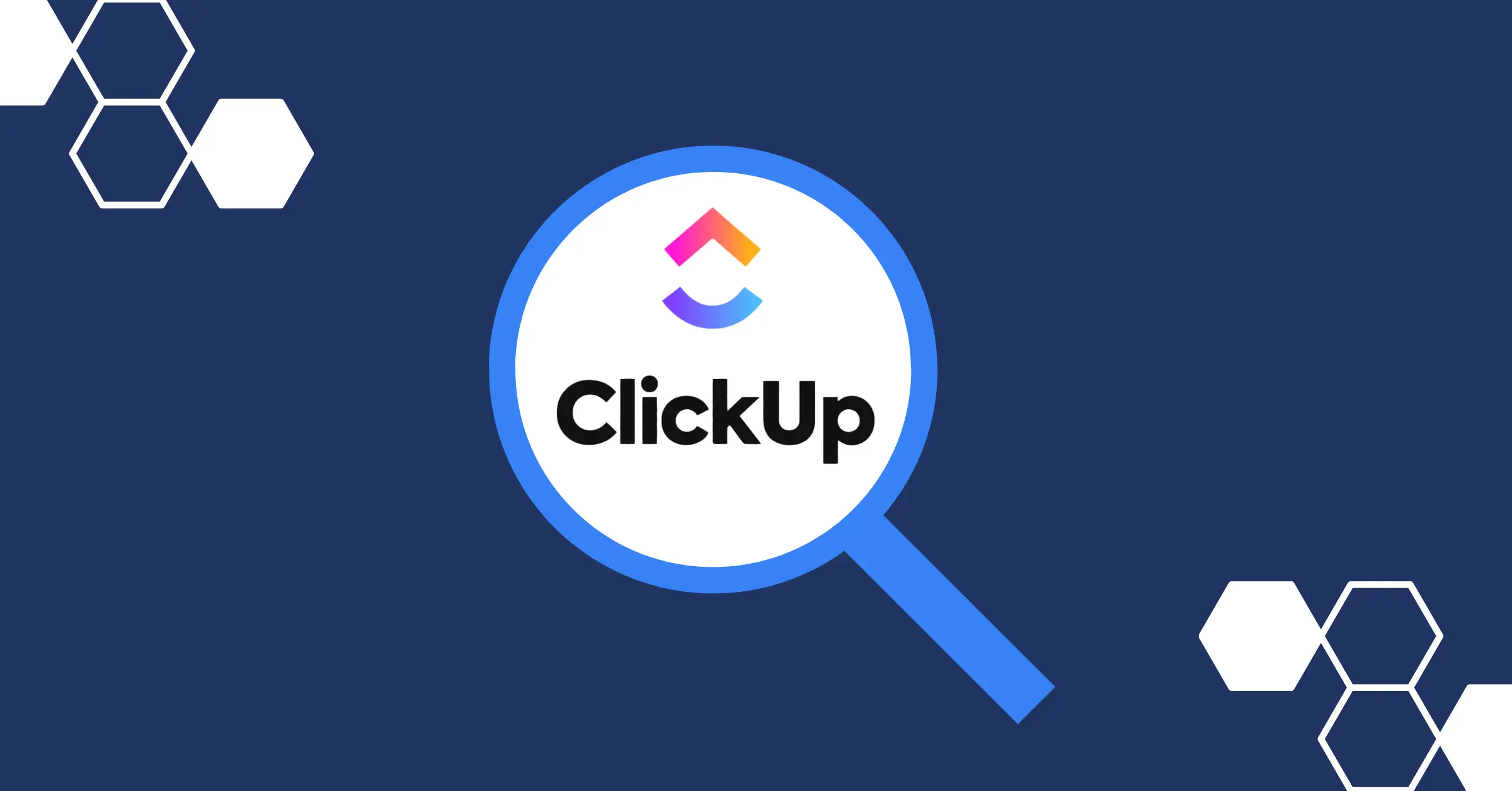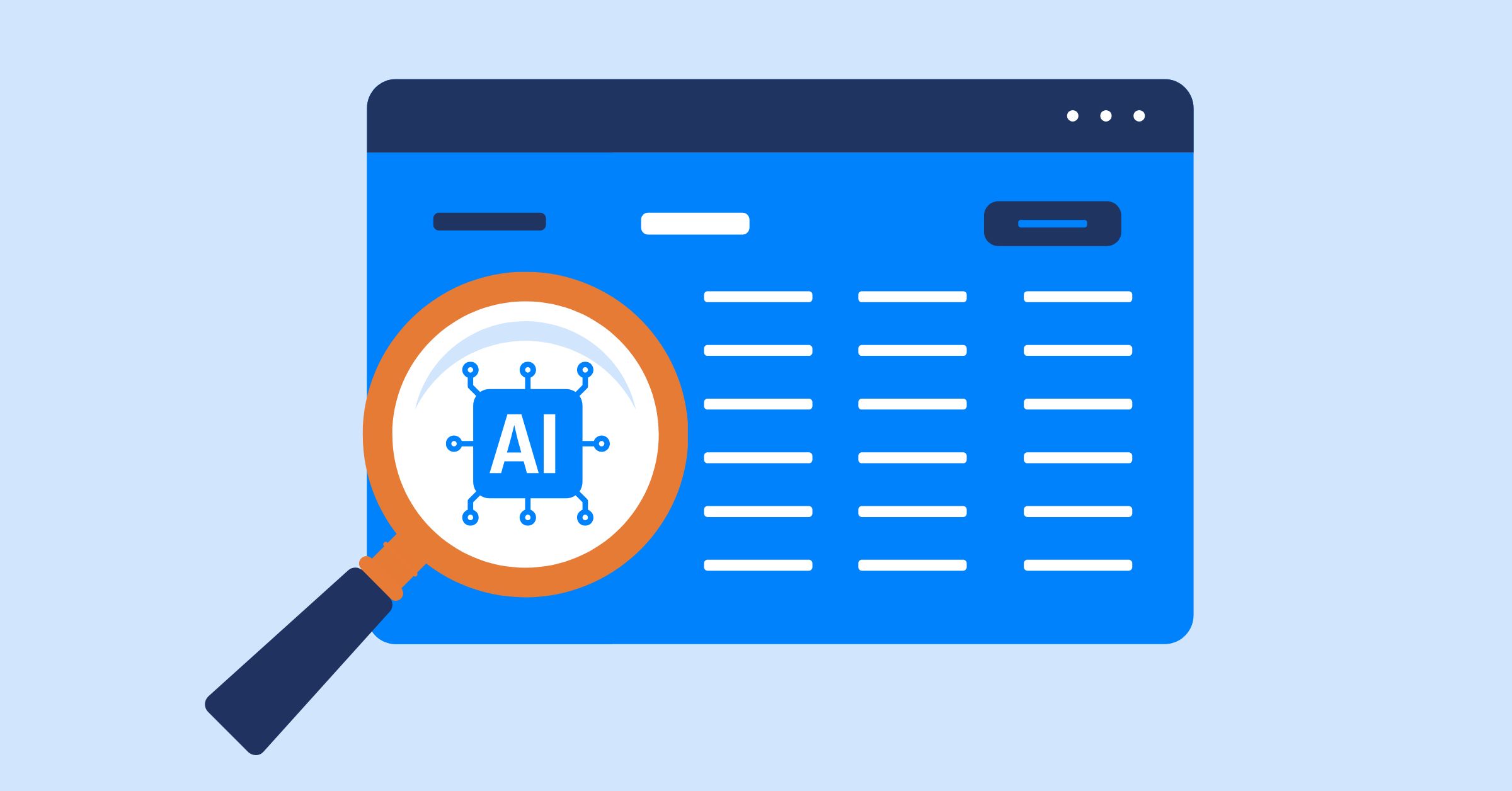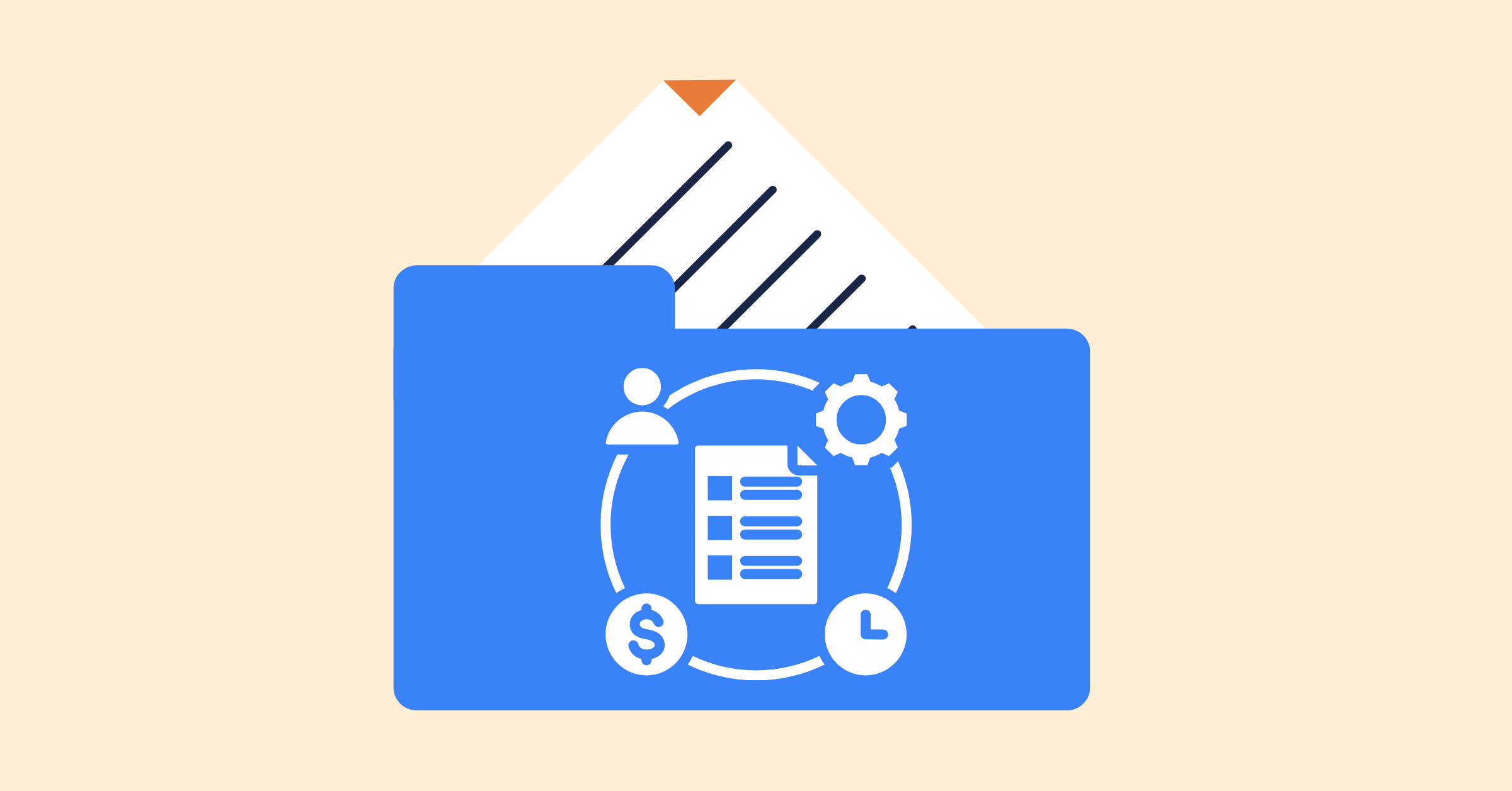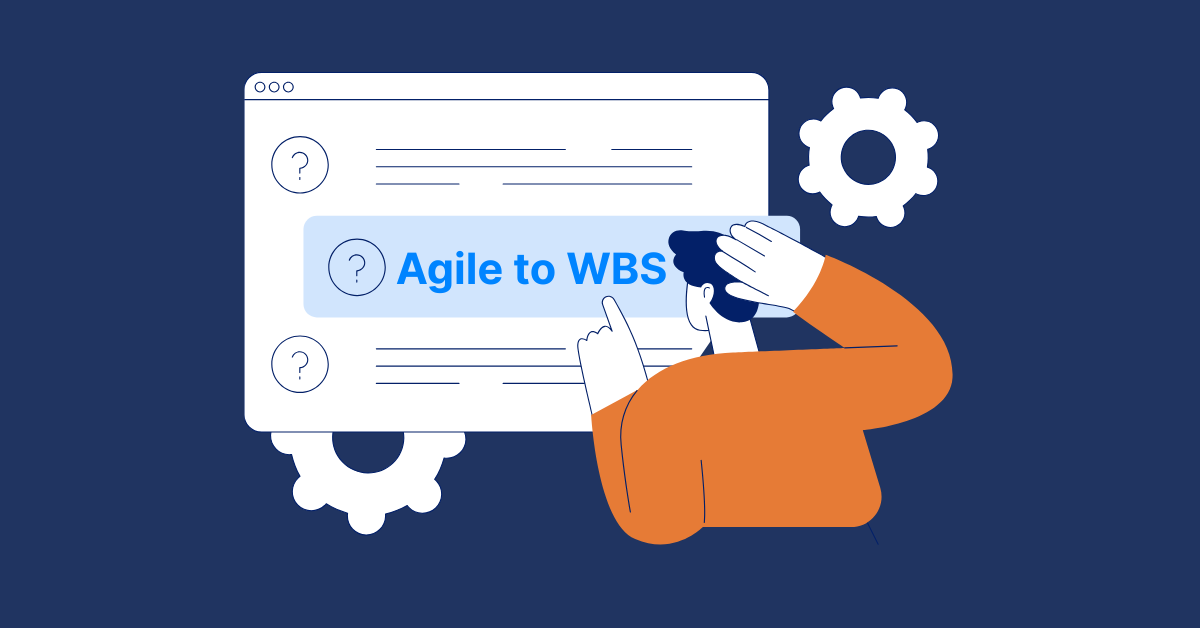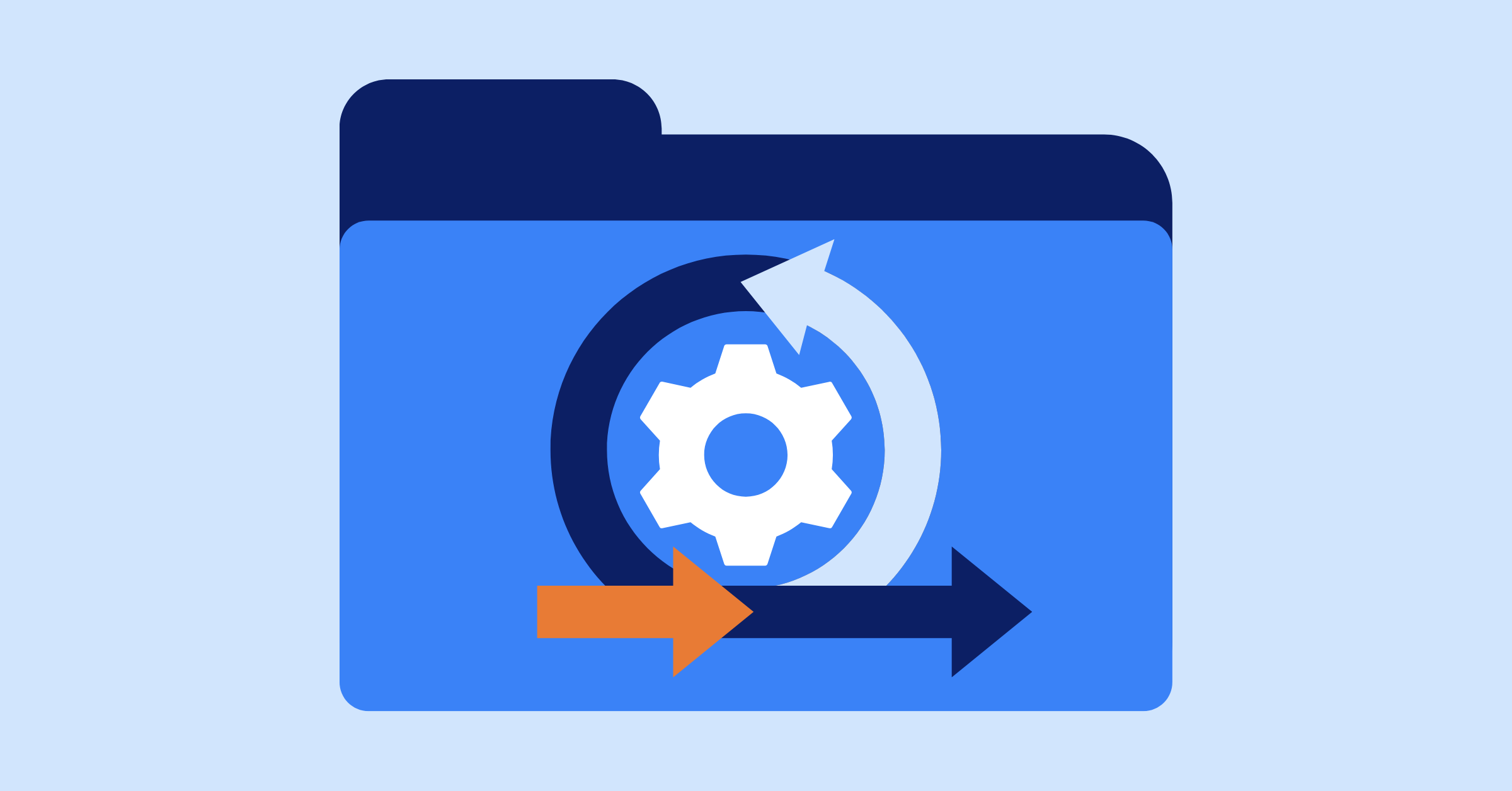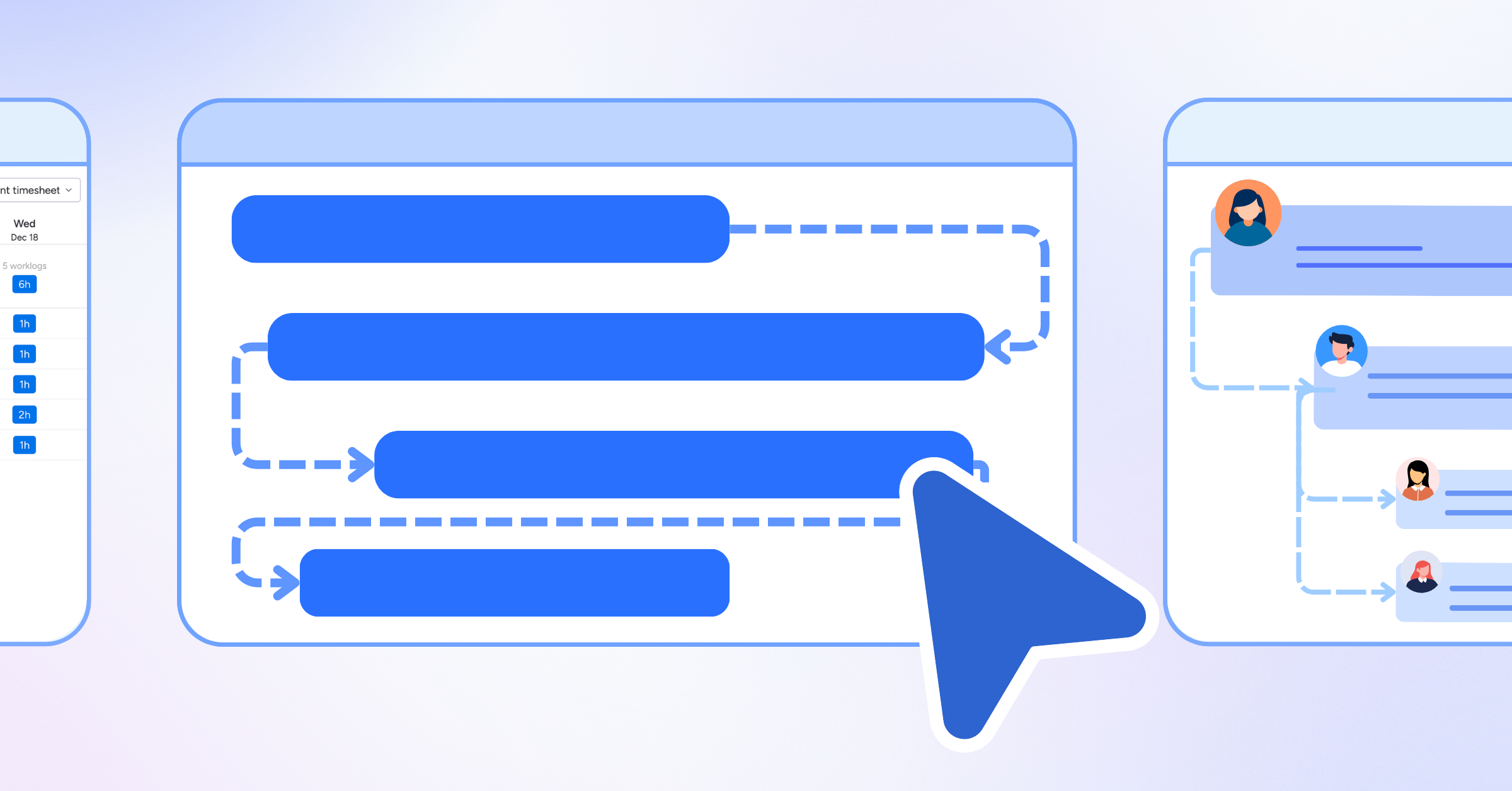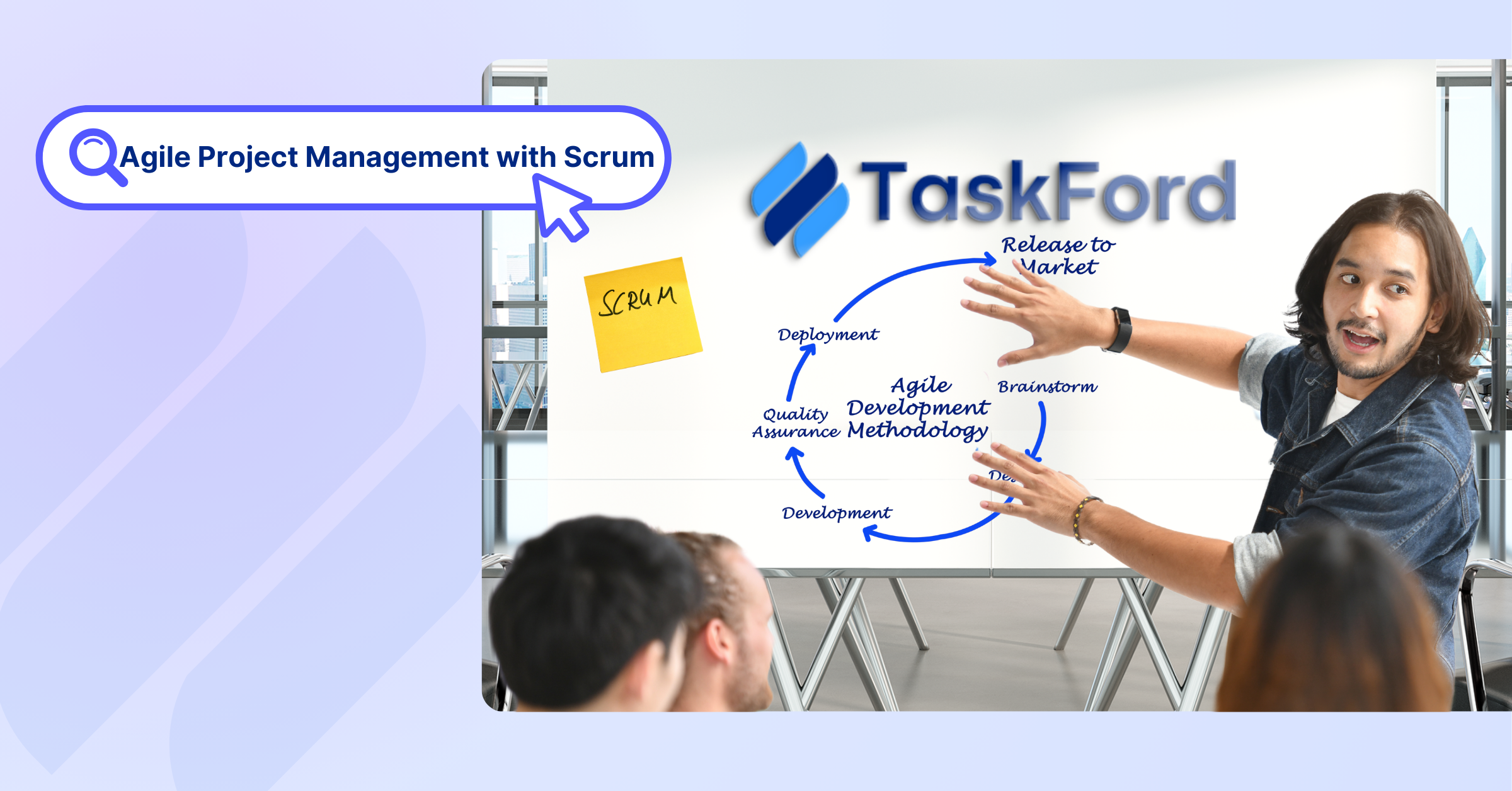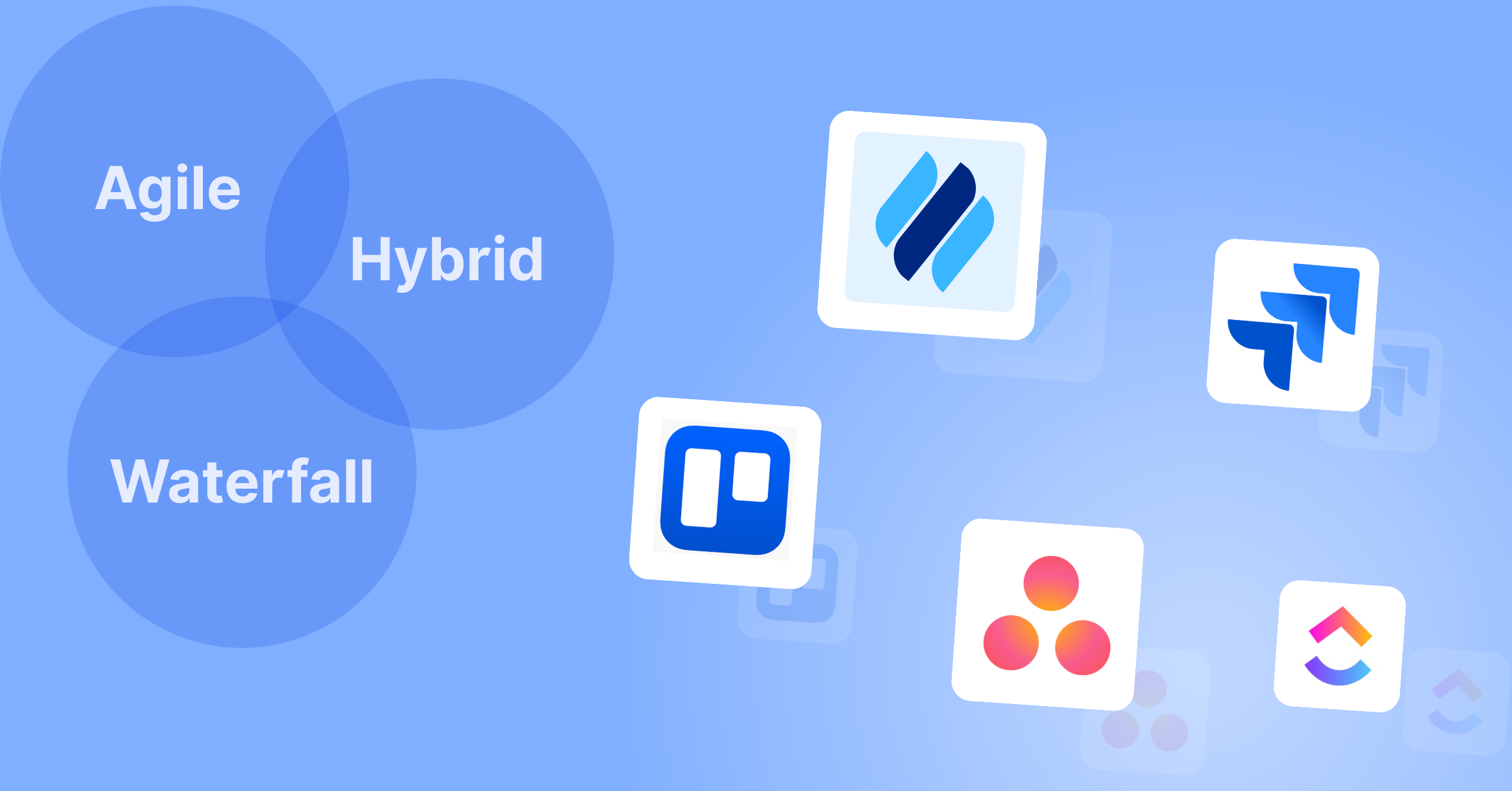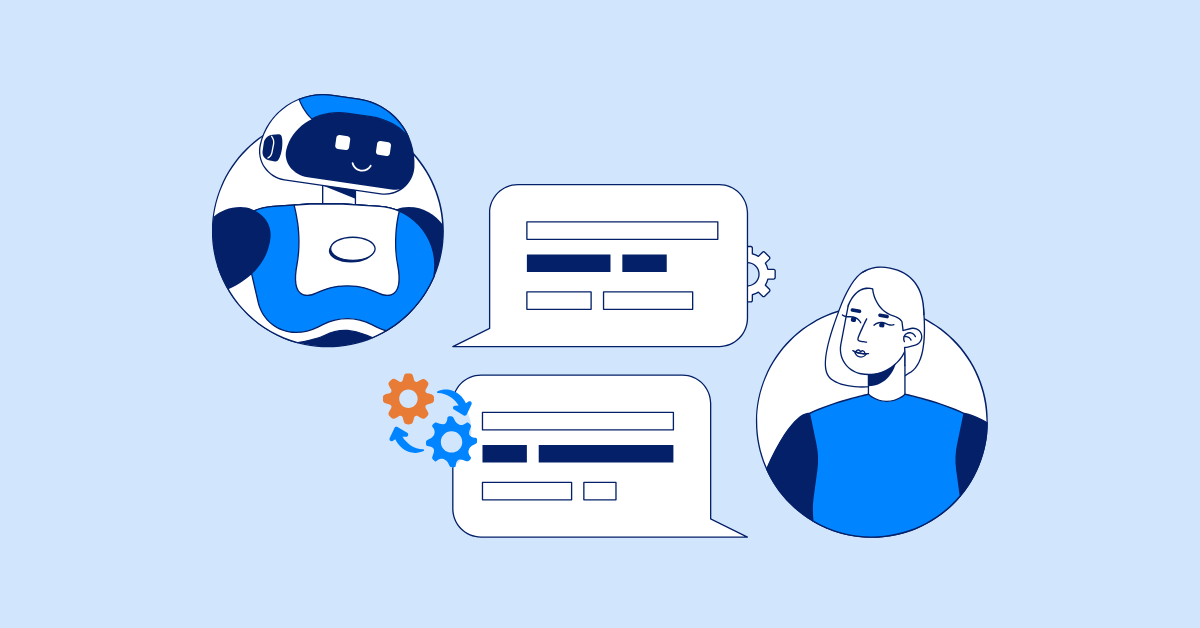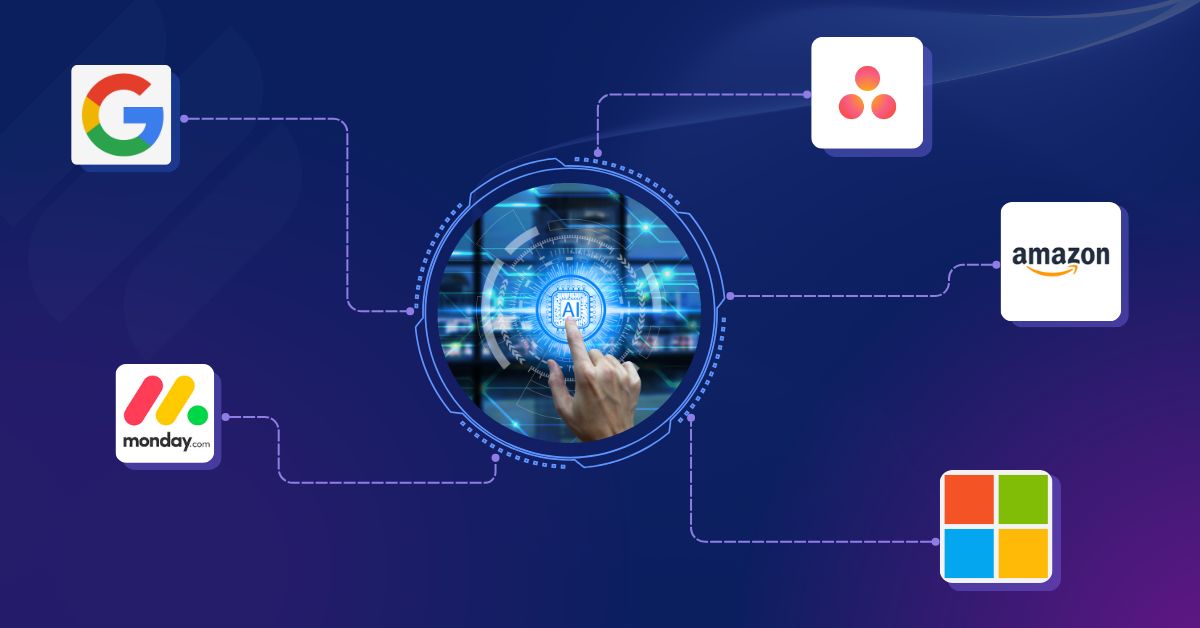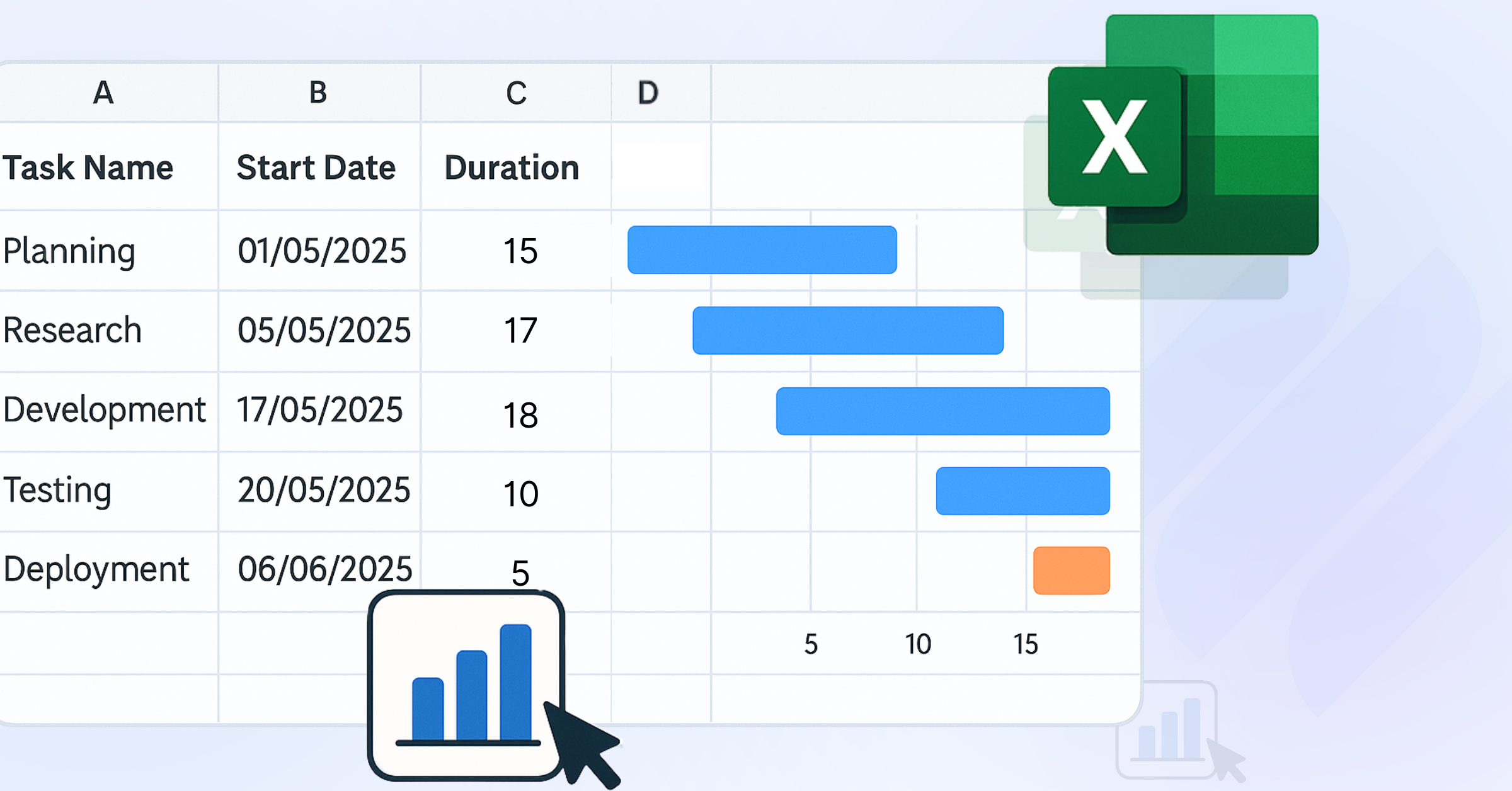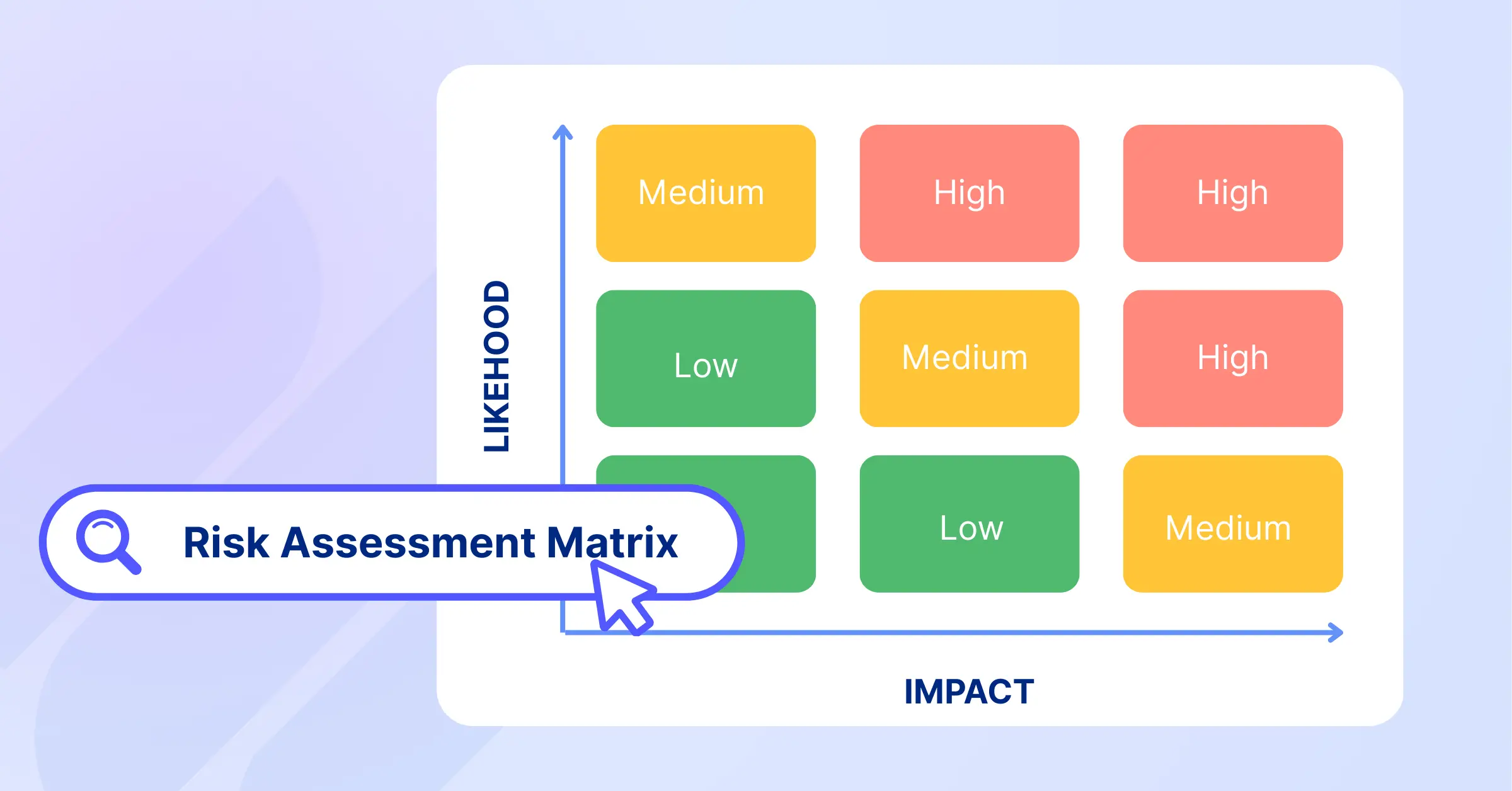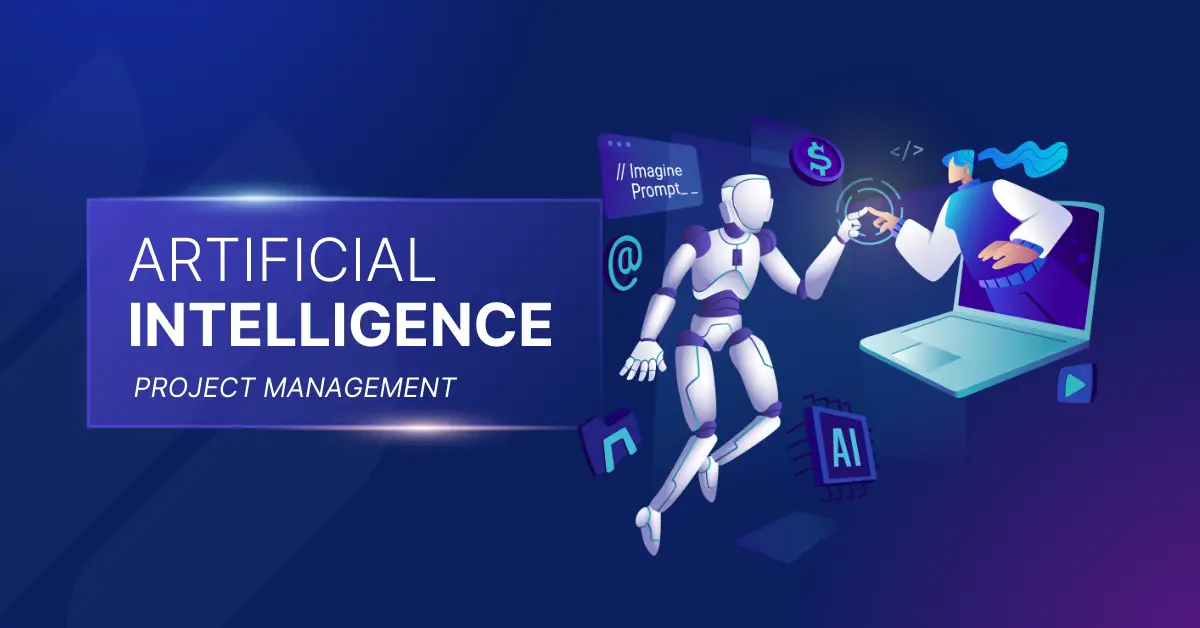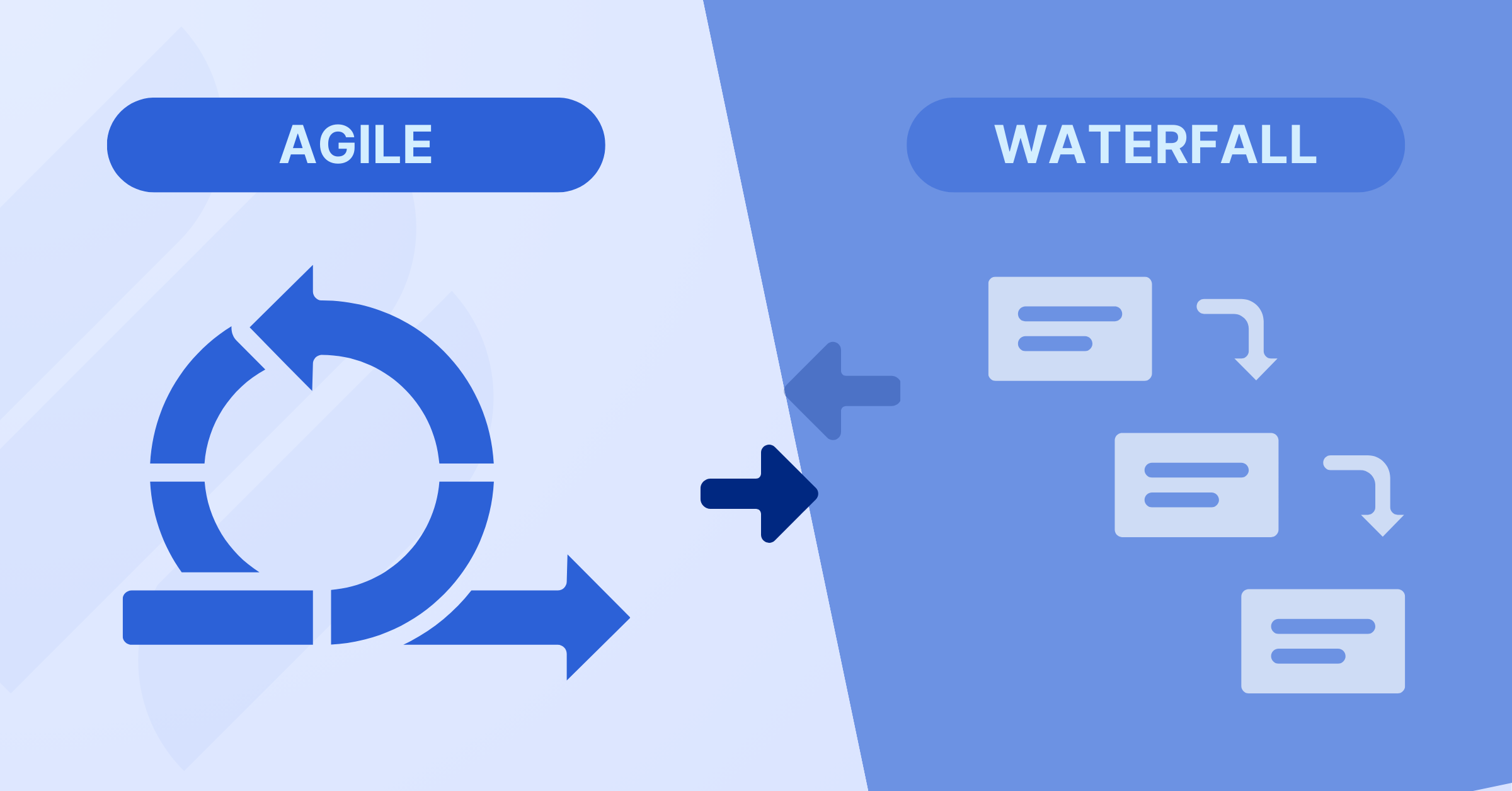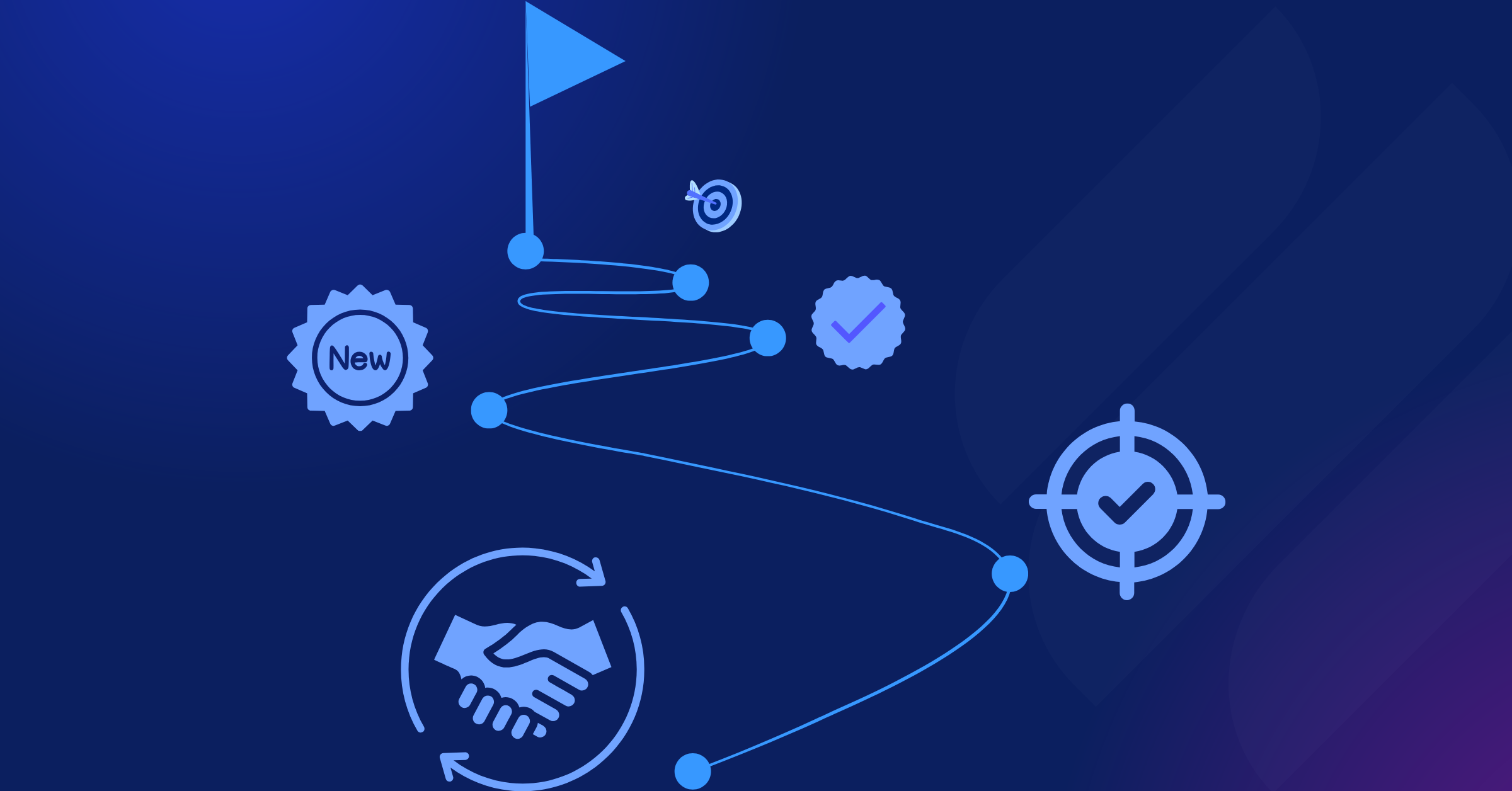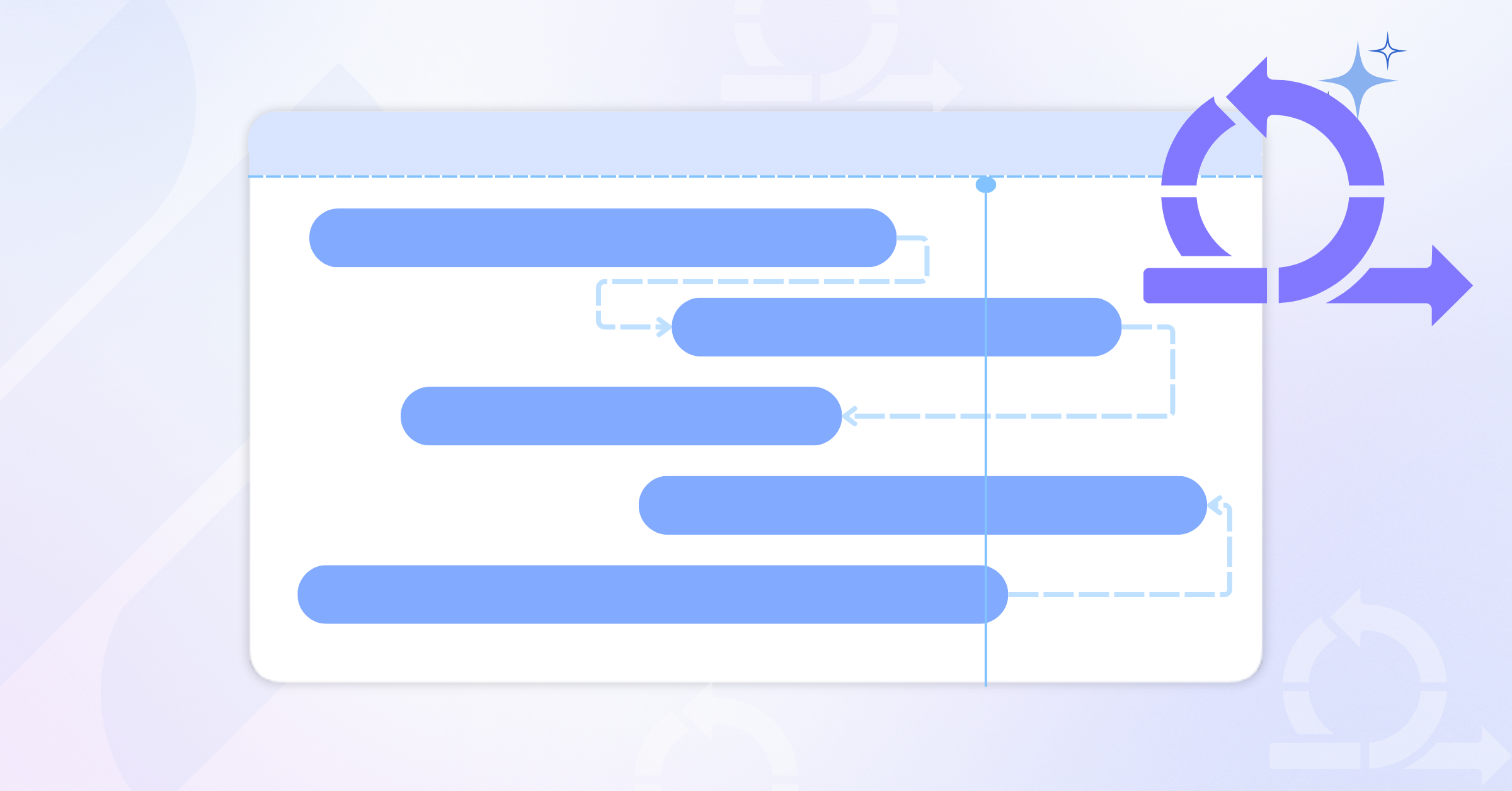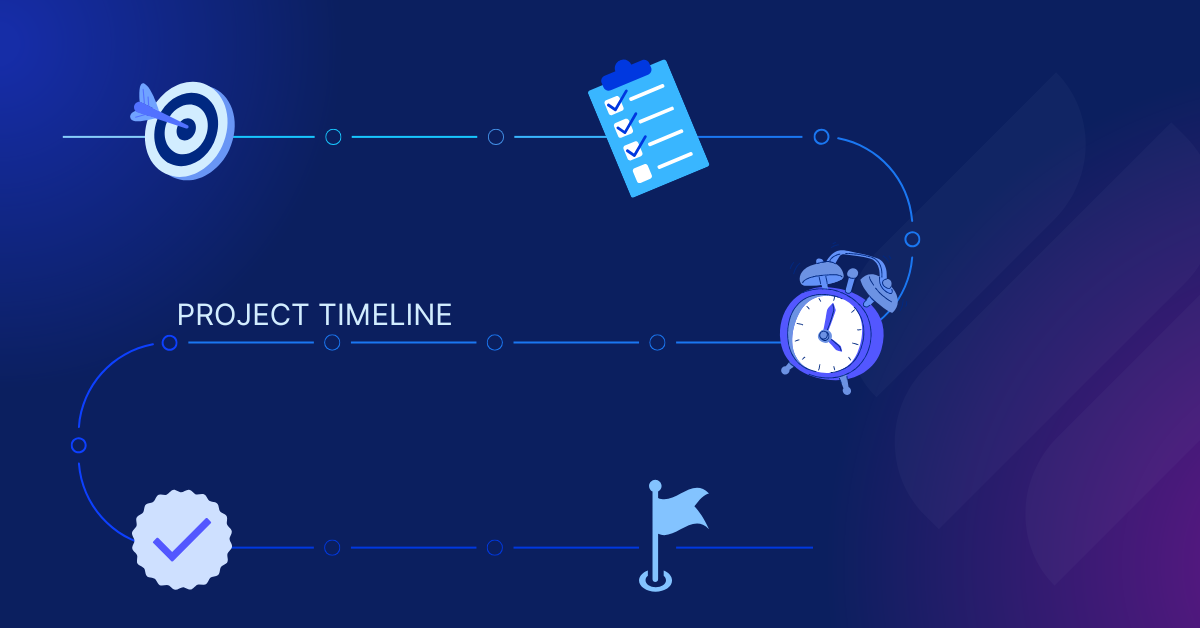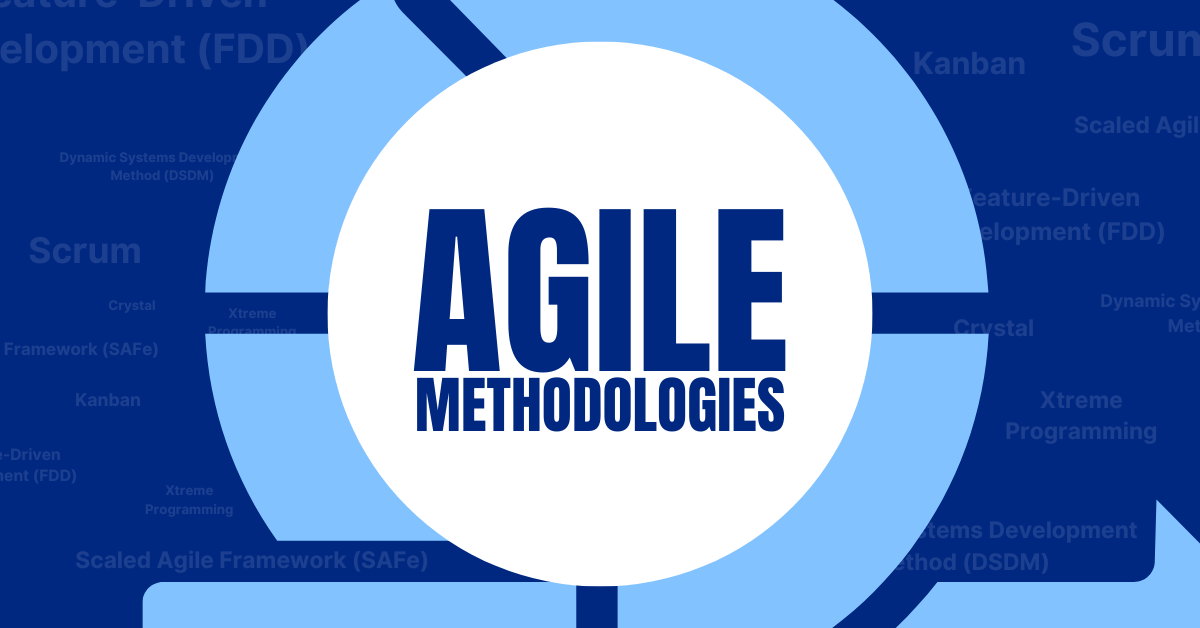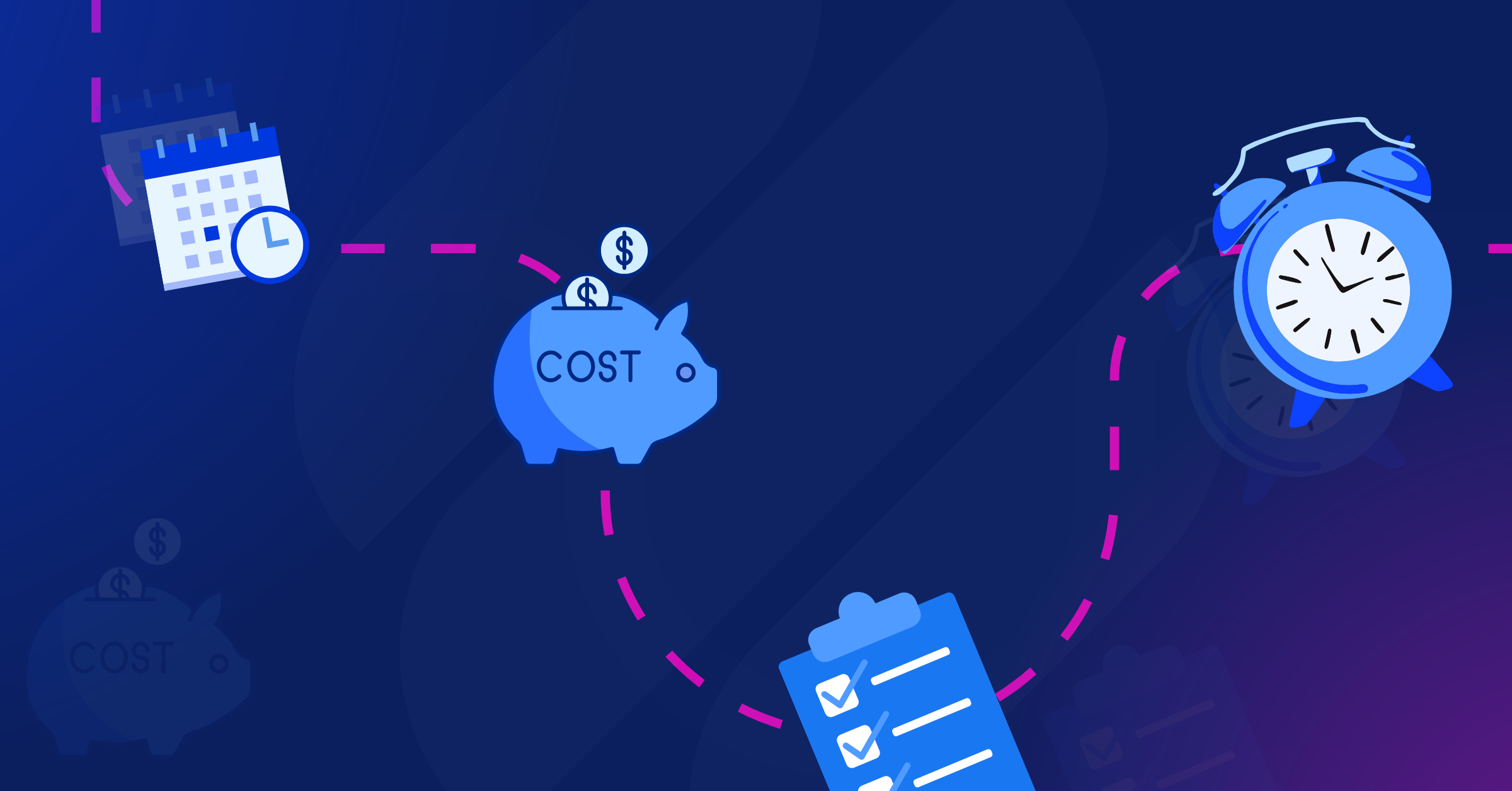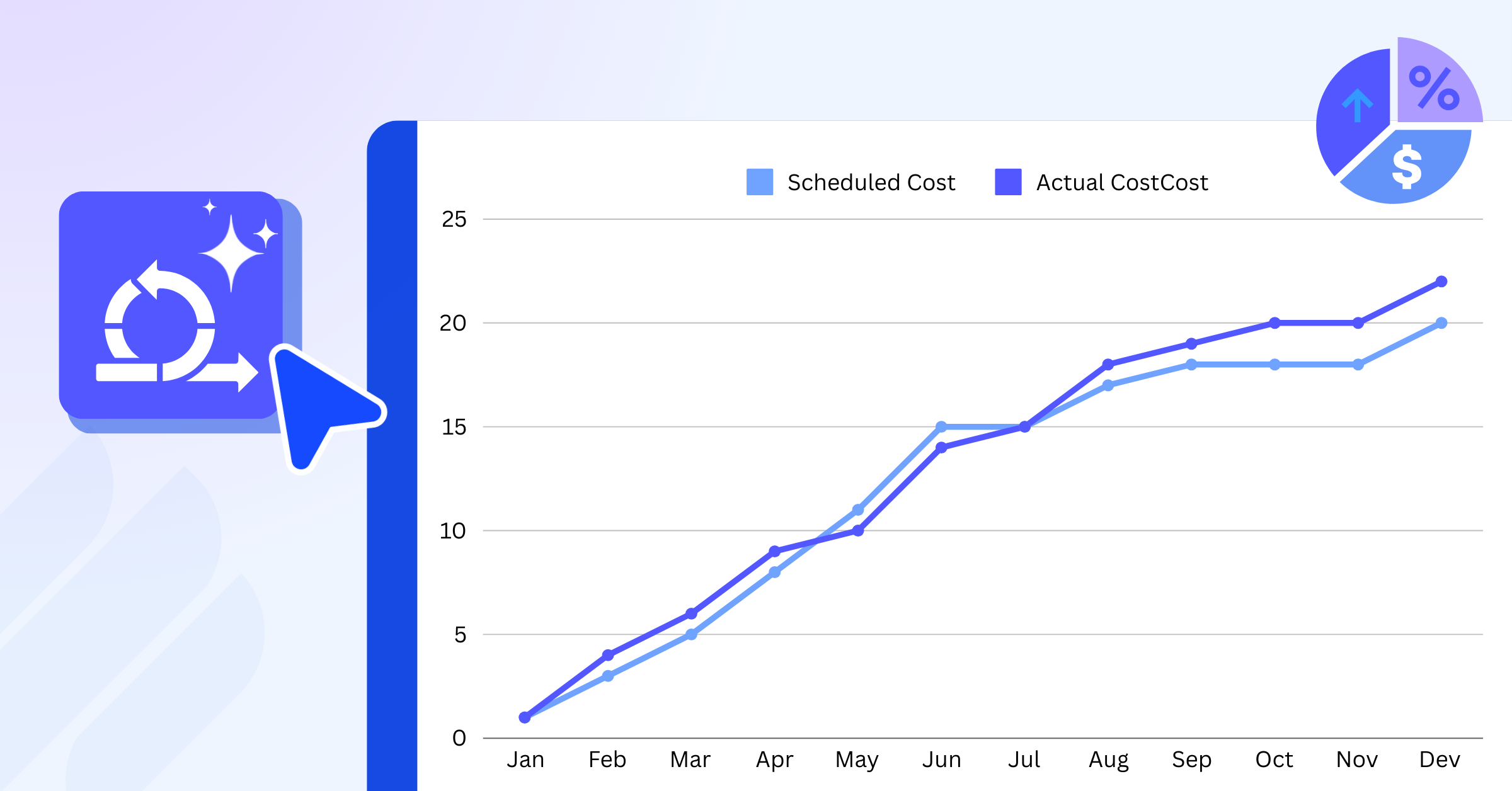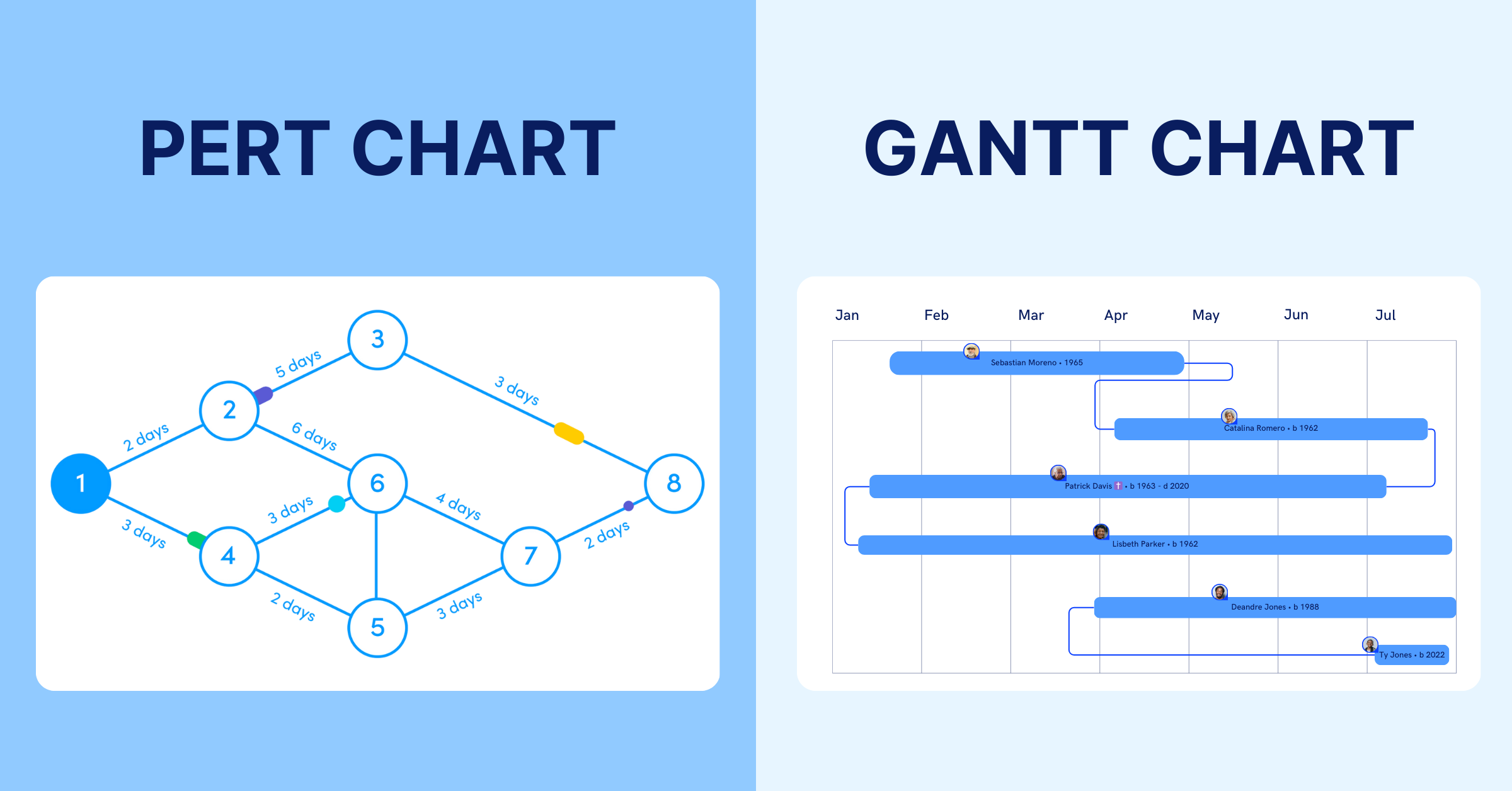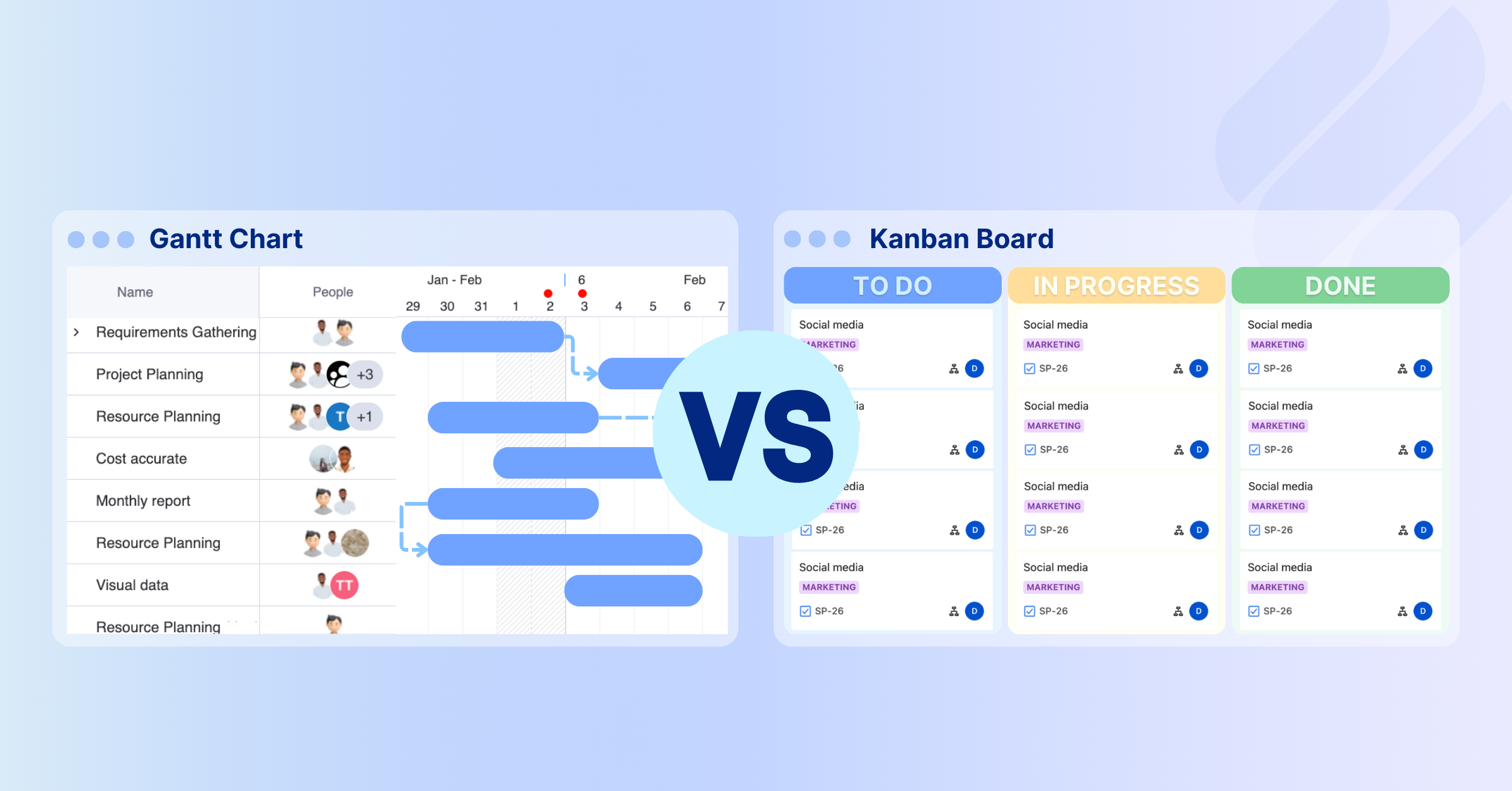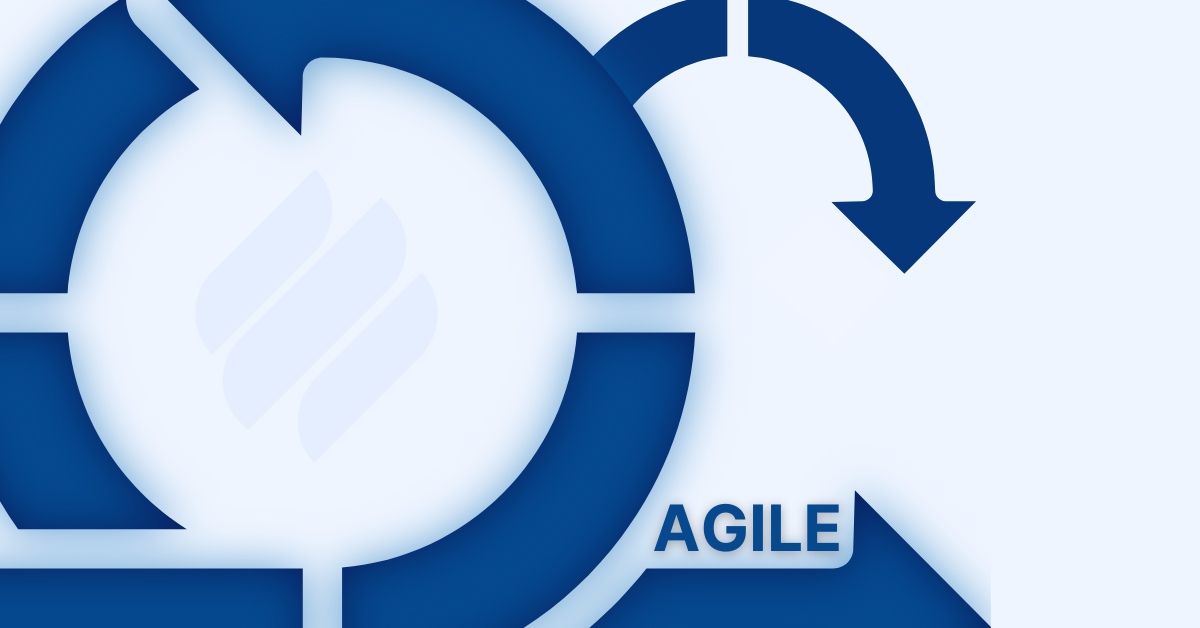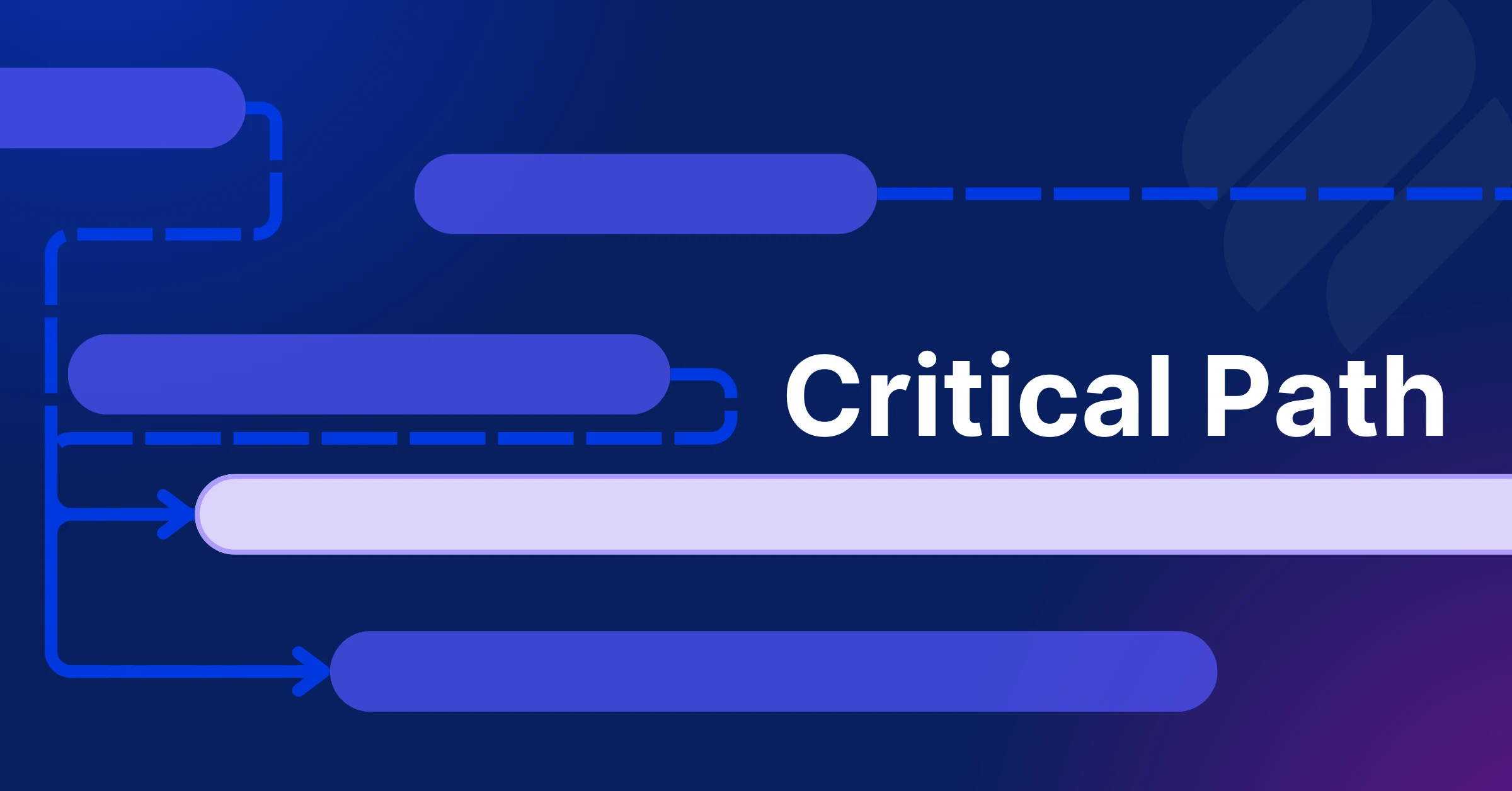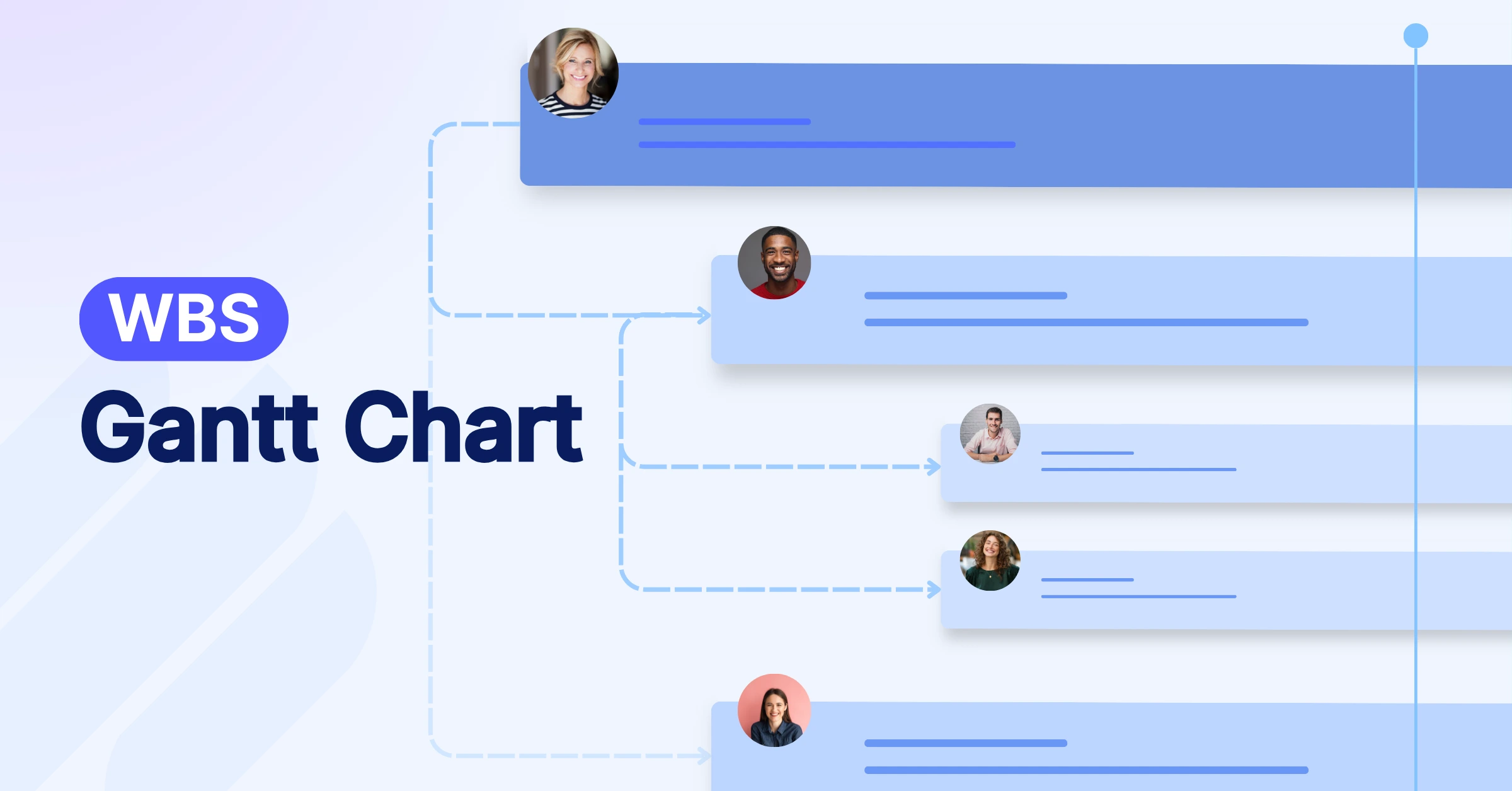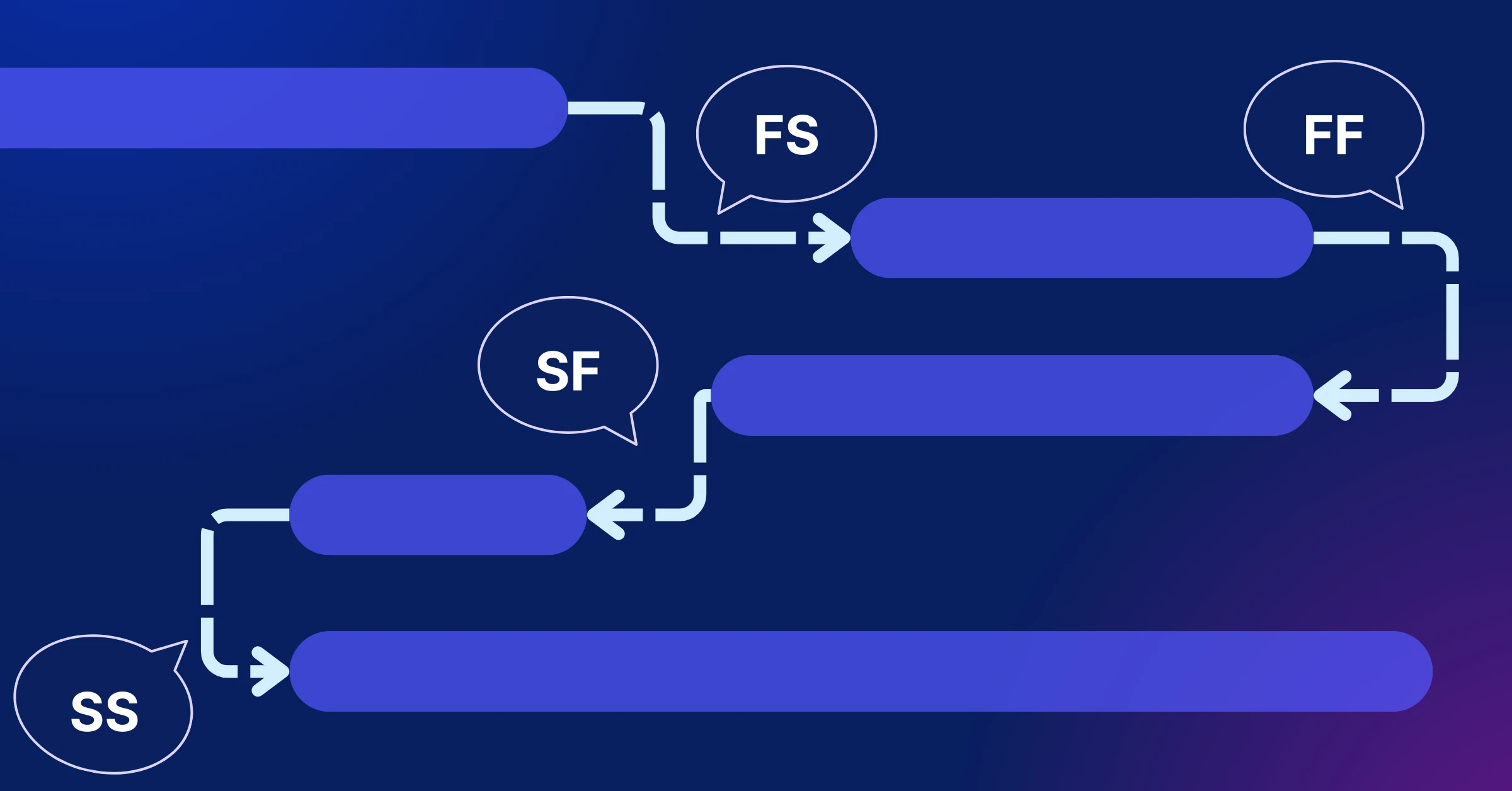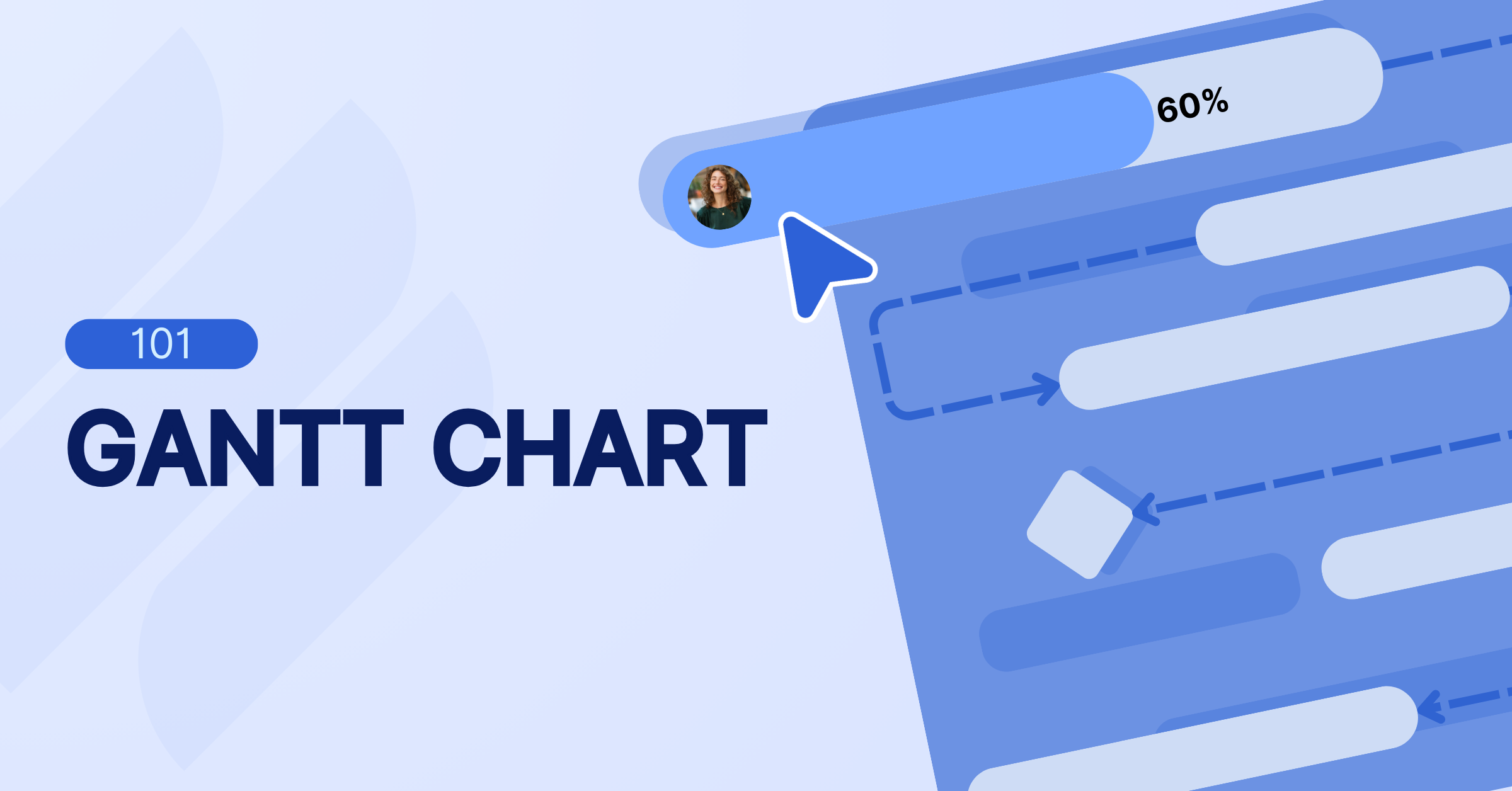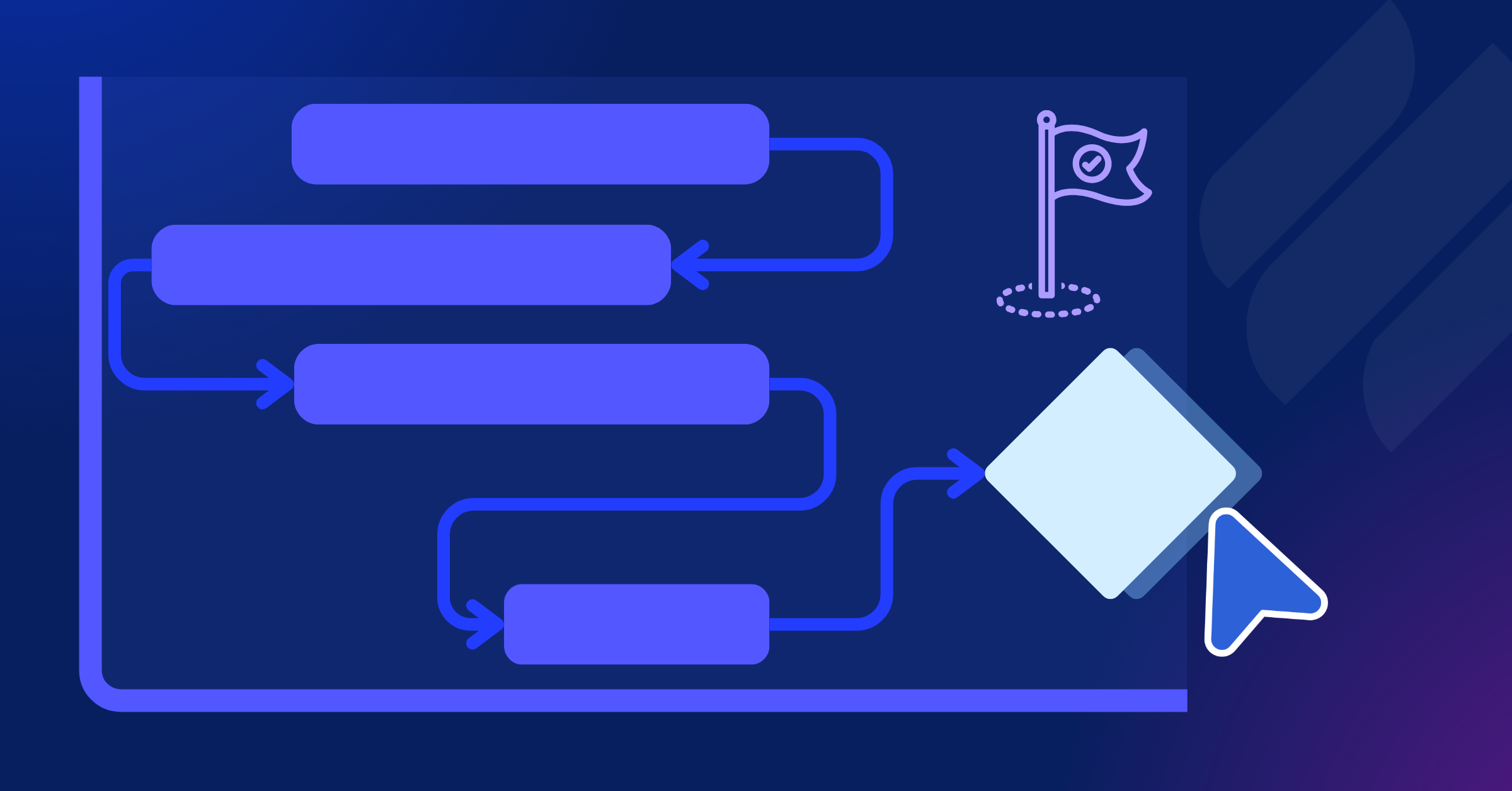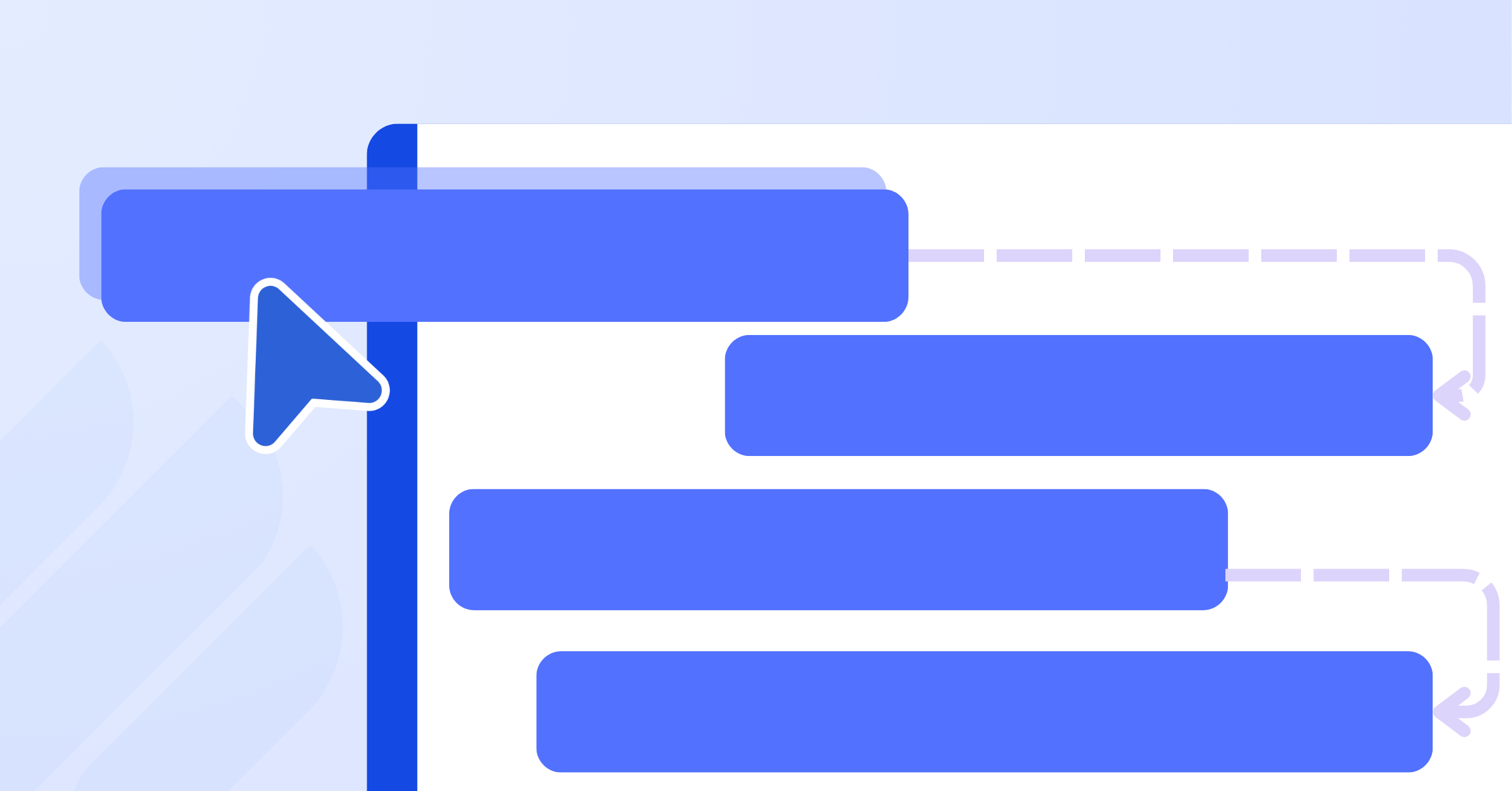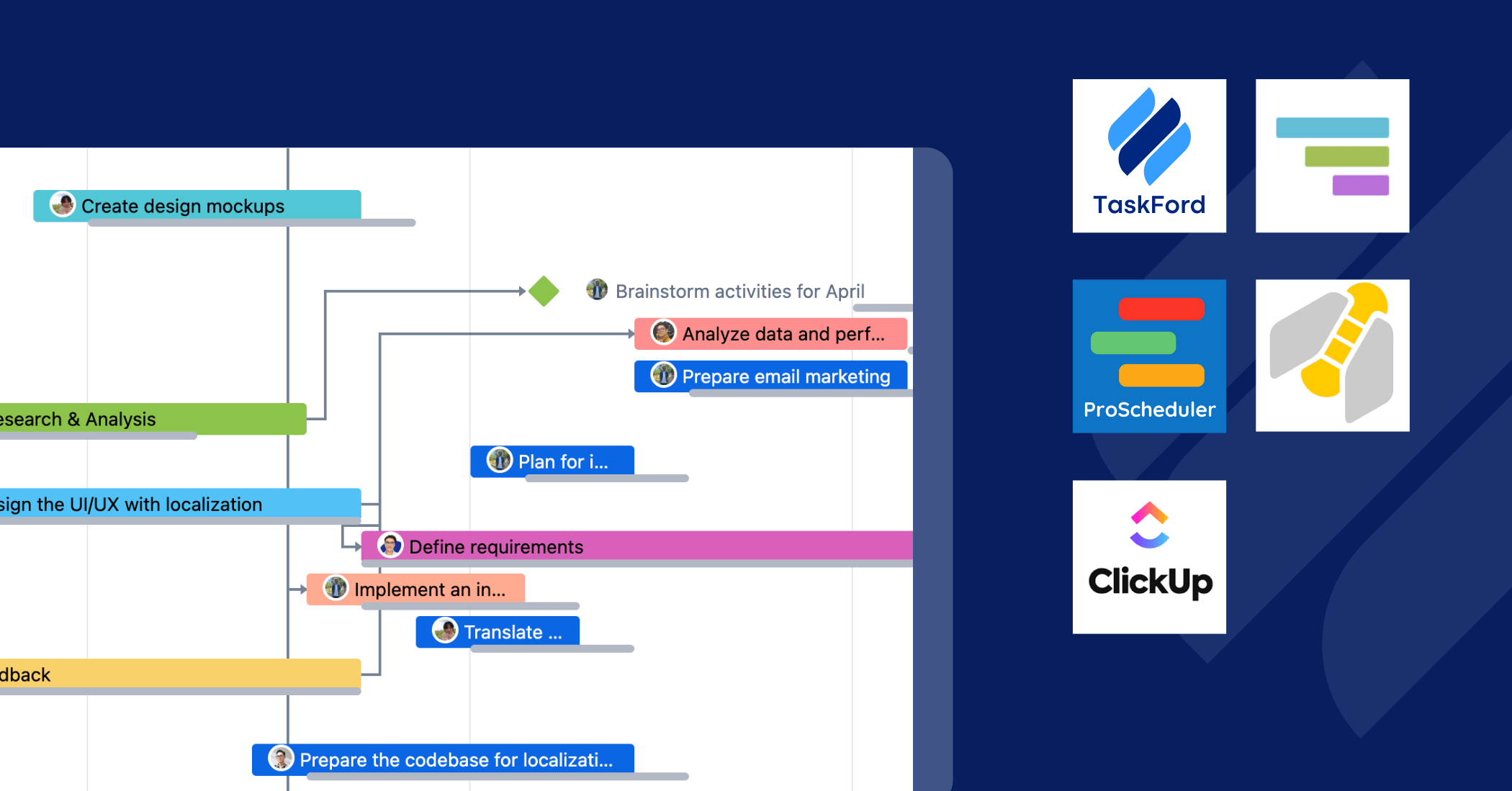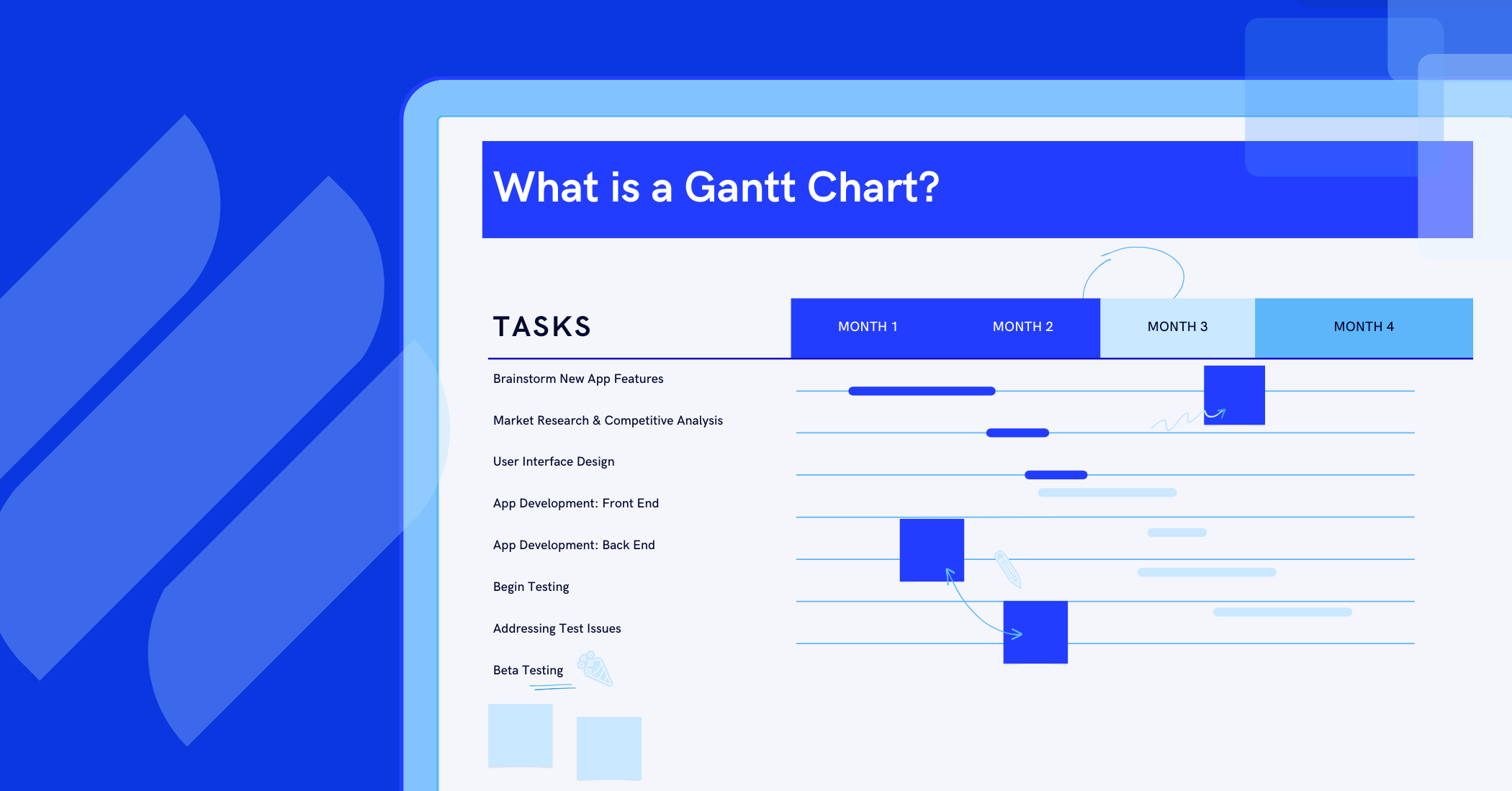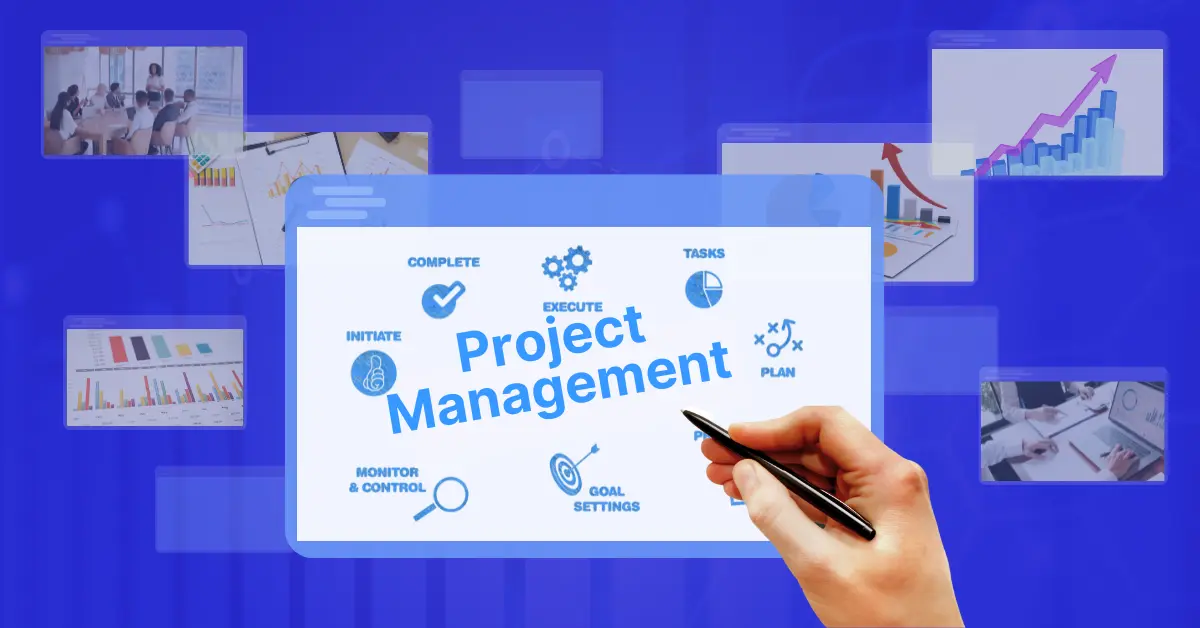The Power of Hybrid Methodology: When Agile Meets Waterfall
Discover how hybrid methodology blends Agile’s flexibility with Waterfall’s structure to revolutionize project management.
Project management drives success in industries ranging from technology to construction, ensuring goals are met on time and within budget. Among the many project management approaches, hybrid methodology has gained traction for its ability to combine the structured clarity of Waterfall with the adaptable, iterative nature of Agile. This fusion creates a versatile framework that tackles diverse project demands.
In this comprehensive guide, we’ll explore Agile, Waterfall, and hybrid methodologies, when to use them, their benefits, challenges, real-world applications, and more.
Understanding Agile Methodology
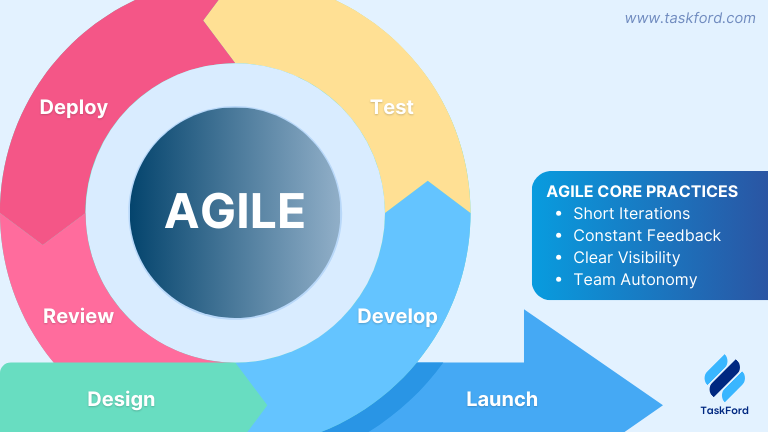
Agile project management is a dynamic that emphasizes flexibility, collaboration, and iterative progress. Projects are broken into short cycles called sprints, typically lasting two to four weeks, each delivering a functional component. This allows teams to adapt to changing requirements, incorporate stakeholder feedback, and deliver value incrementally. Key features include:
- Iterative Delivery: Produce small, usable outputs regularly.
- Team Collaboration: Daily stand-ups foster alignment and quick problem-solving.
- Adaptability: Adjust plans based on new insights or priorities.
Agile is ideal for fast-paced environments like software development but may lack the structure needed for projects with strict regulations or fixed deliverables.
Understanding Waterfall Methodology
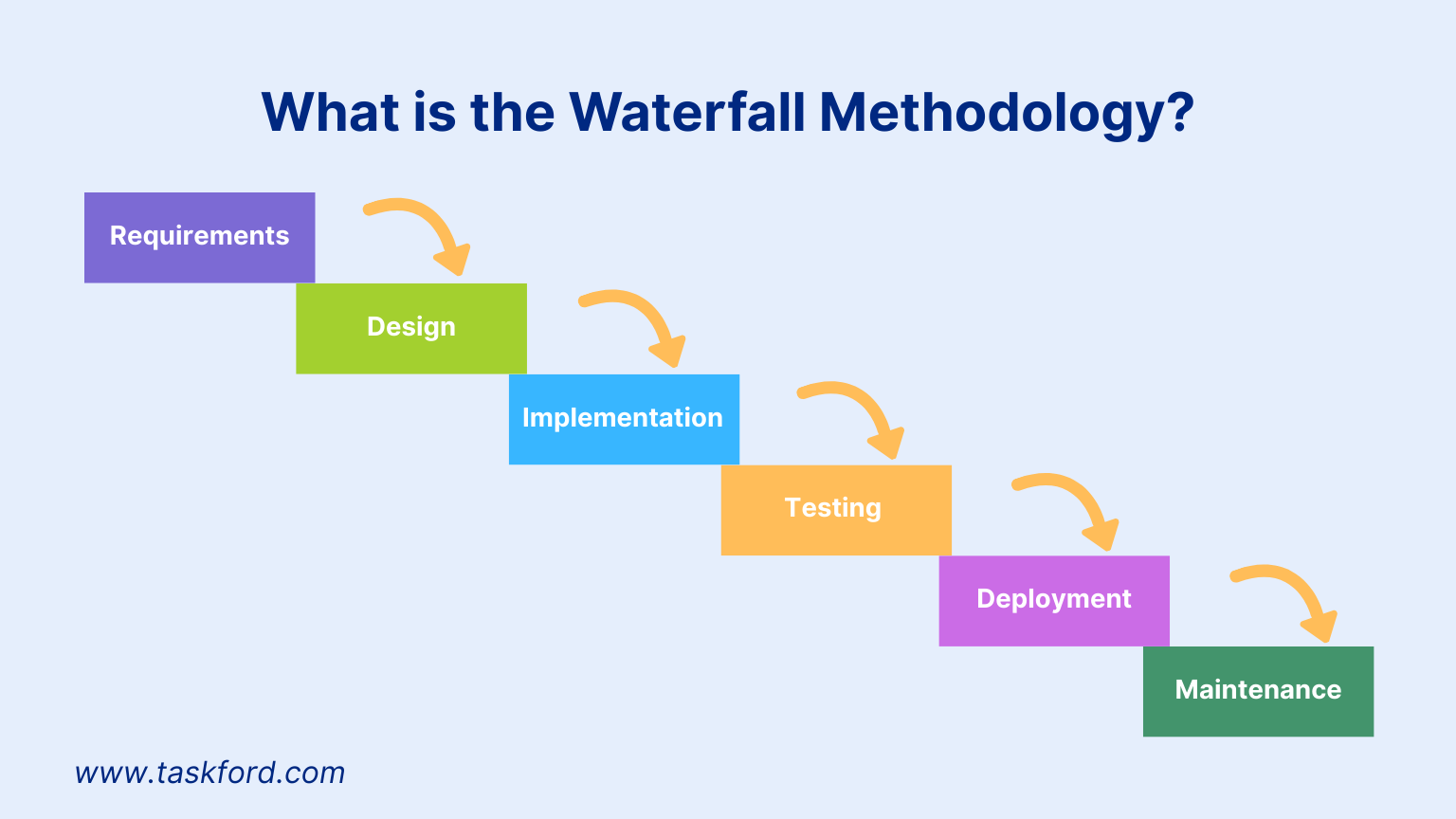
Waterfall is a linear, sequential project management approach. It divides projects into distinct phases. Each phase is completed before the next begins. With detailed upfront planning and clear milestones, Waterfall ensures predictability and accountability. Its core traits are:
- Structured Phases: Each stage has defined goals and deliverables.
- Comprehensive Documentation: Detailed records ensure clarity and compliance.
- Fixed Scope: Changes are limited once the project starts.
Waterfall suits projects with stable requirements, such as construction or compliance-driven initiatives, but its rigidity can hinder adaptability.
(Learn more: Agile Project Management vs Waterfall)
What is Hybrid Methodology?
Hybrid methodology blends Agile and Waterfall to create a tailored project management framework. It leverages Waterfall’s structured planning for phases like defining scope or securing regulatory approvals, while Agile’s iterative cycles handle development, testing, or refinement. This combination ensures control over critical elements while allowing responsiveness to change.
For example, a healthcare software project might use Waterfall to meet compliance standards and Agile to iterate on user-facing features based on feedback.
Benefits of Hybrid Methodology
Hybrid methodology delivers unique advantages for effective project management:
- Balanced Structure and Flexibility: Waterfall’s clear roadmap ensures disciplined planning, while Agile’s iterative cycles allow adjustments, meeting both fixed and dynamic needs.
- Enhanced Risk Management: Waterfall’s upfront risk identification pairs with Agile’s continuous testing, catching issues early and minimizing costly setbacks.
- Improved Stakeholder Engagement: Agile’s frequent feedback loops keep stakeholders involved, while Waterfall’s milestones provide transparent progress updates, fostering trust.
- Efficient Resource Allocation: Waterfall optimizes resources upfront, while Agile adjusts allocations based on real-time demands, reducing waste.
- Industry Versatility: From software to construction, hybrid methodology adapts to diverse project types, making it highly scalable.
Challenges of Hybrid Methodology
Hybrid methodology has hurdles that require careful management:
- Balancing Approaches: Switching between Waterfall’s structure and Agile’s flexibility can confuse teams. Clear phase definitions prevent misalignment.
- Team Training: Teams need proficiency in both methodologies, often requiring training to ensure smooth transitions.
- Stakeholder Buy-In: Stakeholders accustomed to traditional methods may resist the hybrid approach. Clear communication and updates build confidence.
- Integration Complexity: Merging methodologies demands planning to avoid conflicts, like Waterfall’s fixed scope clashing with Agile’s iterations.
Common Misconceptions About Hybrid Methodology
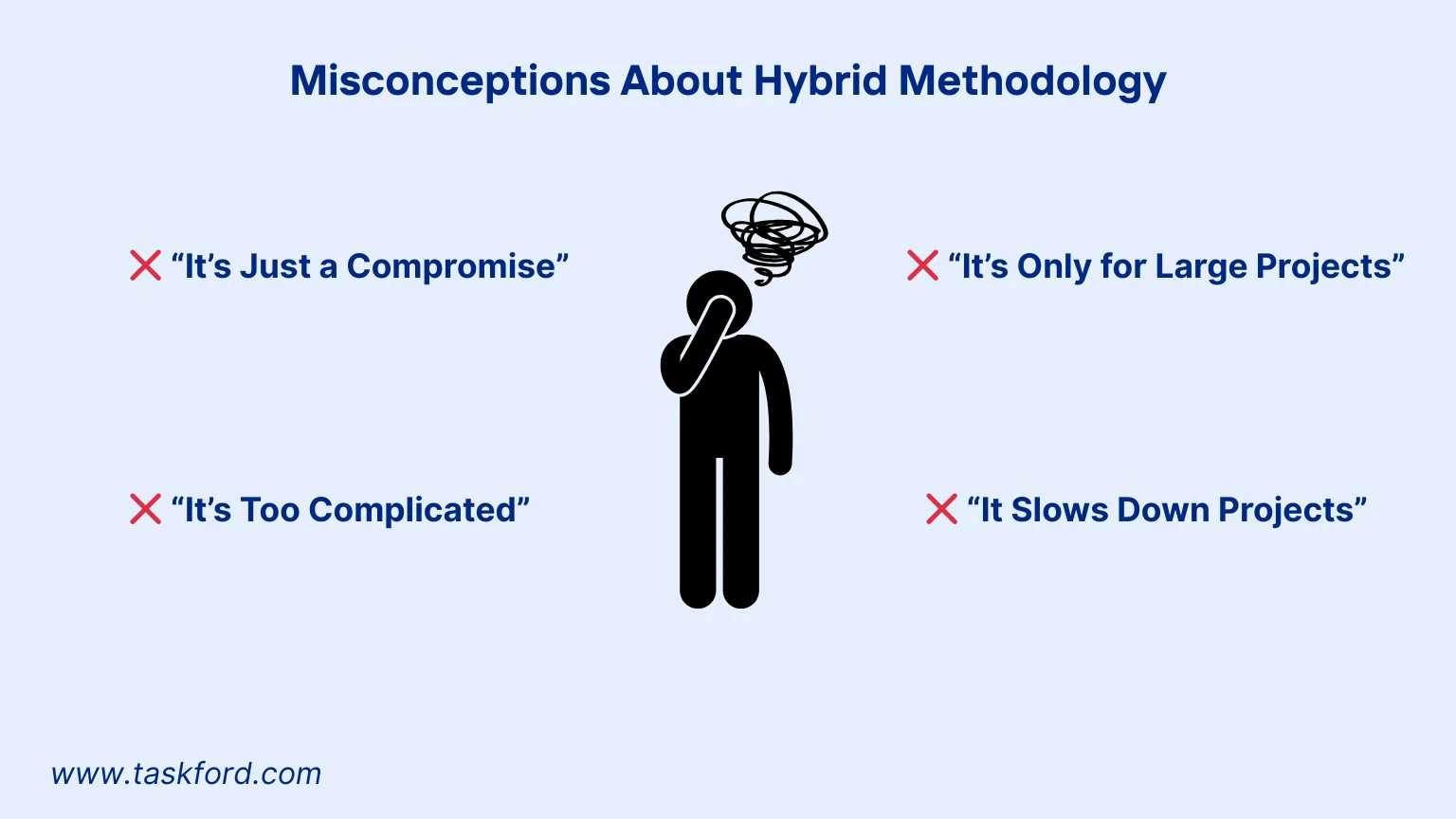
Understanding hybrid methodology means debunking myths that can hinder adoption:
- It’s Just a Compromise: Hybrid isn’t a watered-down version of Agile or Waterfall, it’s a strategic blend that leverages each methodology’s strengths for specific project phases.
- It’s Too Complicated: While integration requires planning, clear guidelines and tools simplify execution, making hybrid methodology accessible with proper preparation.
- It’s Only for Large Projects: Hybrid works for projects of all sizes, from small startups developing apps to large corporations managing infrastructure.
- It Slows Down Projects: When implemented correctly, hybrid methodology enhances efficiency by applying the right approach to each phase, avoiding delays from rigidity or lack of structure.
How to Implement Hybrid Methodology
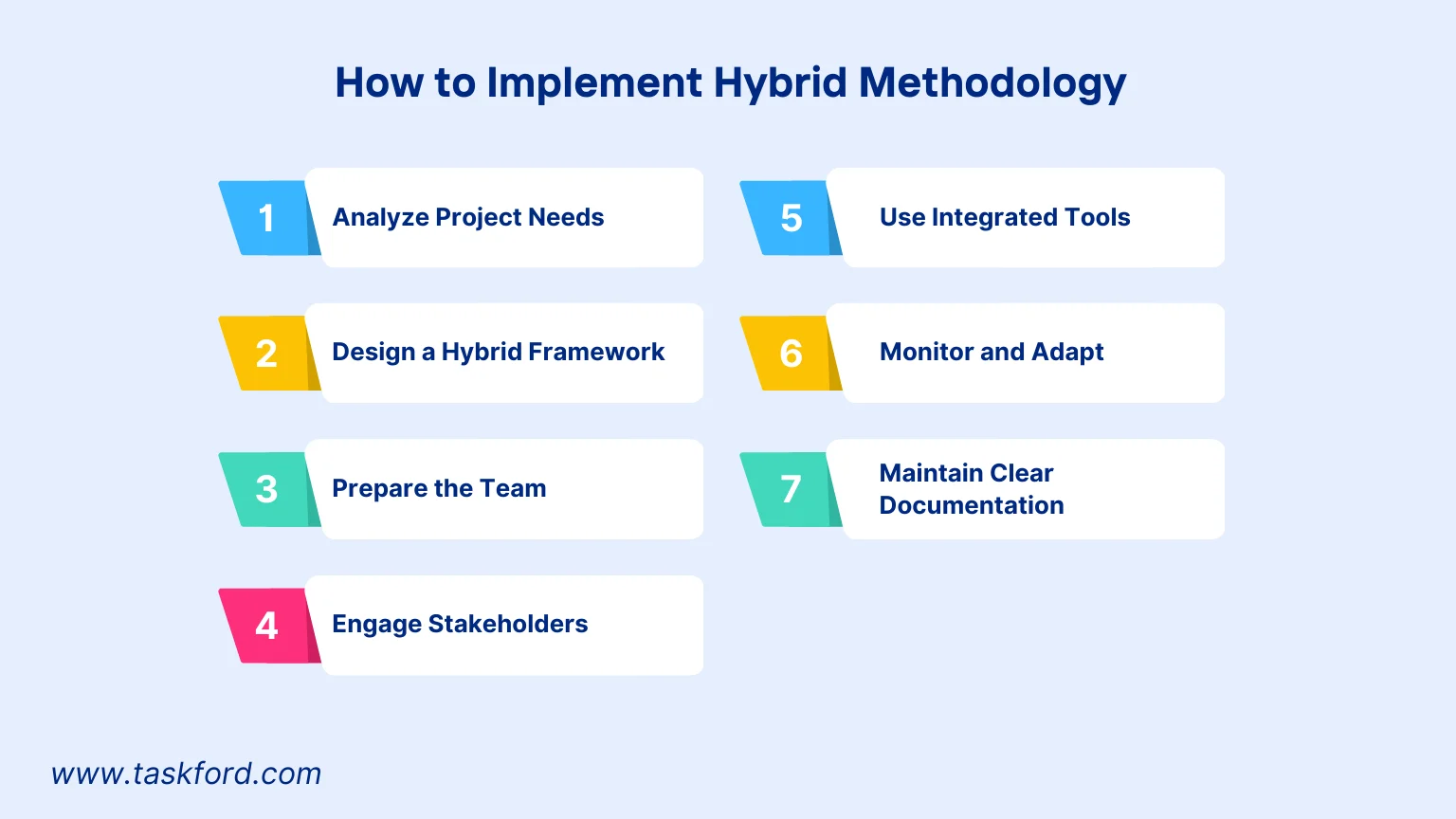
Implementing hybrid methodology requires a clear, strategic approach to balance structure and flexibility. Here’s a detailed, scannable guide to ensure success:
1. Analyze Project Needs
Assess the project’s goals, scope, and constraints. Identify phases needing Waterfall’s structure, like budgeting or compliance, and those benefiting from Agile’s flexibility, like development.
For example, a software project might use Waterfall for regulatory approvals and Agile for feature iteration.
2. Design a Hybrid Framework
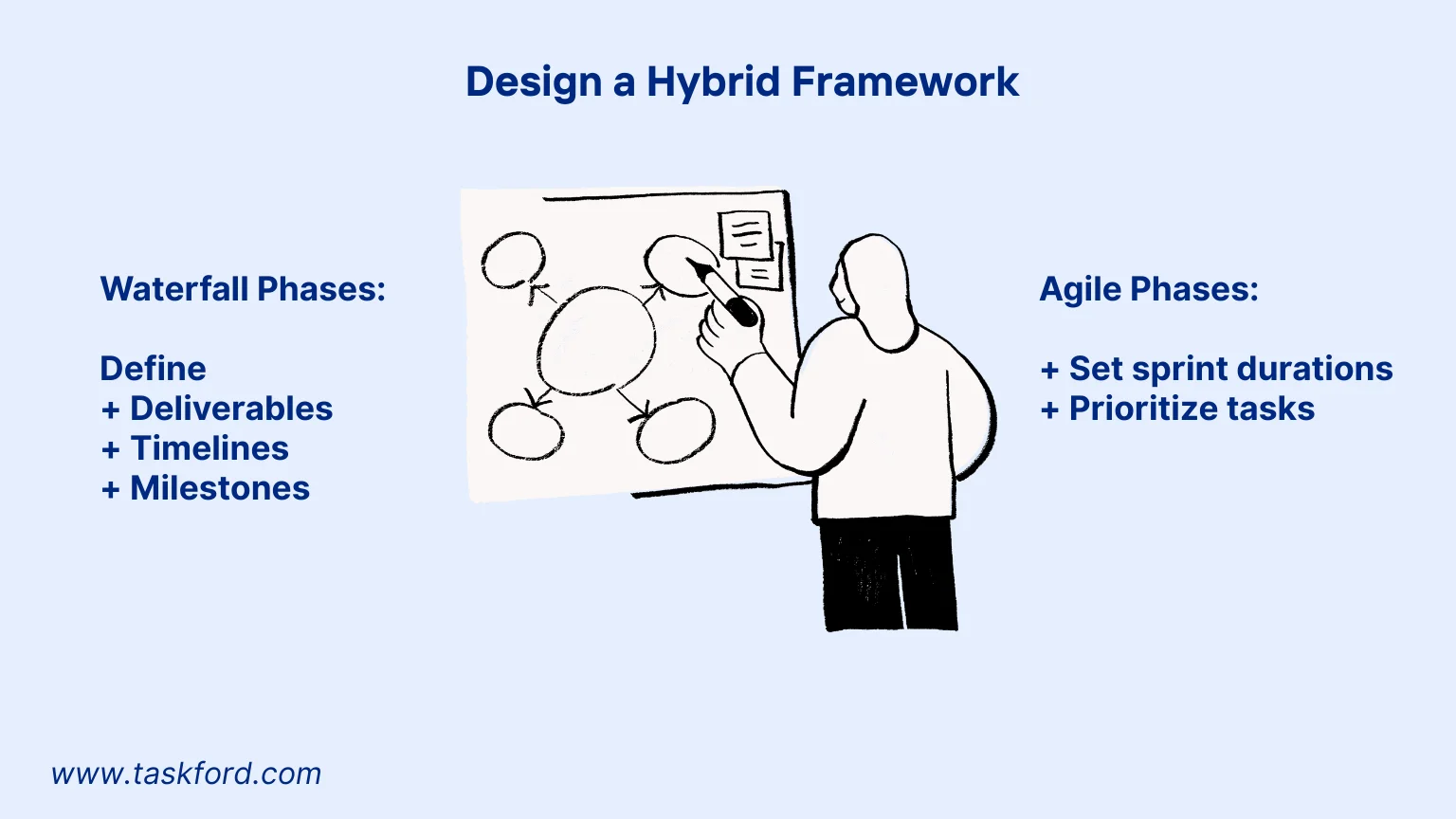
Create a project plan specifying methodology use:
- Waterfall Phases: Define deliverables, timelines, and milestones for planning or compliance.
- Agile Phases: Set sprint durations (e.g., two weeks) and prioritize tasks in a backlog.
Use Gantt charts for Waterfall and Kanban boards for Agile. Mark transition points clearly.
3. Prepare the Team
Equip team members for both methodologies:
- Train on Agile (sprint planning, retrospectives) and Waterfall (milestone tracking).
- Assign roles, like a project manager for Waterfall and a Scrum Master for Agile.
- Hold kickoff meetings to align expectations.
This fosters team collaboration and clarity.
4. Engage Stakeholders
Secure stakeholder buy-in early:
- Explain Waterfall’s predictability and Agile’s innovation.
- Provide milestone reports for Waterfall phases.
- Schedule sprint reviews for Agile phases to gather feedback.
Regular updates ensure alignment.
5. Use Project Management Tools
Choose project management tools that support both methodologies and set up dashboards to monitor progress and resources.
TaskFord, a comprehensive project management and resource planning platform, is designed to support teams of all sizes and offer multiple features that can help enhance hybrid methodology. These are the features that separate TaskFrom from other tools like Wrike:
- Customizable Kanban Boards: Visualize tasks for Waterfall phases and Agile sprints, enabling real-time tracking and priority shifts.
- Sprint Planning and Backlog Management: Supports Waterfall task breakdowns and Agile sprint planning with drag-and-drop prioritization.
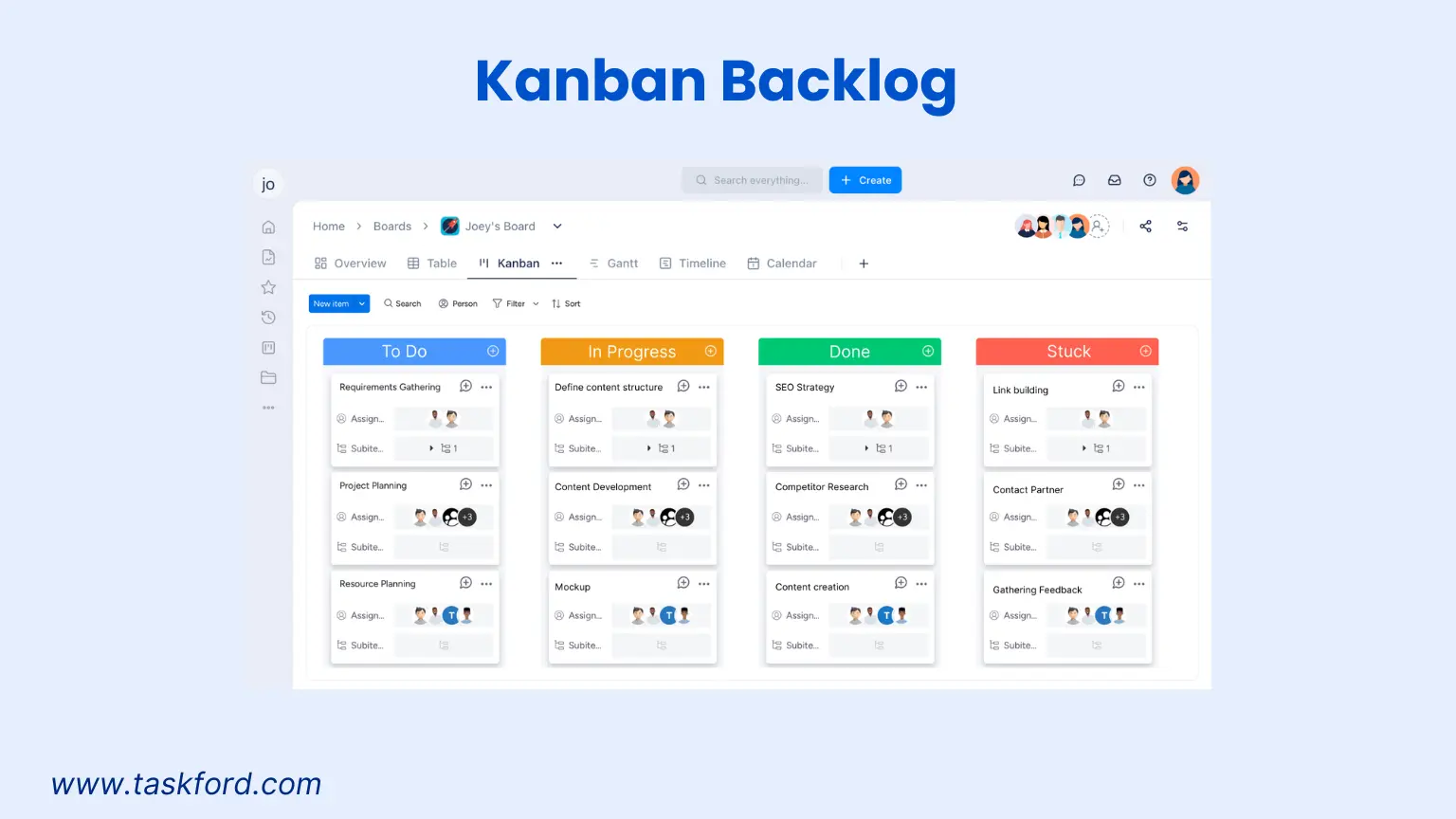
- Gantt Charts and Timelines: Tracks Waterfall dependencies, milestones and Agile sprints, aligning short-term iterations with long-term goals for risk management.

6. Monitor and Adapt
Track progress with a mix of reviews:
- Use Waterfall’s milestone checks for structured phases.
- Hold Agile sprint retrospectives for iterative phases.
- Monitor KPIs like on-time delivery and budget adherence.
Adjust the methodology balance as needed, e.g., more Agile for development challenges.
7. Maintain Clear Documentation
Document Waterfall phases thoroughly for compliance. Keep Agile documentation lightweight for speed. Use a centralized platform for transparency.
This approach ensures efficiency and clarity without overwhelming the team.
When to Use Agile, Waterfall, or Hybrid Methodology
Choosing the right methodology depends on your project’s scope, complexity, and environment.
| Methodology | Best For | Key Strengths | Challenges |
|---|---|---|---|
| Agile | Evolving projects (e.g., software, creative work) | Flexibility, fast delivery, stakeholder engagement | Lacks structure, requires strong collaboration |
| Waterfall | Fixed projects (e.g., construction, compliance) | Predictability, clear documentation, control | Inflexible, slow to adapt |
| Hybrid | Mixed projects (e.g., regulated software) | Balances structure and adaptability, versatile | Needs training, integration complexity |
When to Use Agile
Agile shines in projects with evolving requirements or high uncertainty, such as:
- Software development with frequent user feedback.
- Creative projects like marketing campaigns needing iterative refinement.
- Research and development with unpredictable outcomes.
When to Use Waterfall
Waterfall is best for projects with clear, stable requirements, including:
- Construction projects with fixed plans and regulatory needs.
- Manufacturing processes with predefined steps.
- Compliance-heavy initiatives requiring thorough documentation.
When to Use Hybrid Methodology
Hybrid methodology suits projects needing both structure and flexibility, such as:
- Software projects with regulatory requirements (Waterfall) and iterative development (Agile).
- Construction initiatives with fixed budgets but adaptable designs.
- Complex projects blending predictable and dynamic phases.
Measuring Success in Hybrid Projects
To ensure hybrid methodology delivers results, track these key performance indicators (KPIs):
- On-Time Delivery: Measure adherence to Waterfall’s milestones and Agile’s sprint deadlines.
- Quality of Deliverables: Assess outputs through Agile’s iterative testing and stakeholder feedback.
- Budget Adherence: Use Waterfall’s planning to monitor costs, adjusting via Agile’s flexibility.
- Stakeholder Satisfaction: Gauge engagement through regular feedback and milestone reviews.
- Team Productivity: Track task completion rates across both methodologies.
Regularly review these metrics to refine your approach and ensure project success.
Real-World Applications
Hybrid methodology excels in marketing, IT, and HR, offering a balanced approach to complex projects. Here’s how it’s applied in each:
Marketing Campaigns
Hybrid methodology streamlines marketing projects by combining Waterfall’s structured planning with Agile’s iterative testing.
- Waterfall Phase: Use Waterfall to define campaign goals, budgets, and timelines. For example, a product launch campaign might involve setting a fixed budget and securing stakeholder approvals upfront.
- Agile Phase: Apply Agile to test and refine content, such as social media ads or email campaigns. Run short sprints to test ad creatives, analyze audience engagement, and optimize based on real-time data.
- Example: A retail brand launching a holiday campaign uses Waterfall to plan media buys and Agile to A/B test ad visuals, ensuring budget adherence and high engagement.
This approach maximizes ROI while adapting to audience feedback.
(Learn more: The Role Of A Marketing Project Manager)
IT Projects
In IT, hybrid methodology balances regulatory requirements with iterative development for software or infrastructure projects.
- Waterfall Phase: Use Waterfall to define system architecture, compliance requirements, or hardware specifications. For instance, an IT team upgrading a banking system ensures regulatory compliance through detailed planning.
- Agile Phase: Apply Agile for coding, testing, and deployment. Sprints allow developers to iterate on features, incorporate user feedback, and fix bugs quickly.
- Example: A company developing a customer portal uses Waterfall to finalize security protocols and Agile to build and test user interfaces, ensuring compliance and usability.
This ensures robust systems with flexible development.
HR Initiatives
Hybrid methodology supports HR projects like training programs or system implementations by blending compliance with adaptability.
- Waterfall Phase: Use Waterfall to plan training curricula, compliance policies, or HR software rollouts. For example, implementing an HR management system requires fixed requirements for data privacy compliance.
- Agile Phase: Apply Agile to develop and refine training modules or system features. Sprints allow HR teams to test content with employees and adjust based on feedback.
- Example: An organization rolling out a diversity training program uses Waterfall to set compliance standards and Agile to iterate on training materials based on employee input.
This delivers compliant, employee-focused solutions.
Best Practices for Success
Maximize hybrid methodology with these tips:
- Communicate Clearly: Ensure everyone understands the hybrid approach and their roles.
- Gather Regular Feedback: Use Agile’s feedback loops to catch issues early.
- Test Iteratively: Validate deliverables often to maintain quality.
- Document Thoroughly: Keep Waterfall’s records for accountability and compliance.
- Stay Adaptable: Adjust the methodology balance based on project needs.
Overcoming Common Pitfalls
To avoid setbacks, address these pitfalls:
- Unclear Phase Transitions: Define where Waterfall ends and Agile begins to prevent confusion.
- Resistance to Change: Educate teams and stakeholders on hybrid’s benefits to gain buy-in.
- Tool Misalignment: Choose tools that support both methodologies to maintain consistency.
- Overcomplicating Processes: Simplify workflows by focusing on essential tasks and deliverables.
Conclusion
Hybrid methodology is a transformative approach to project management, blending Agile’s adaptability with Waterfall’s structure to tackle complex projects. It offers flexibility, control, and scalability, making it ideal for various industries. While challenges like training and integration exist, strategic planning, clear communication, and the right tools ensure success.
By understanding when to use each methodology and measuring progress effectively, project managers can unlock the full potential of hybrid methodology to achieve outstanding results.
Learn more
- What is Project Management: A Beginner’s Comprehensive Guide 2025
- Are Cost Baselines Made for Agile Projects or just Waterfall?
- Agile Project Management Sprint Cycle: From Planning to Retrospective
Making work simpler,
smarter, and more connected
Join our waitlist and be notified first.

Subscribe for Expert Tips
Unlock expert insights and stay ahead with TaskFord. Sign up now to receive valuable tips, strategies, and updates directly in your inbox.


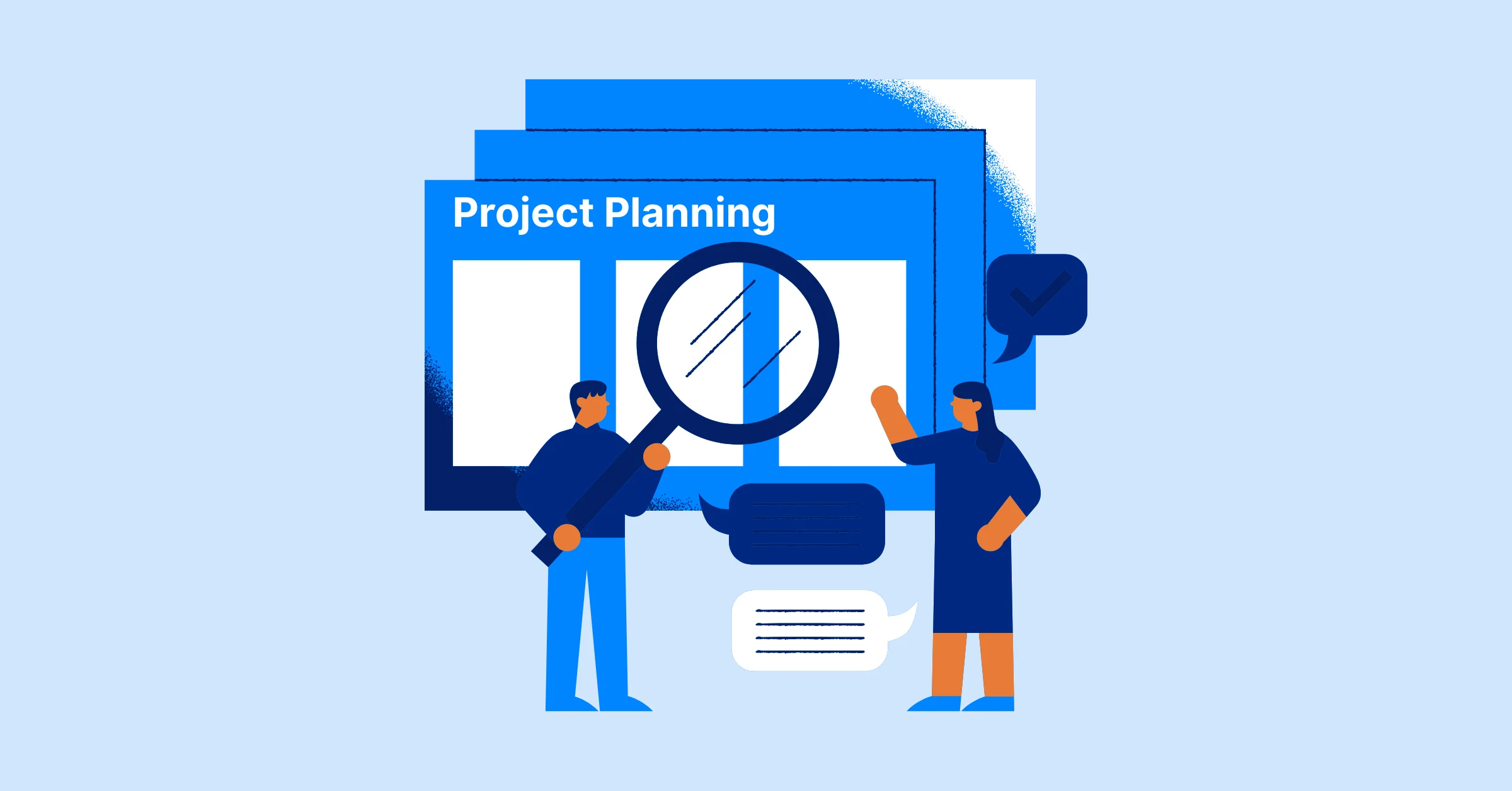
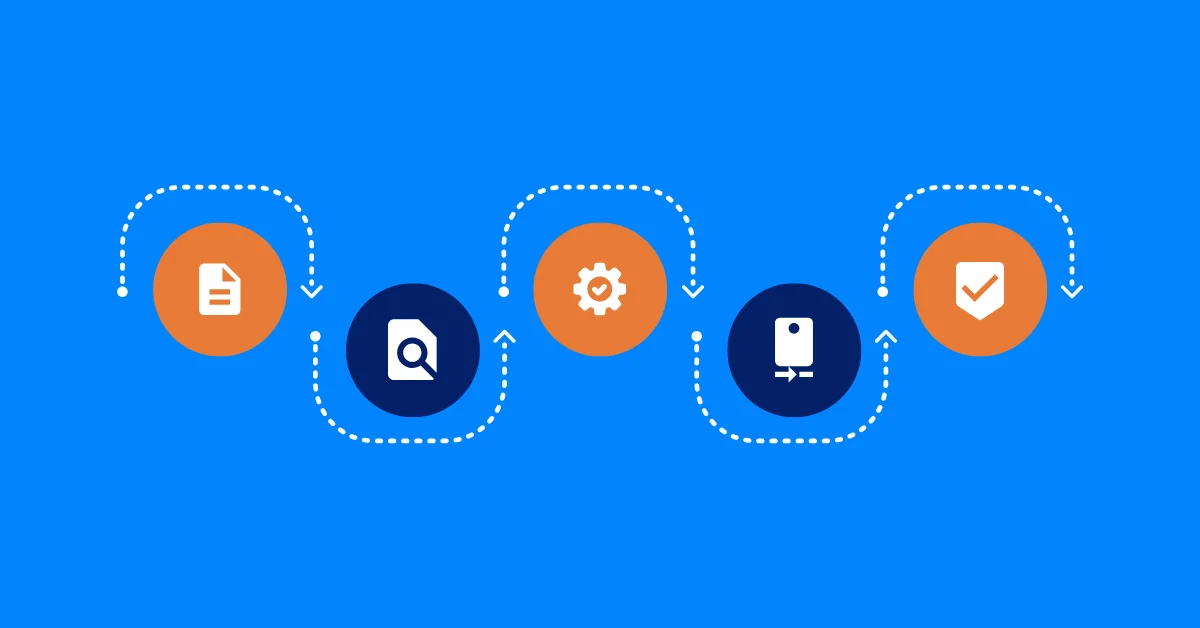

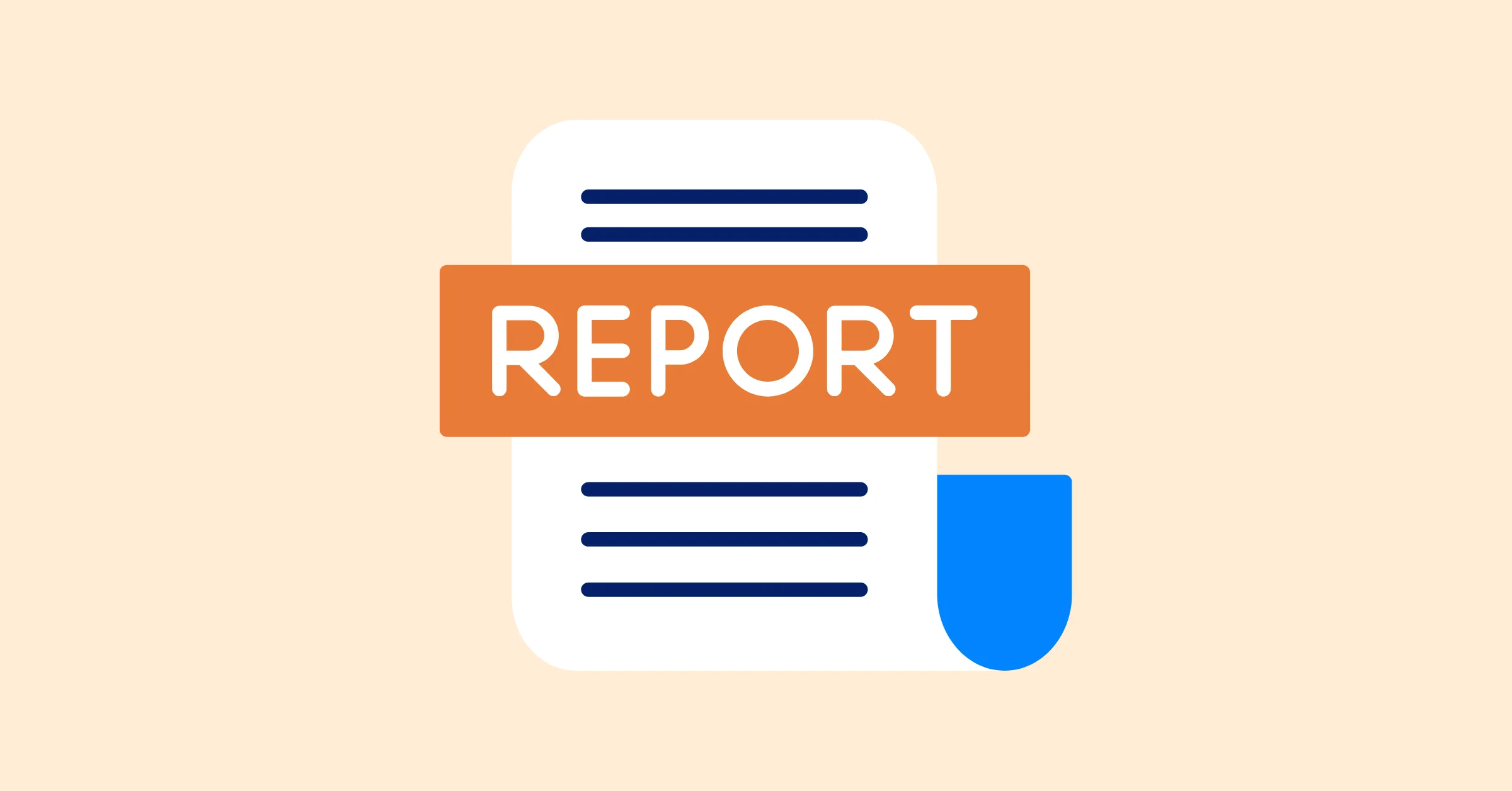

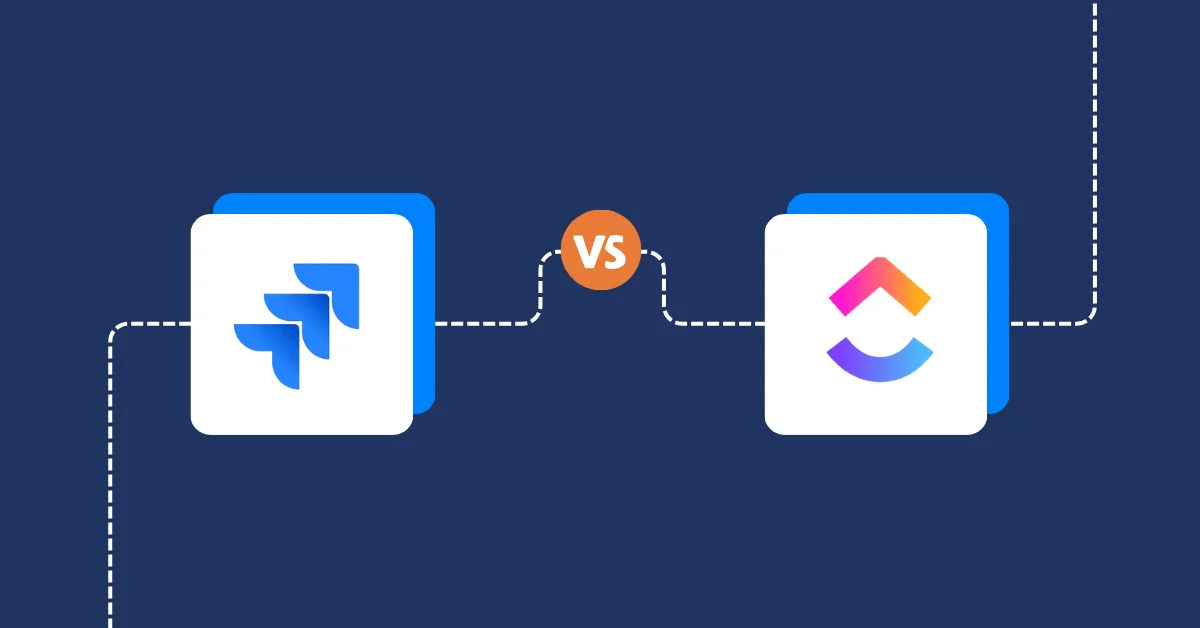


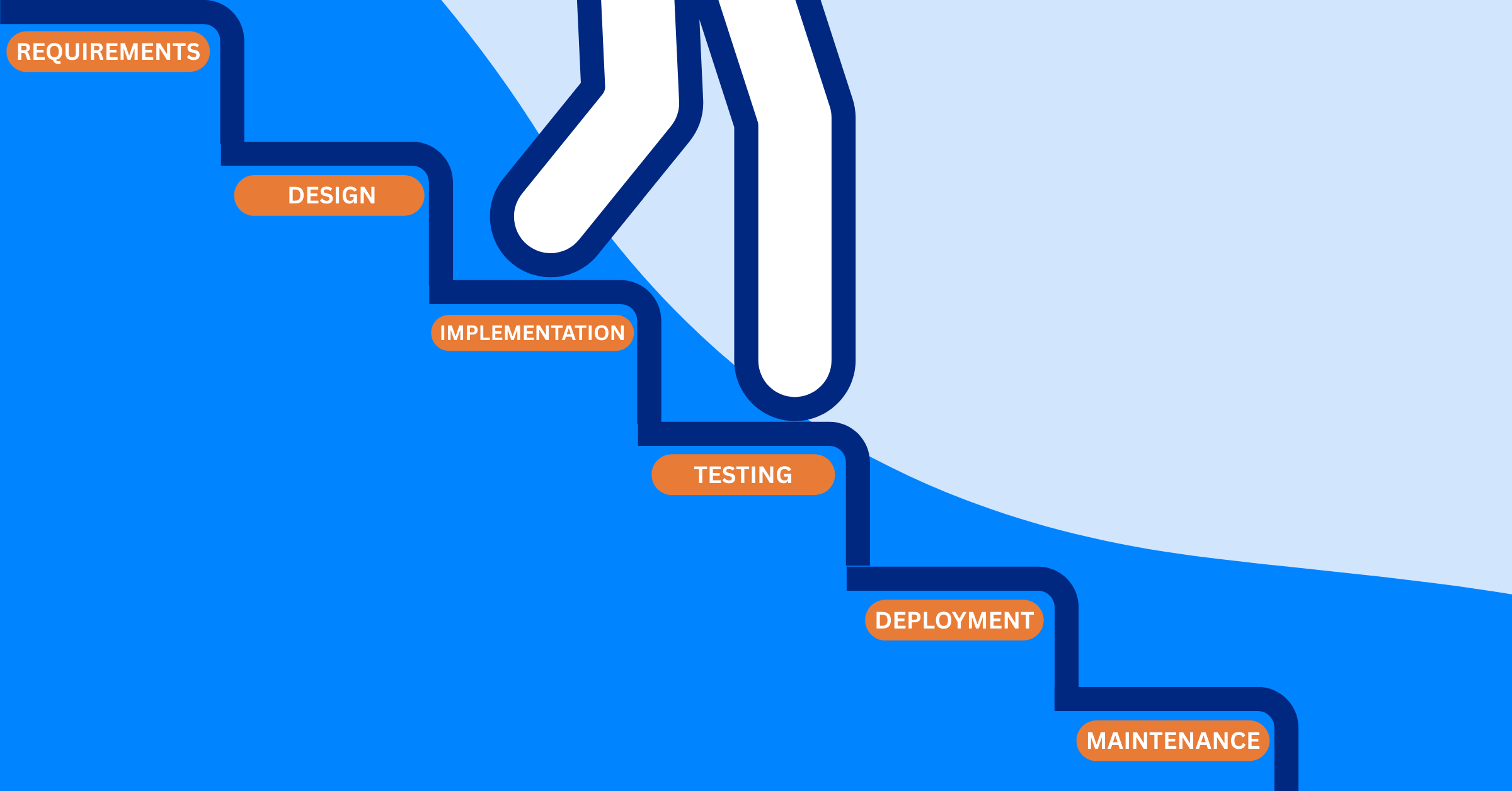
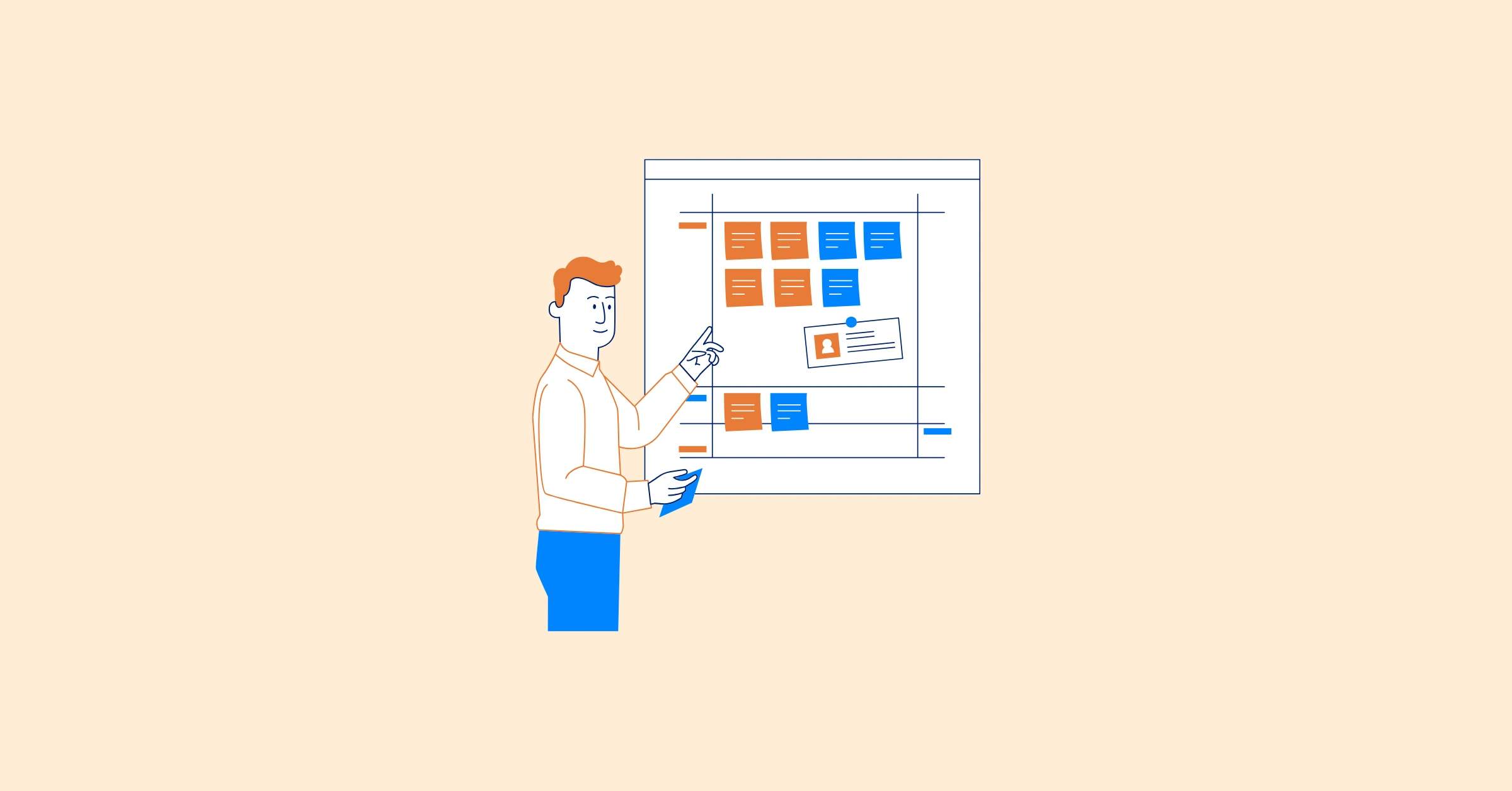

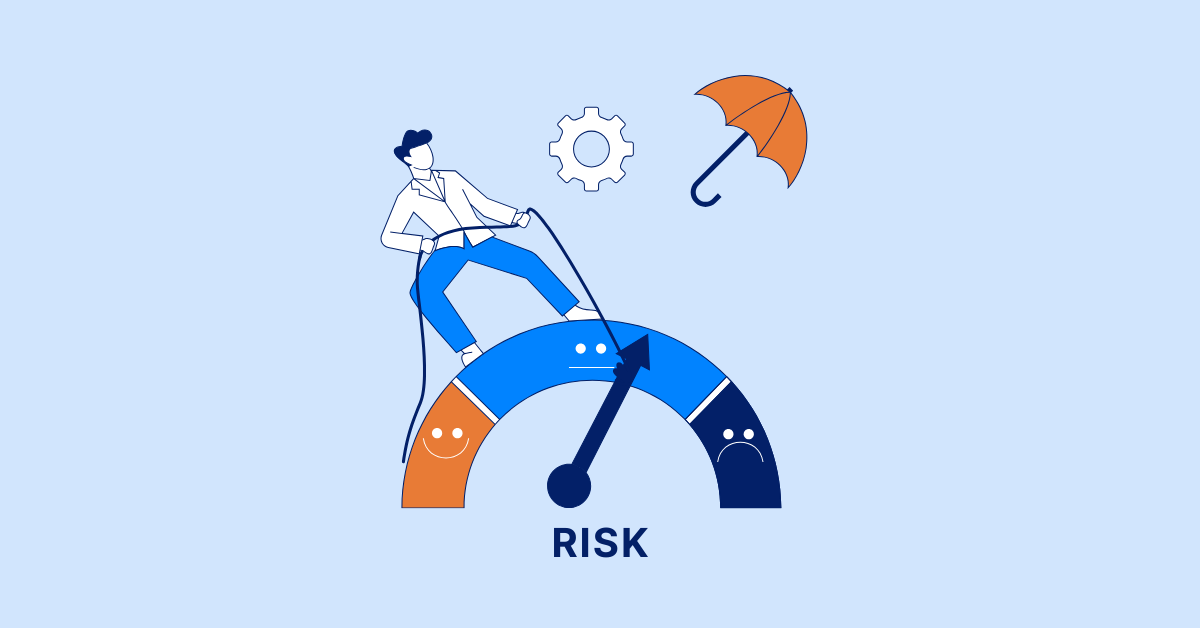


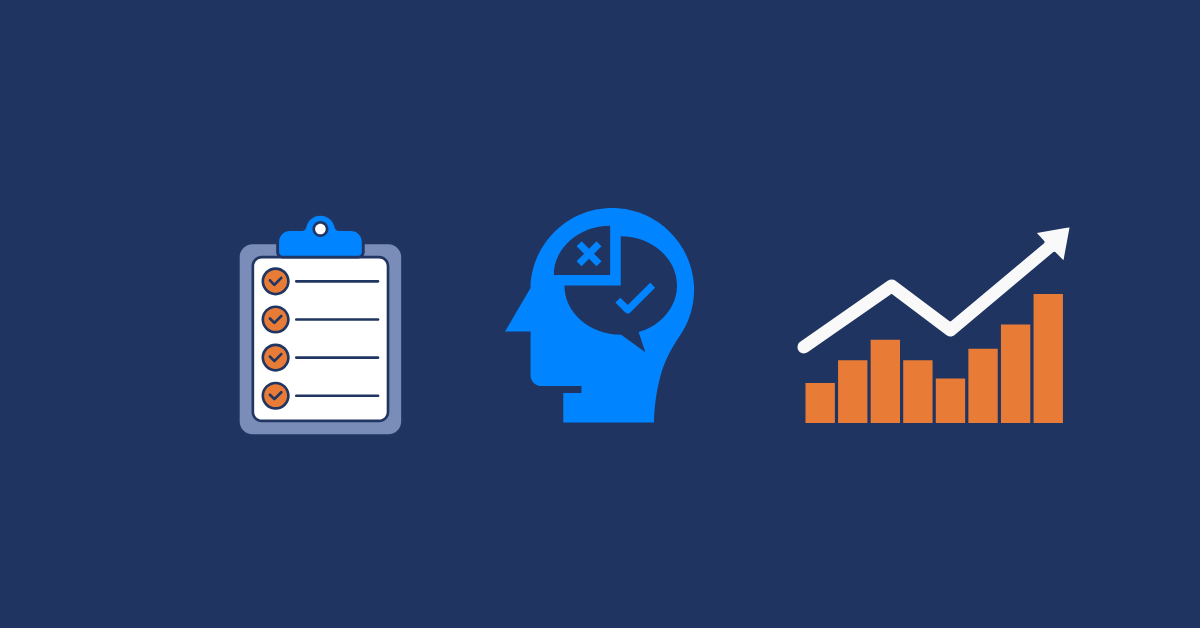
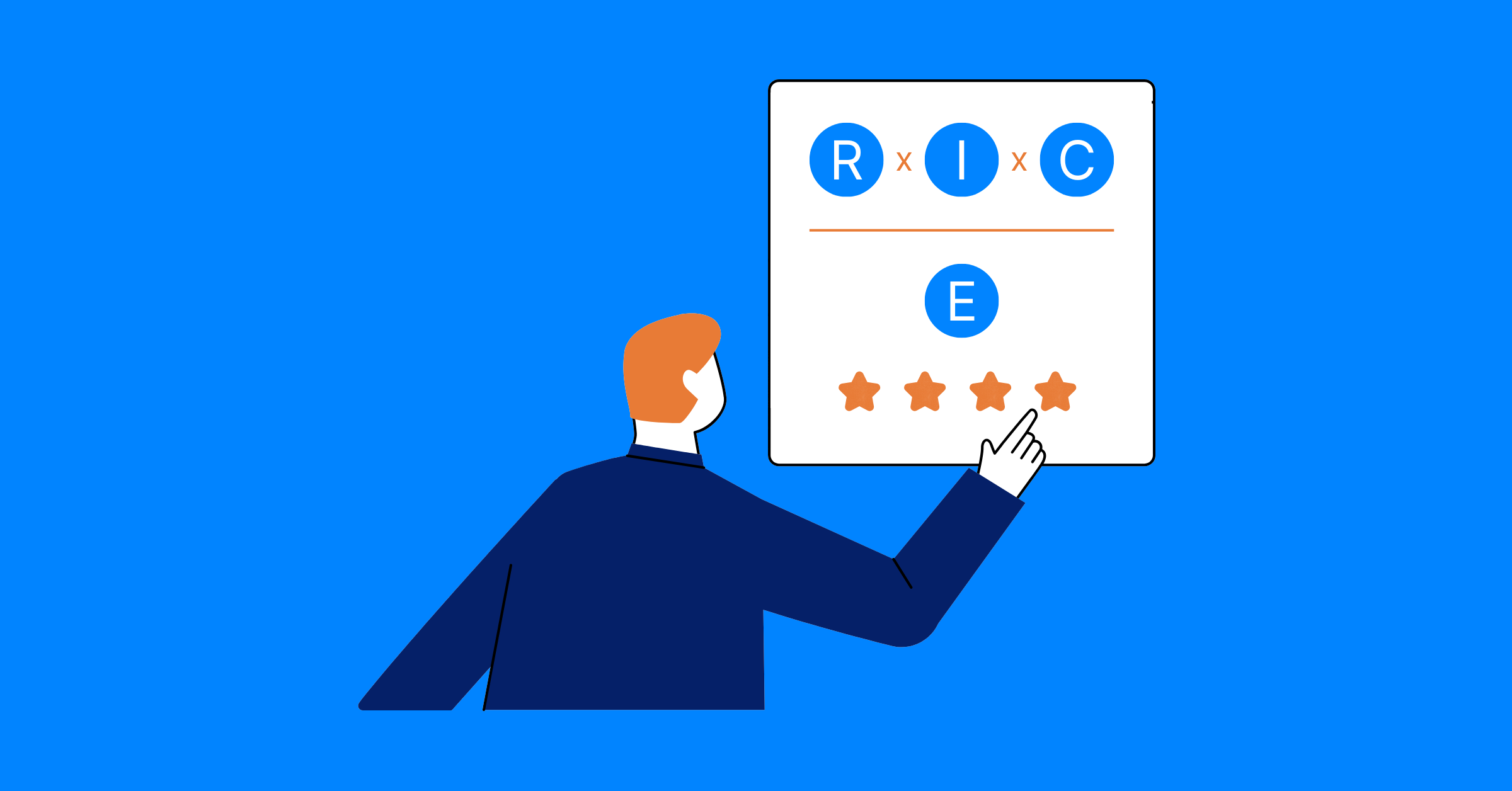
![How to Create a Project Communication Plan: Step-by-Step Guide [+Free Template]](https://taskford.com/marketing/blog/project-communication-plan.png)


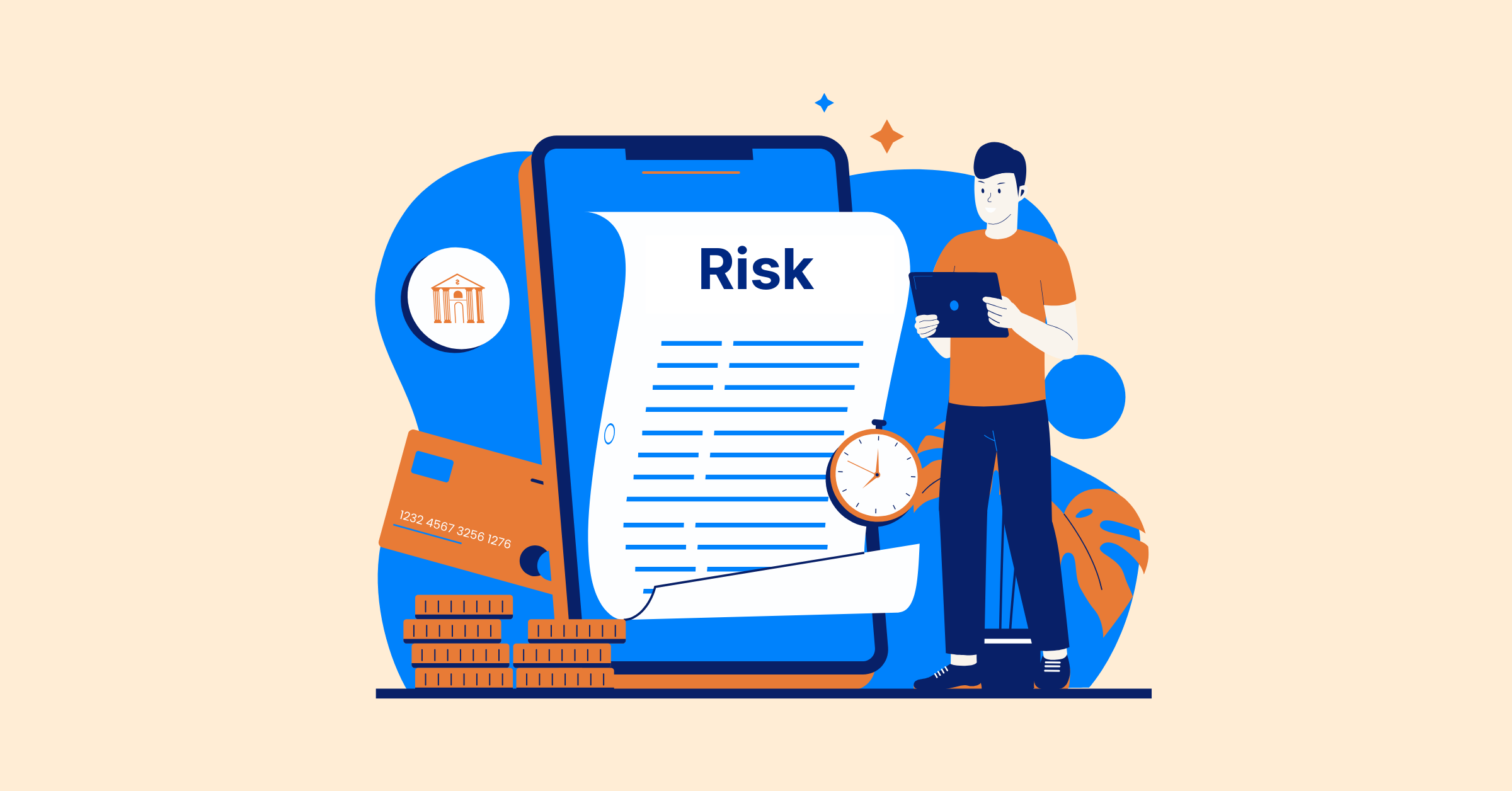
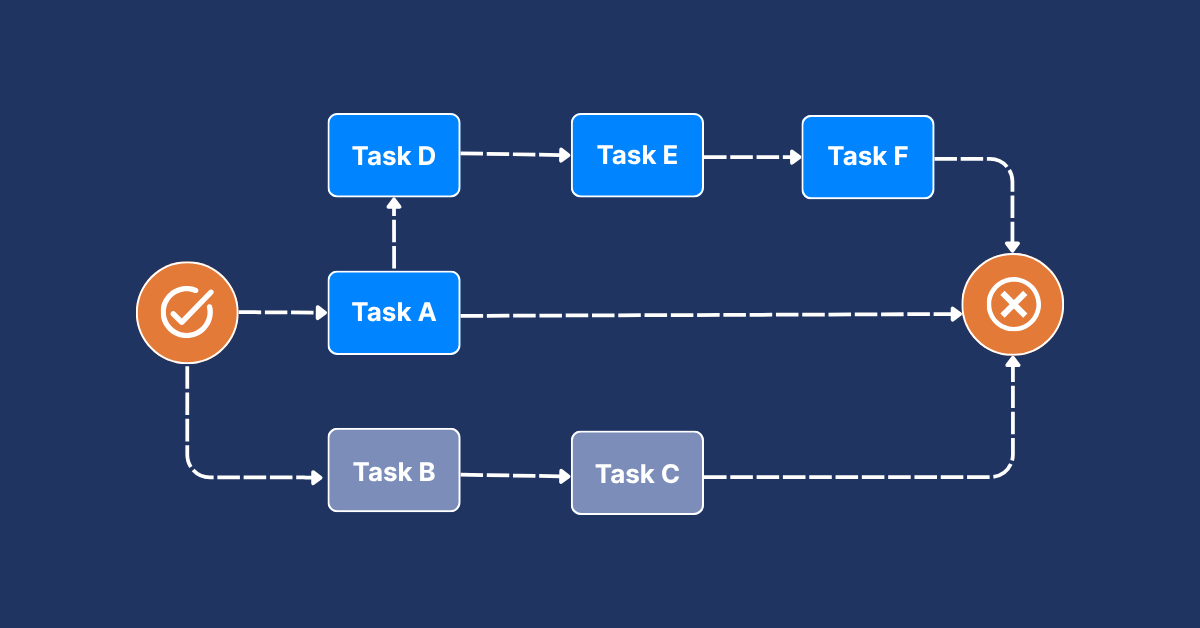


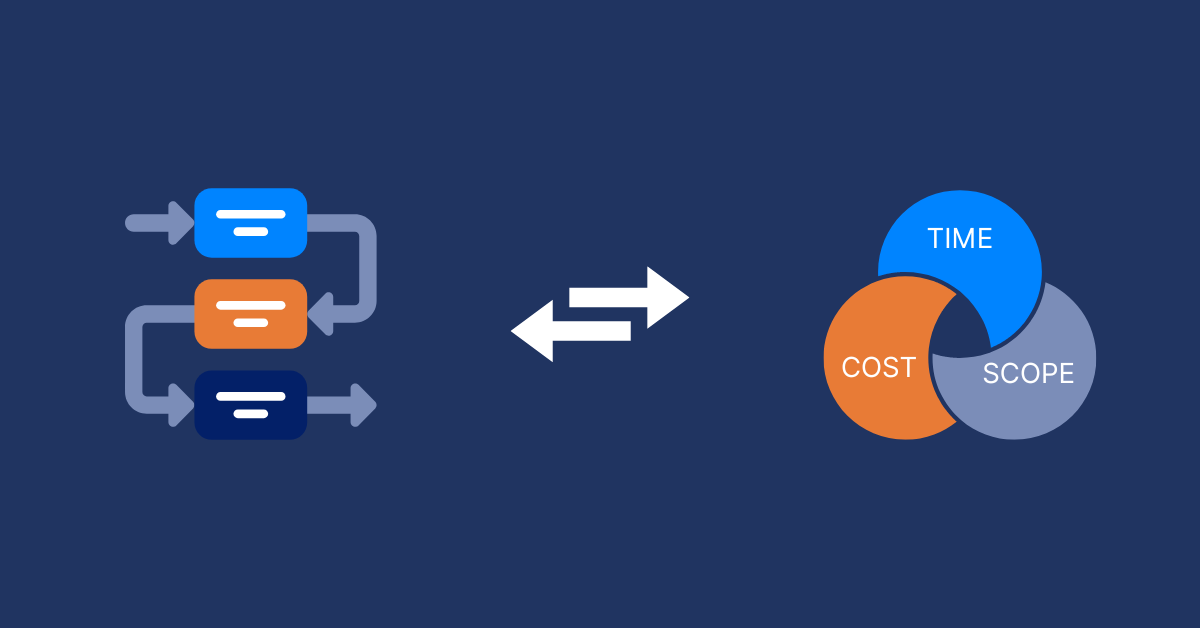
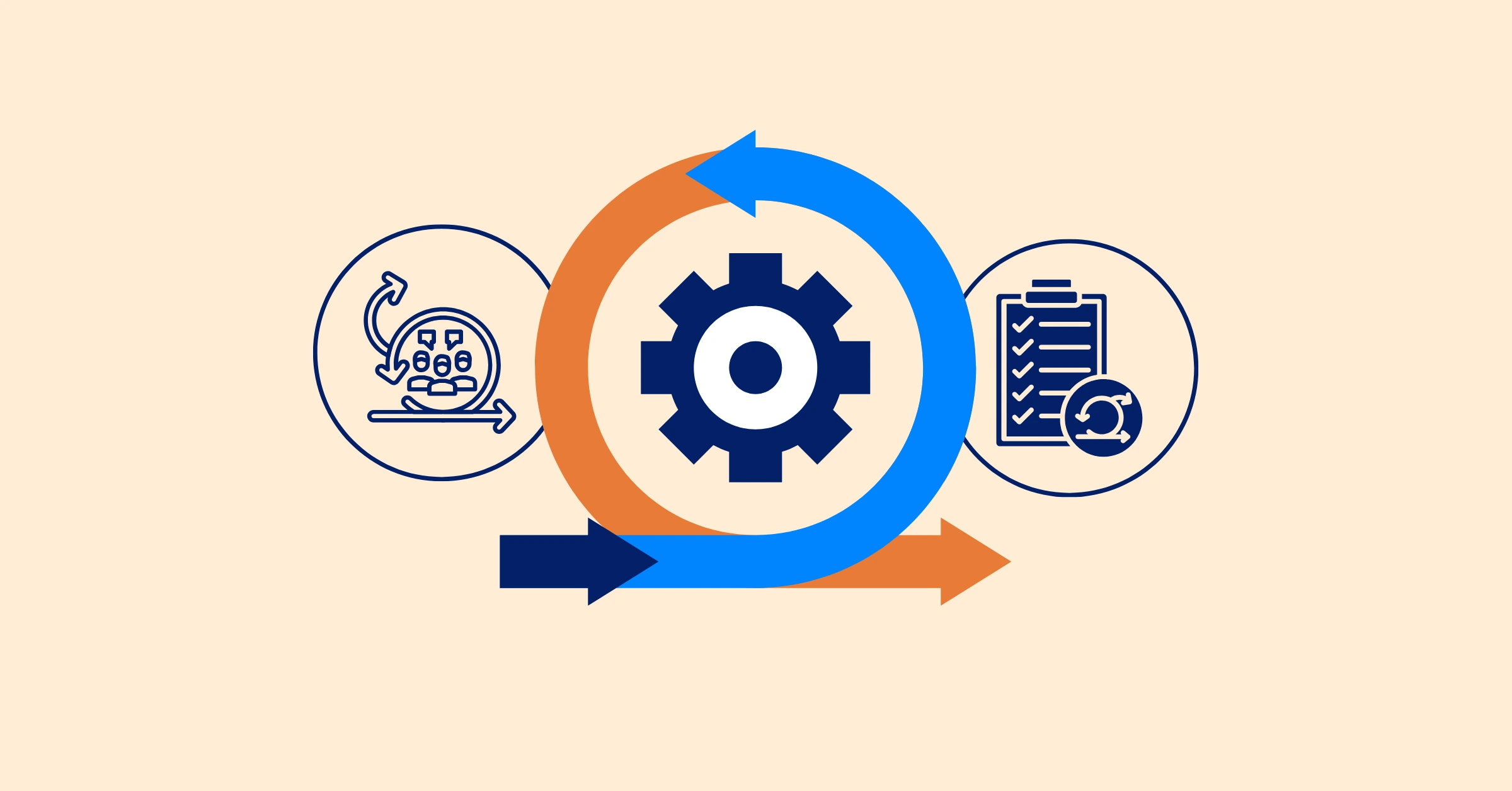
![Master Project Procurement Management in 5 Steps [Download a free plan template]](https://taskford.com/marketing/blog/project-procurement-management.webp)

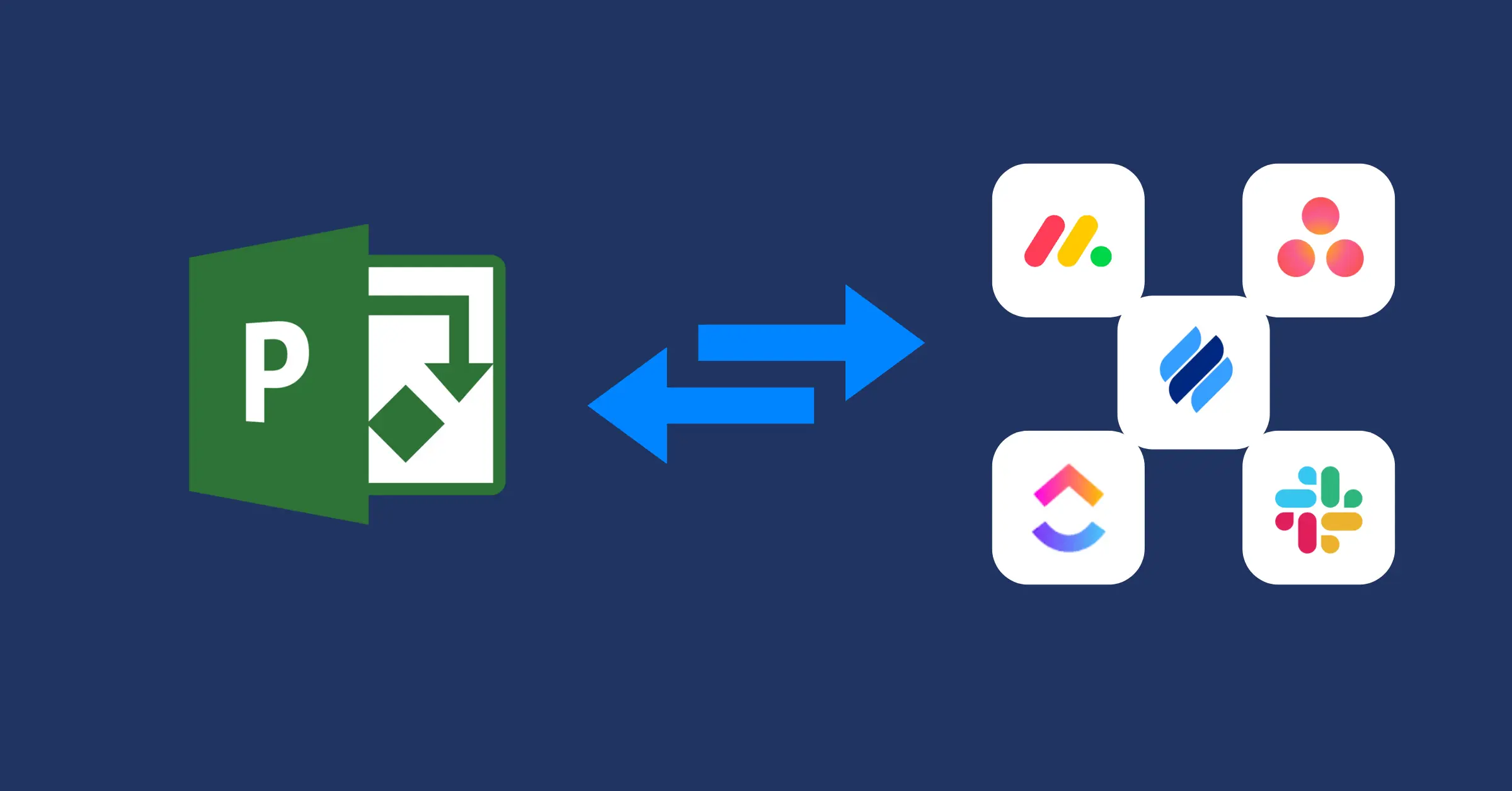
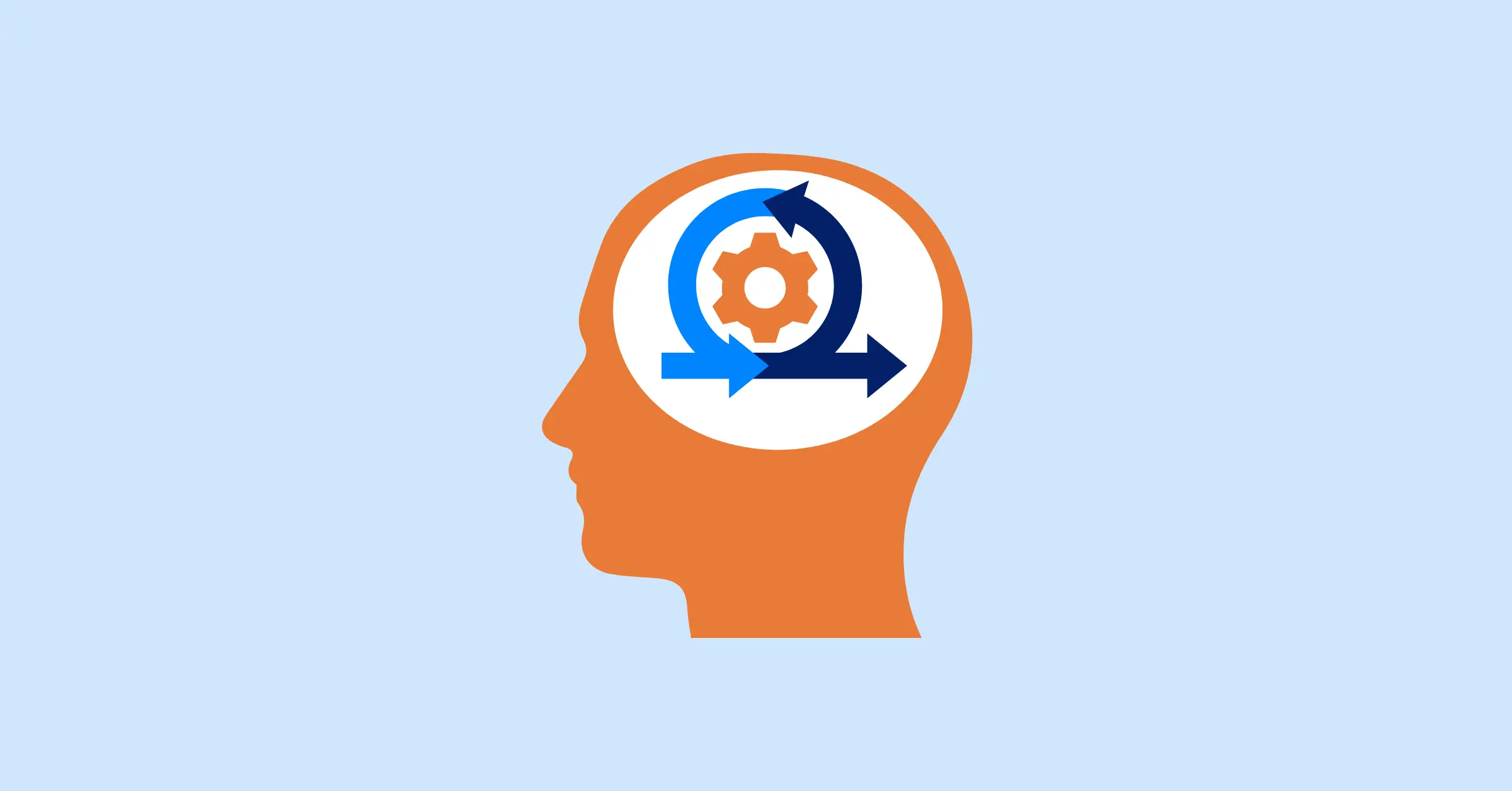


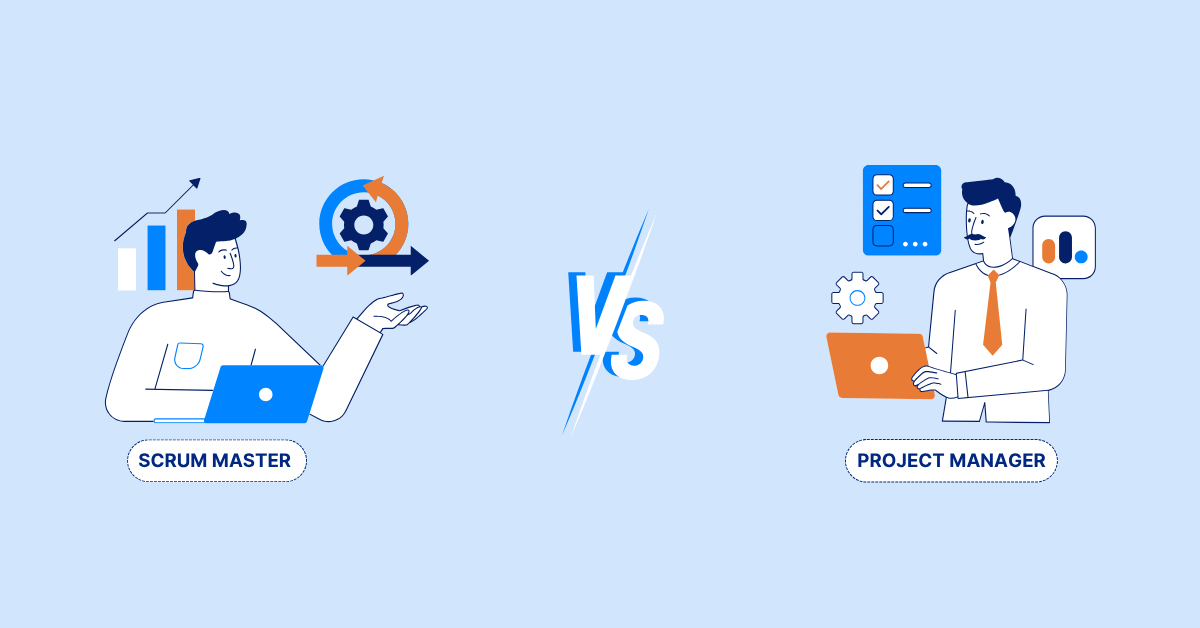
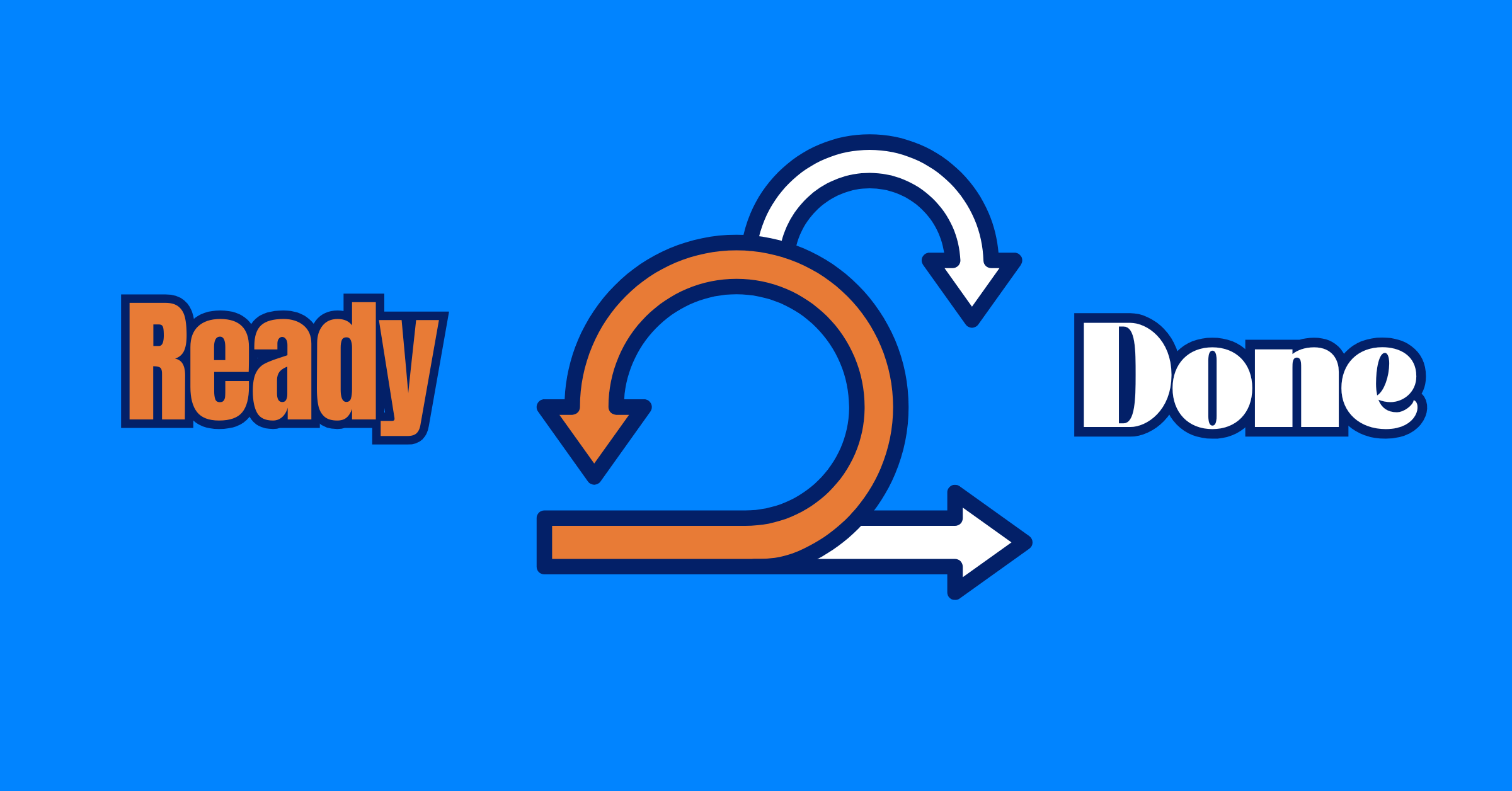

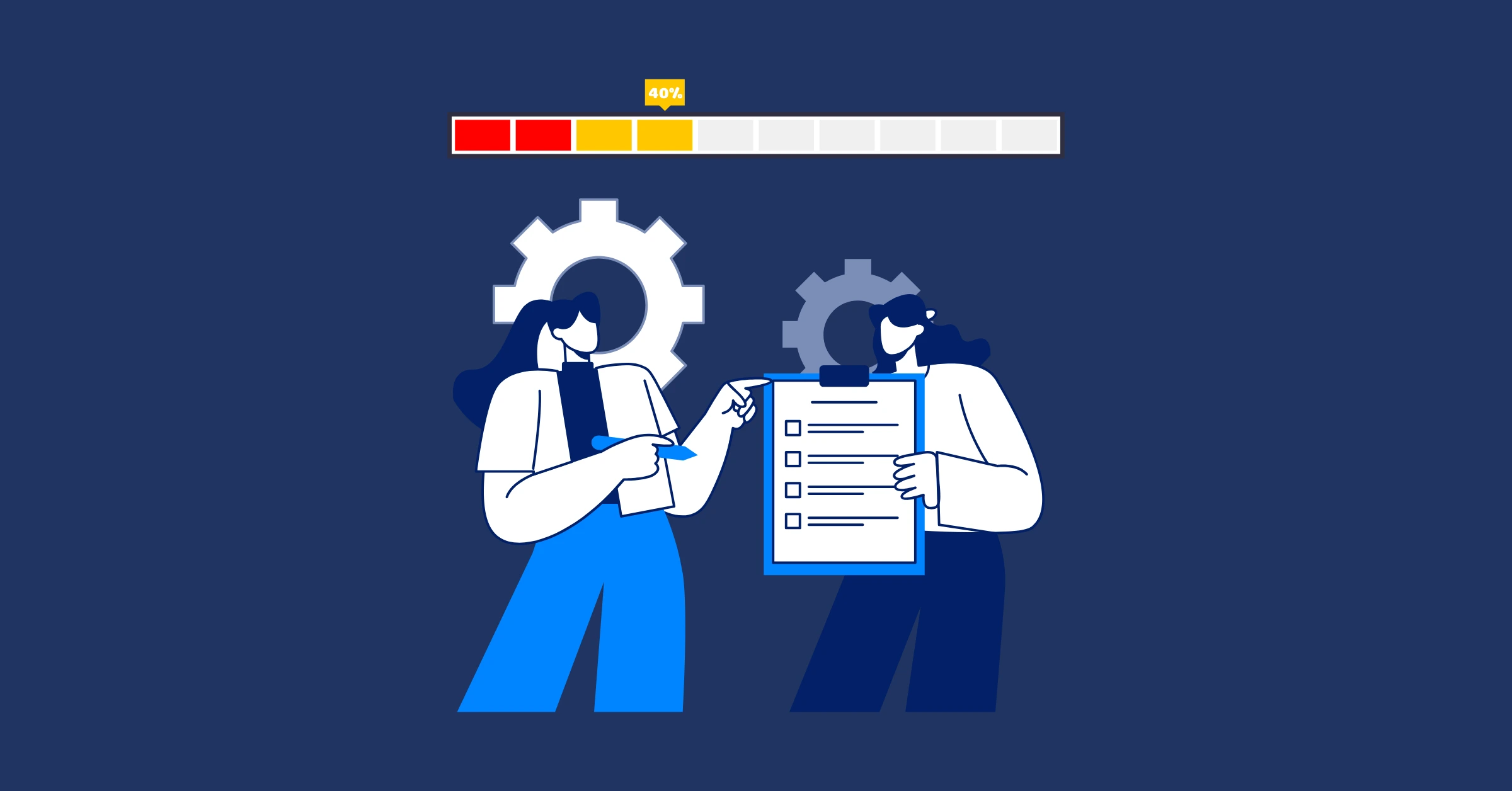



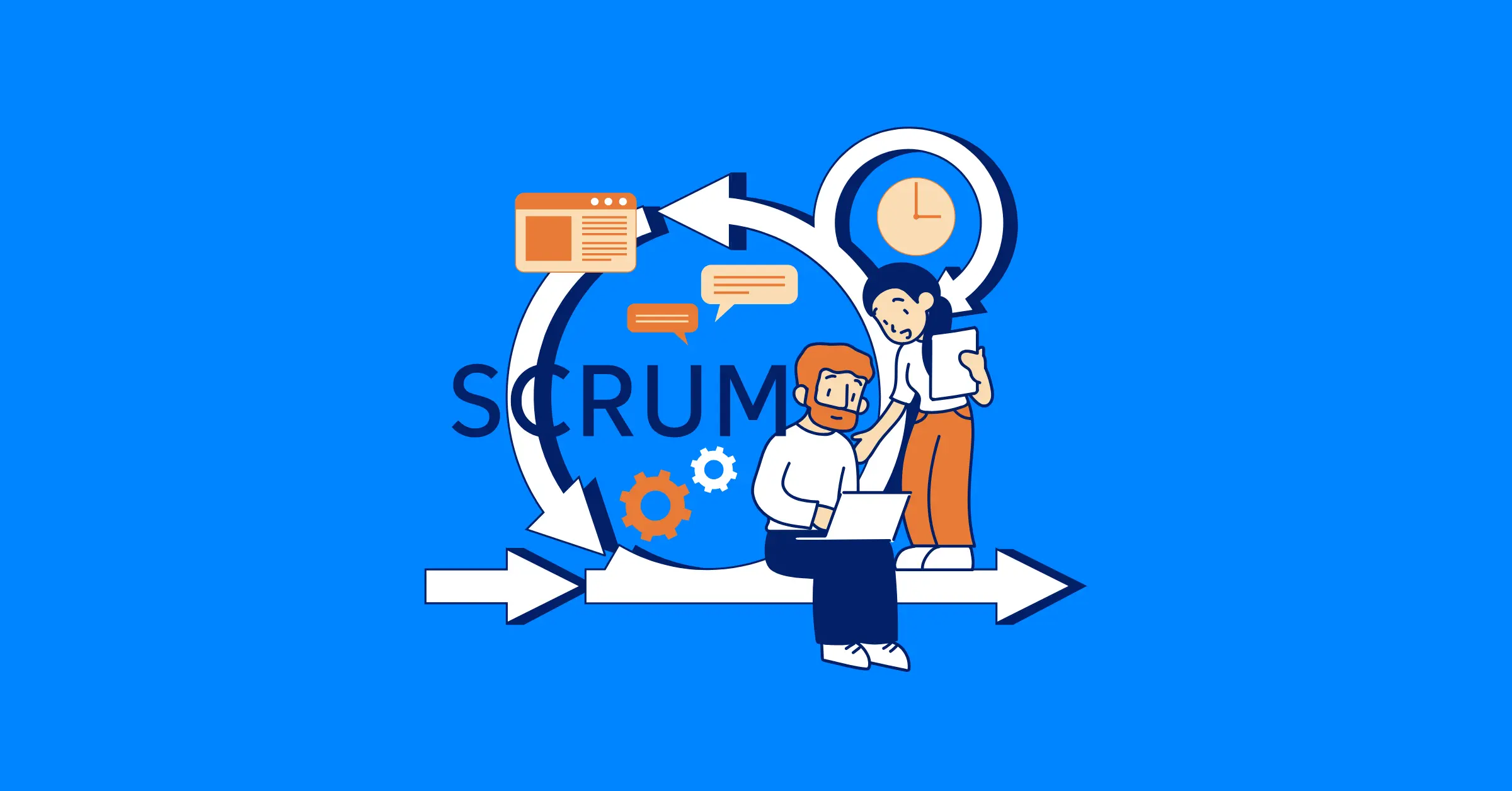
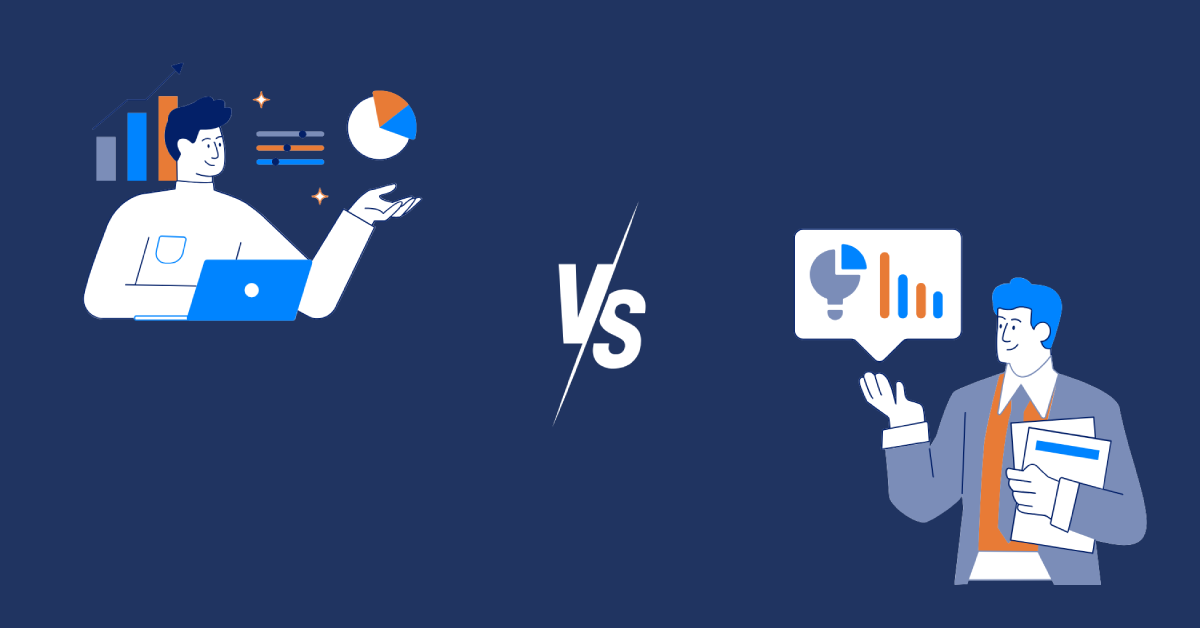
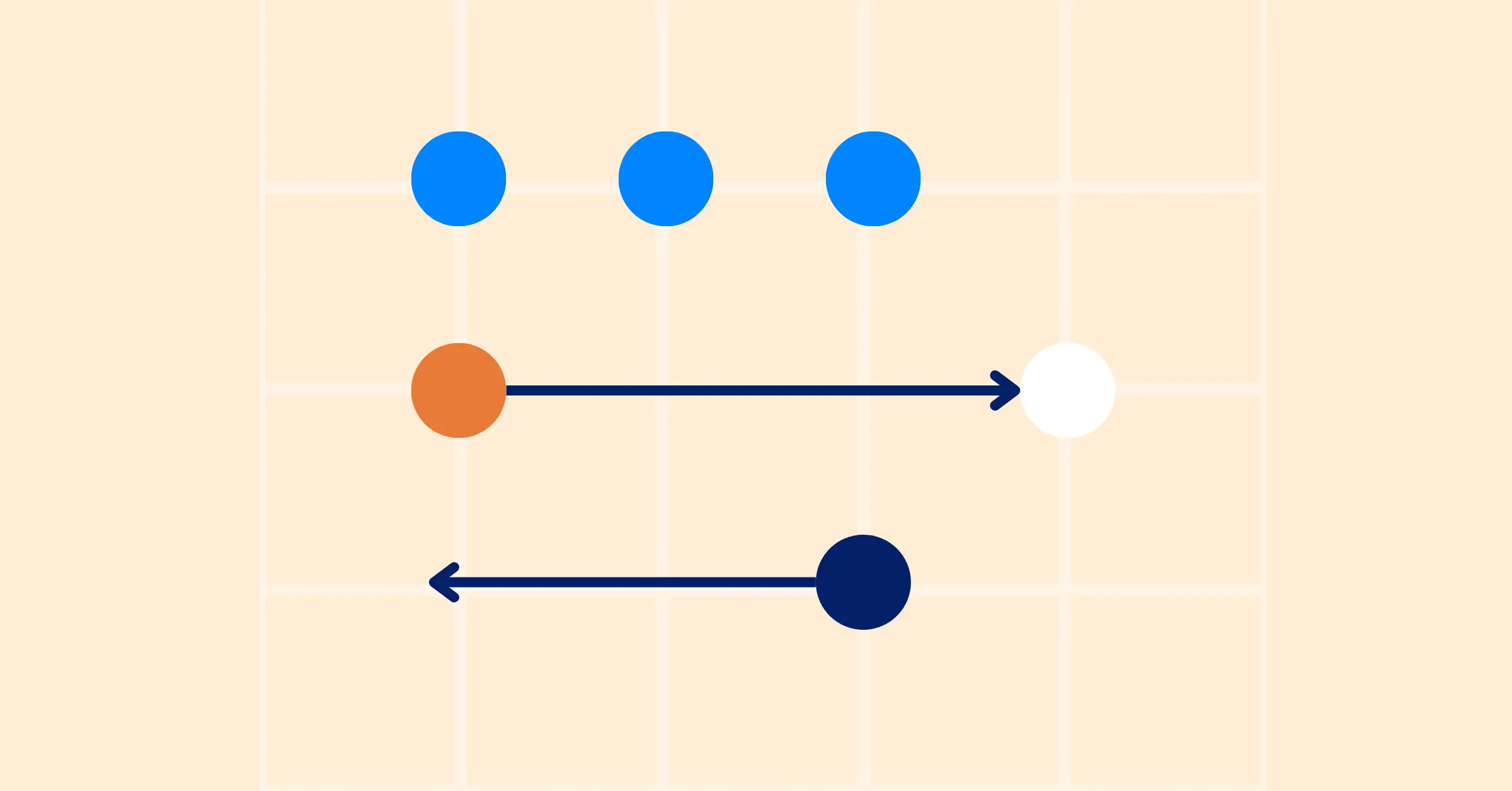

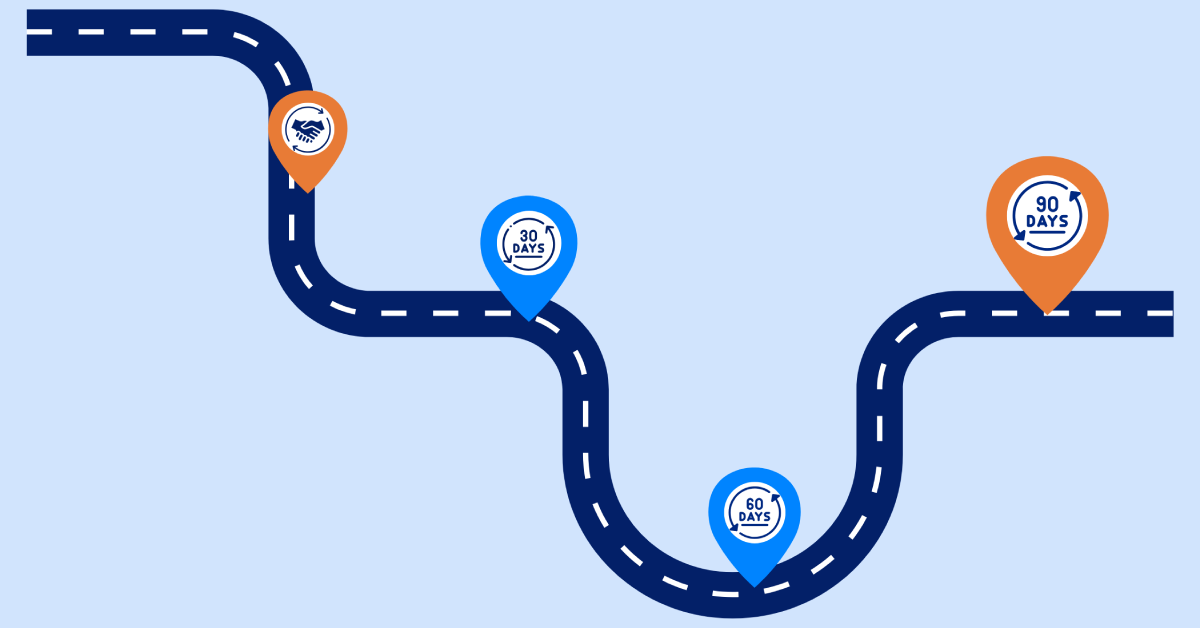
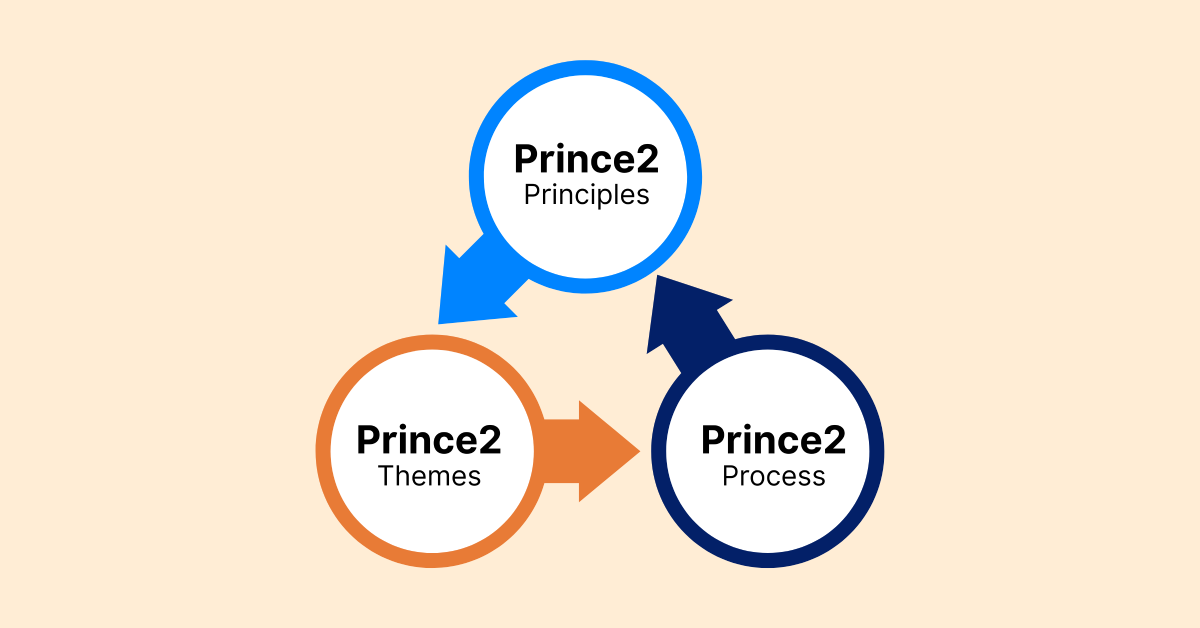

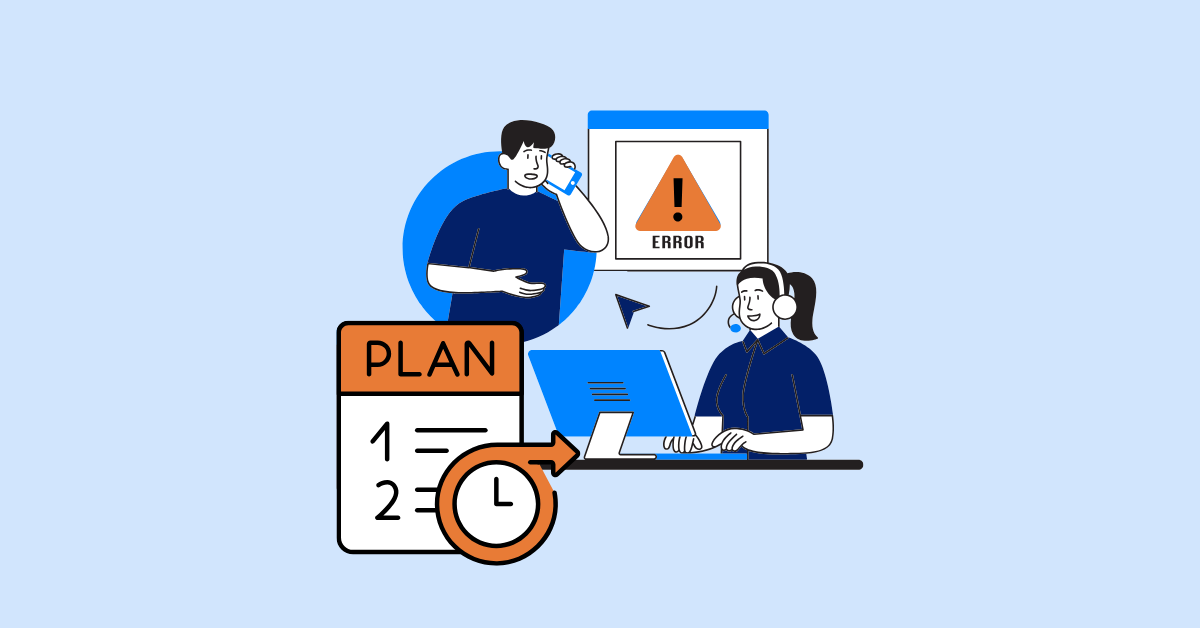
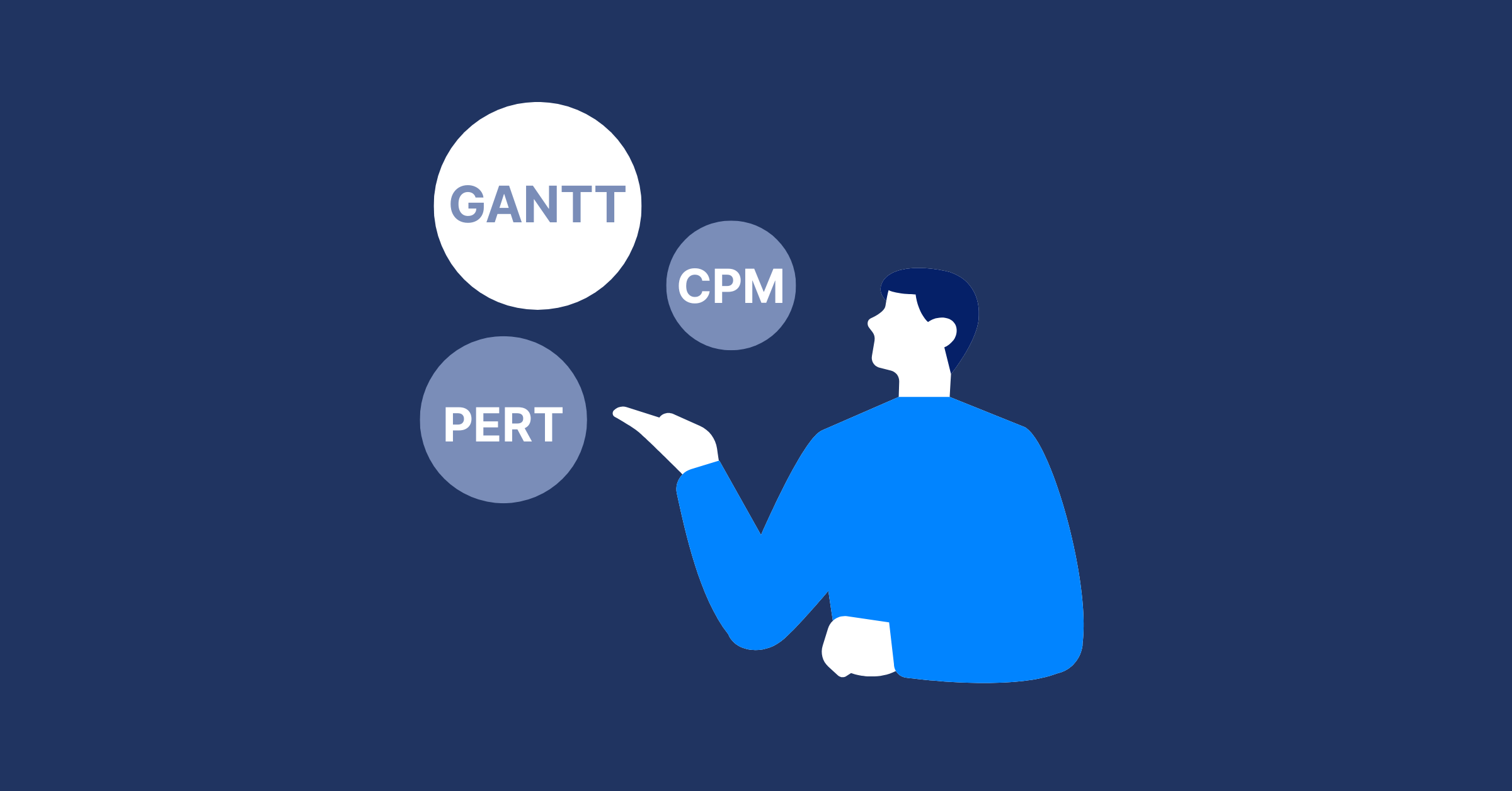

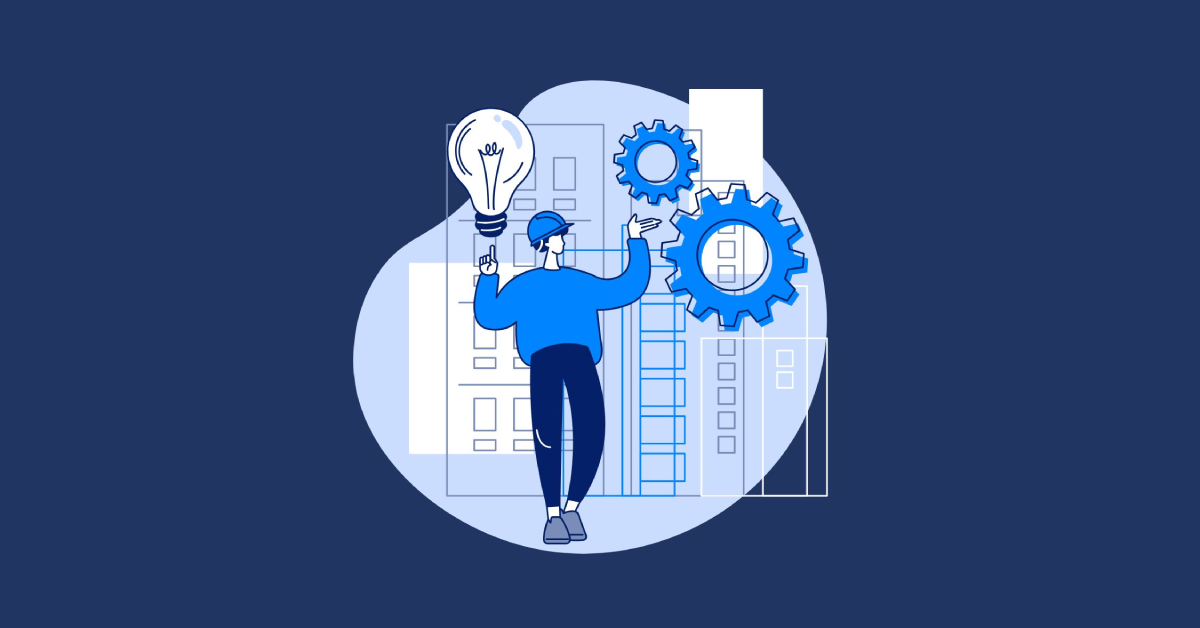
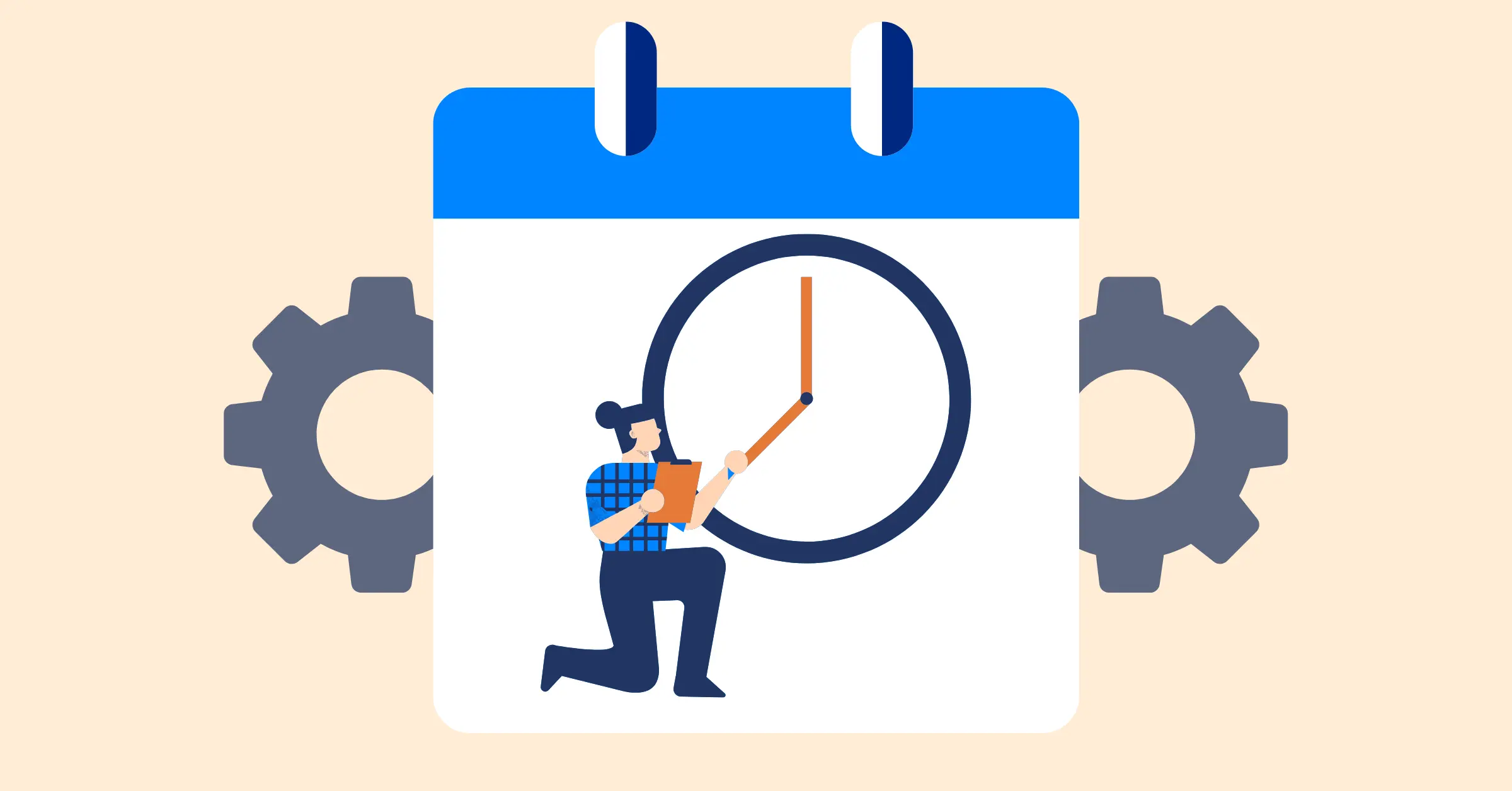
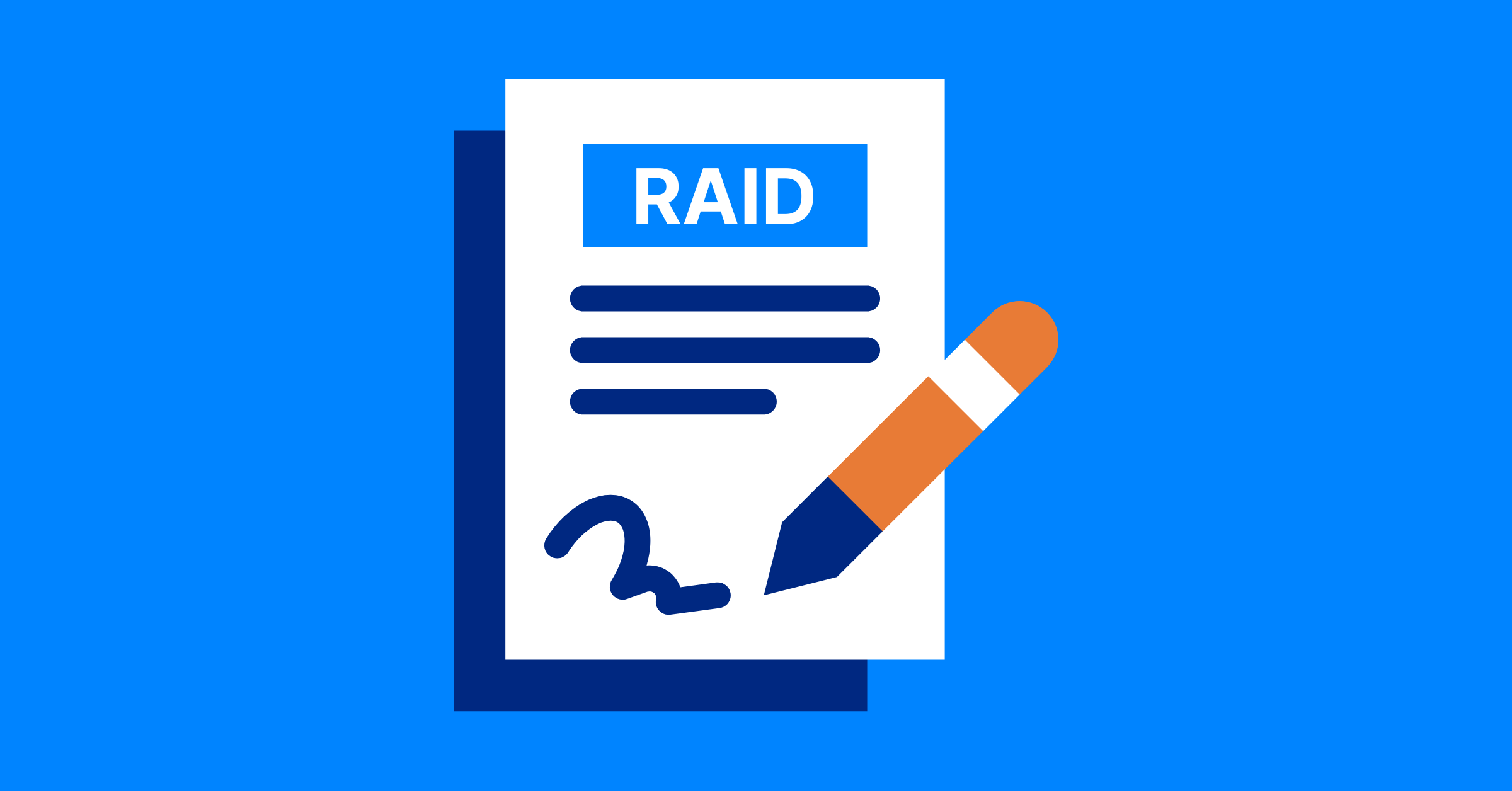



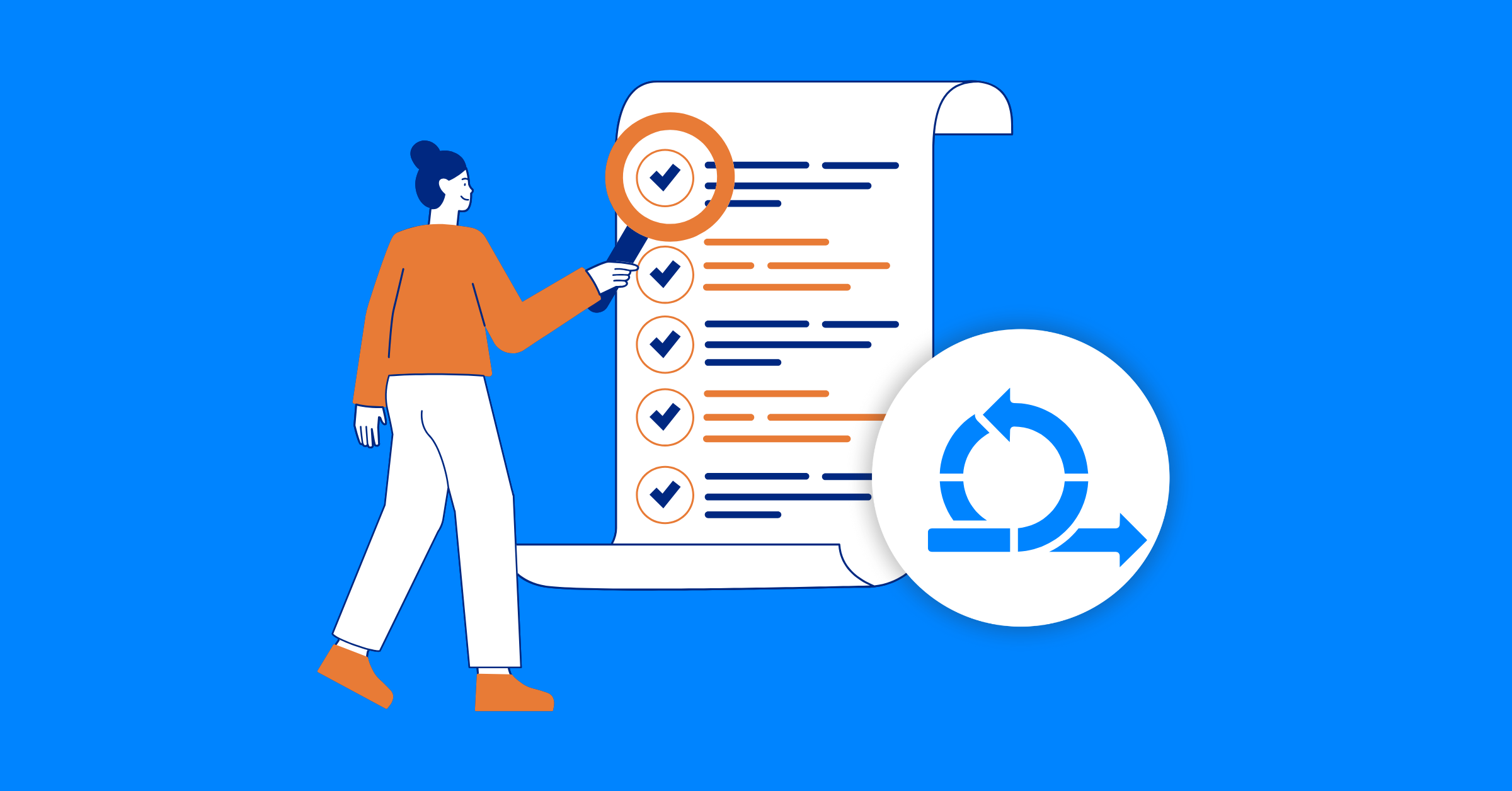

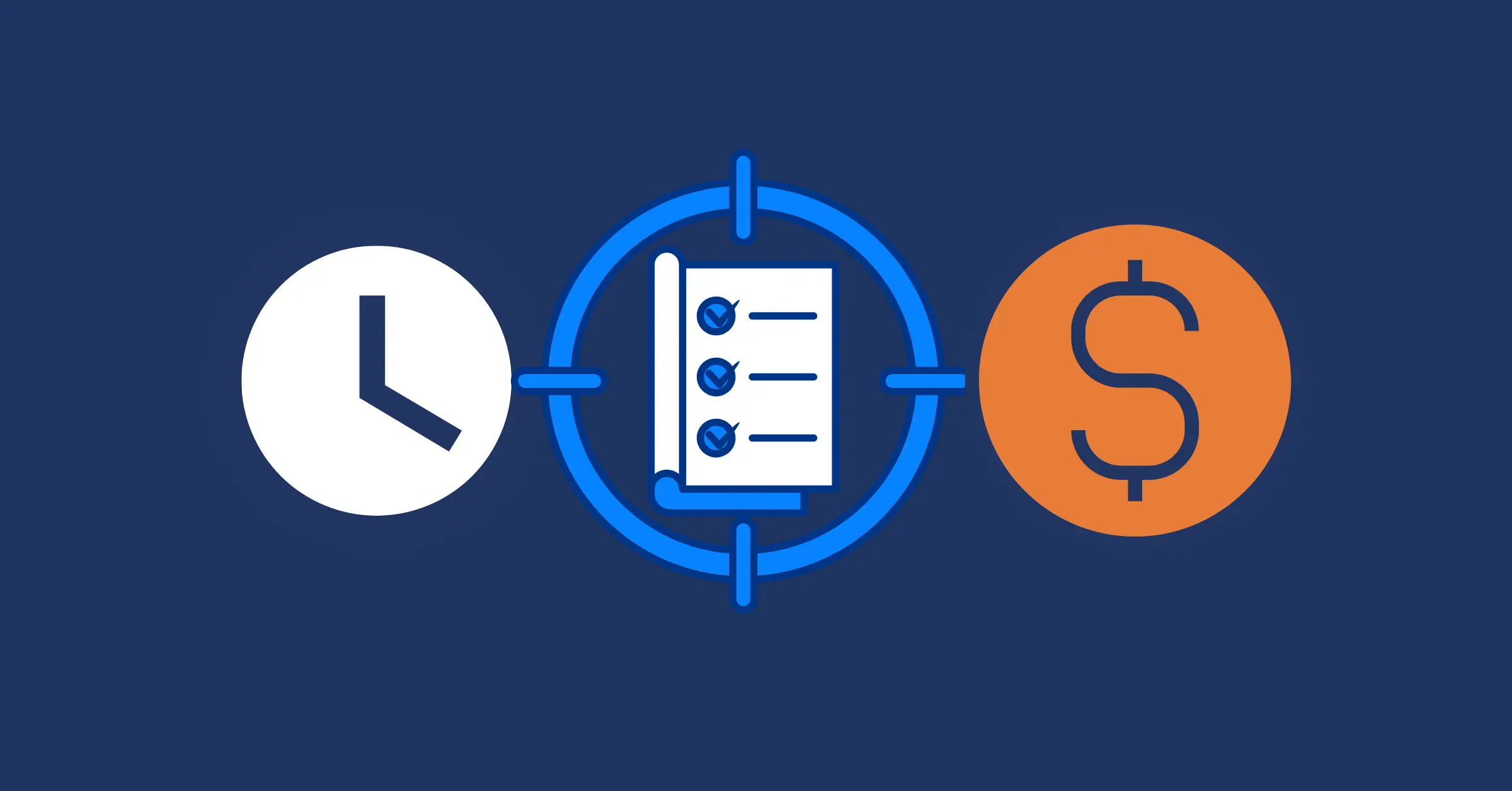

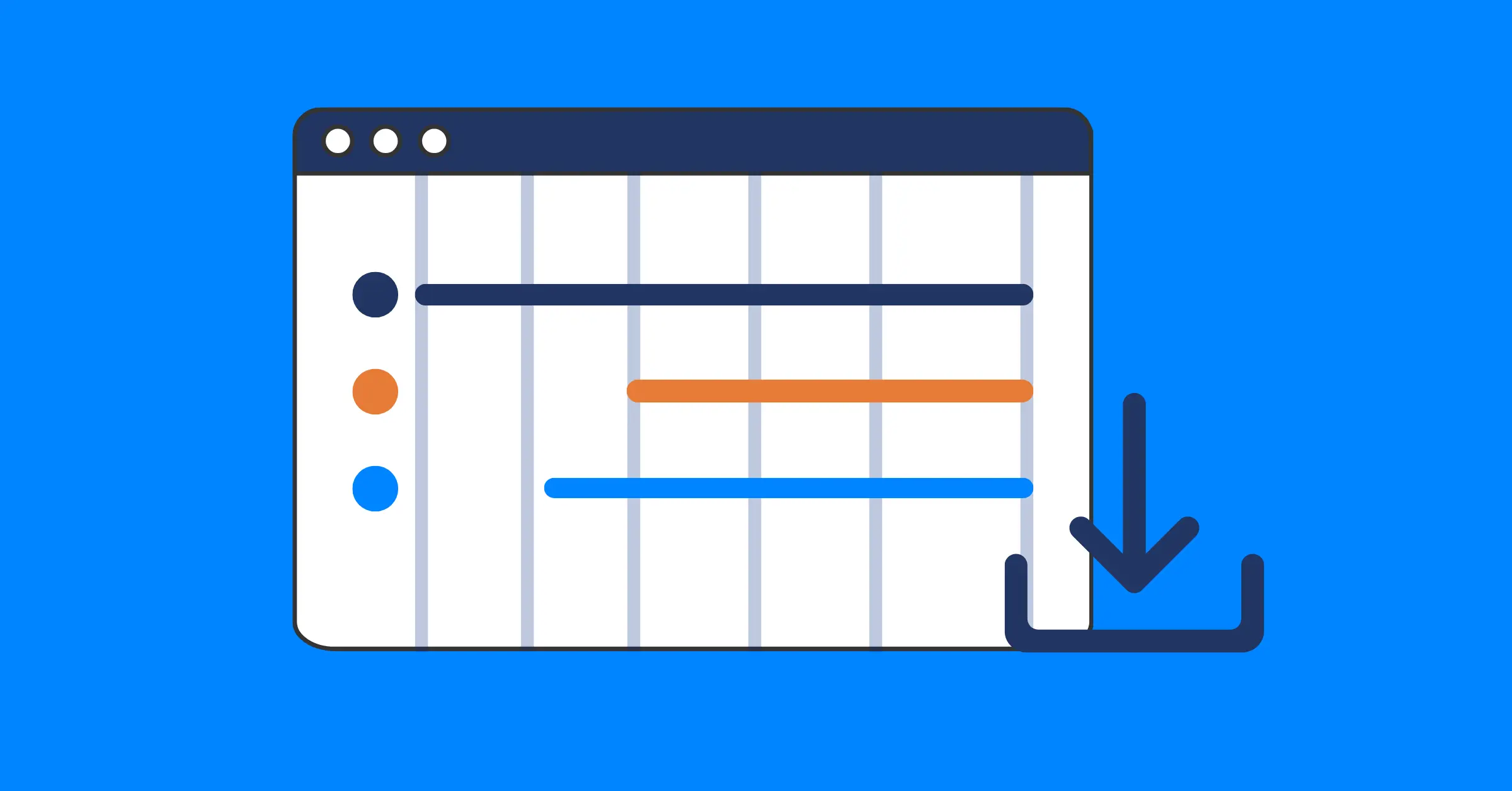


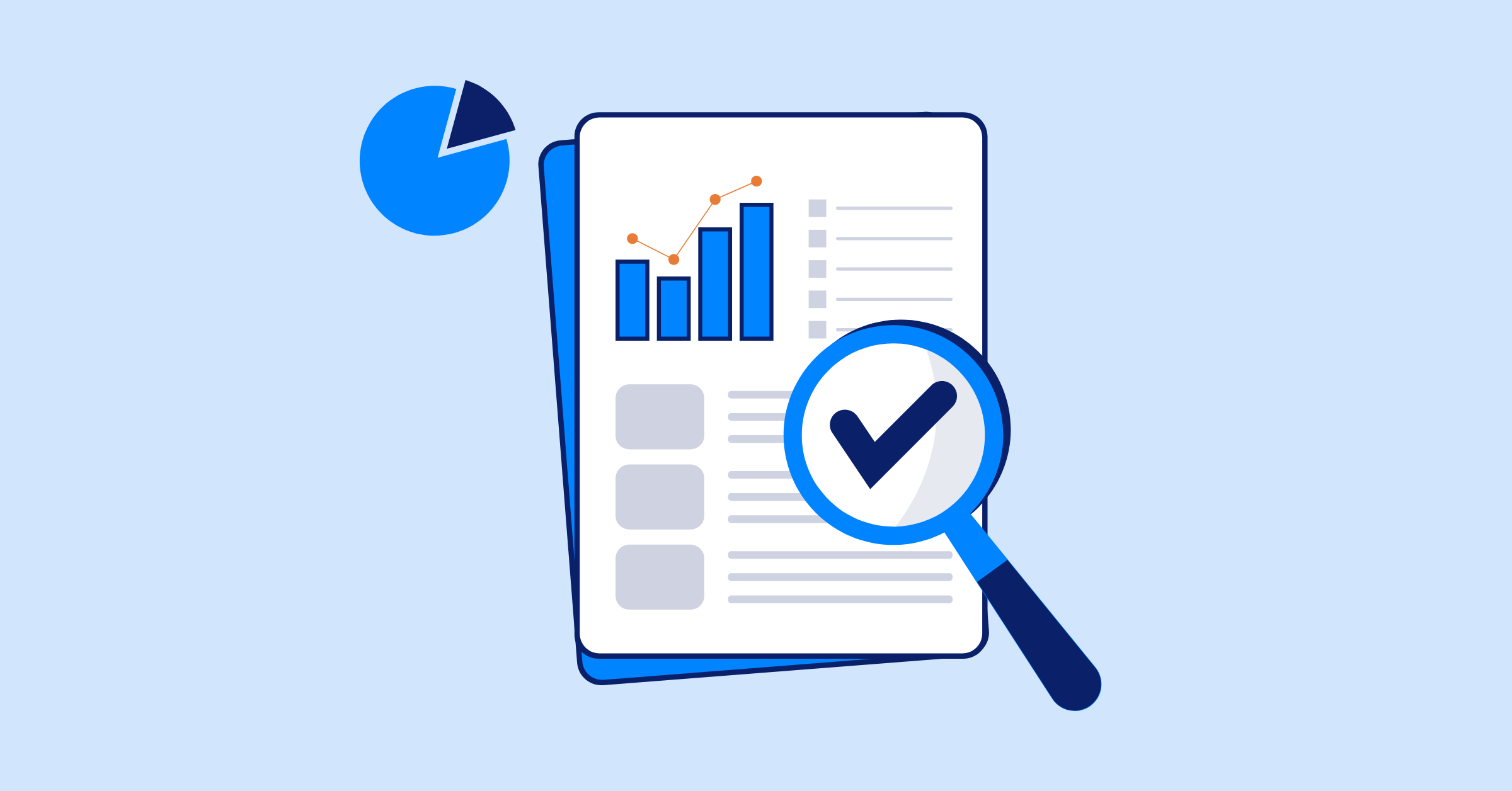
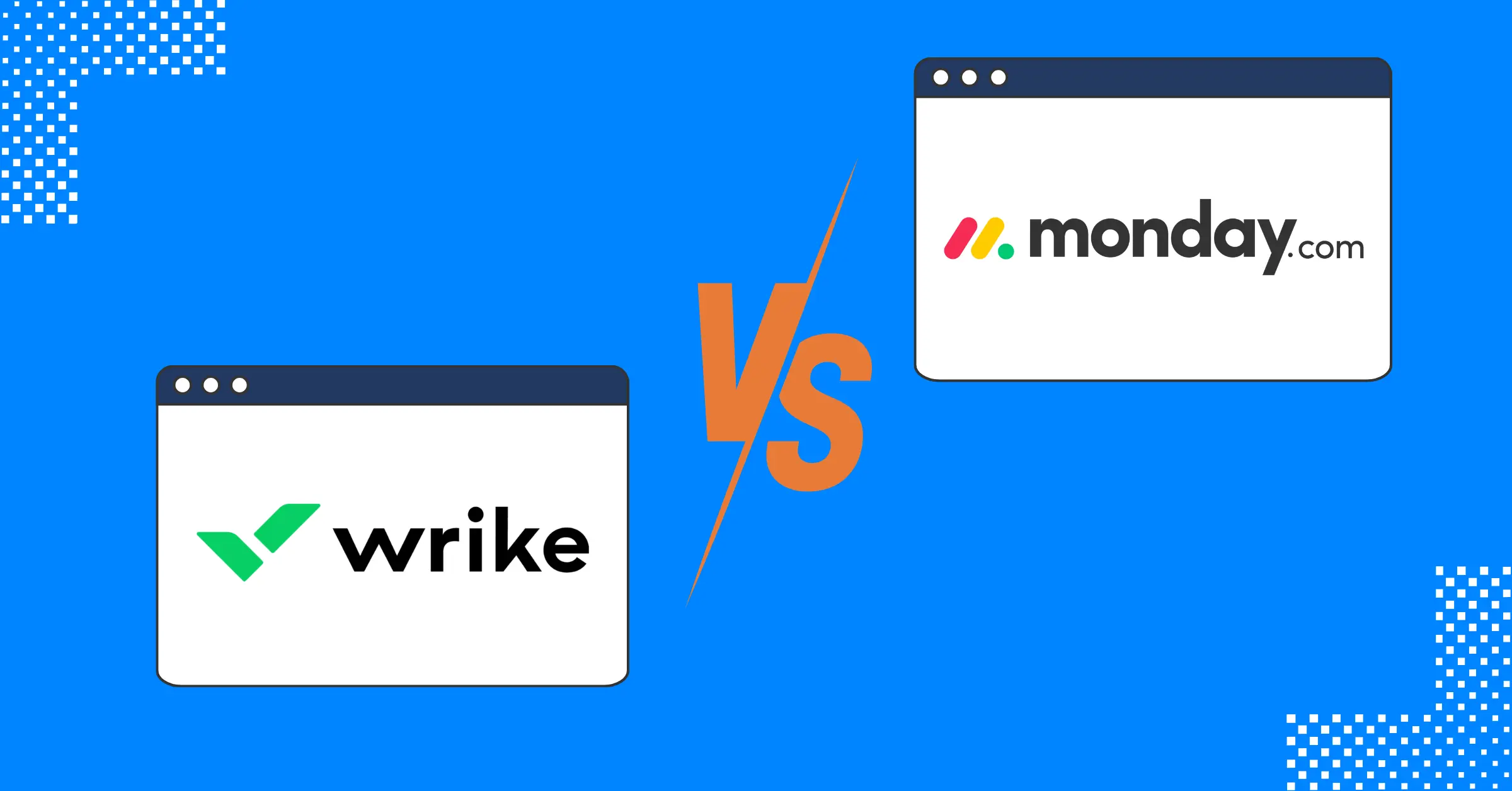
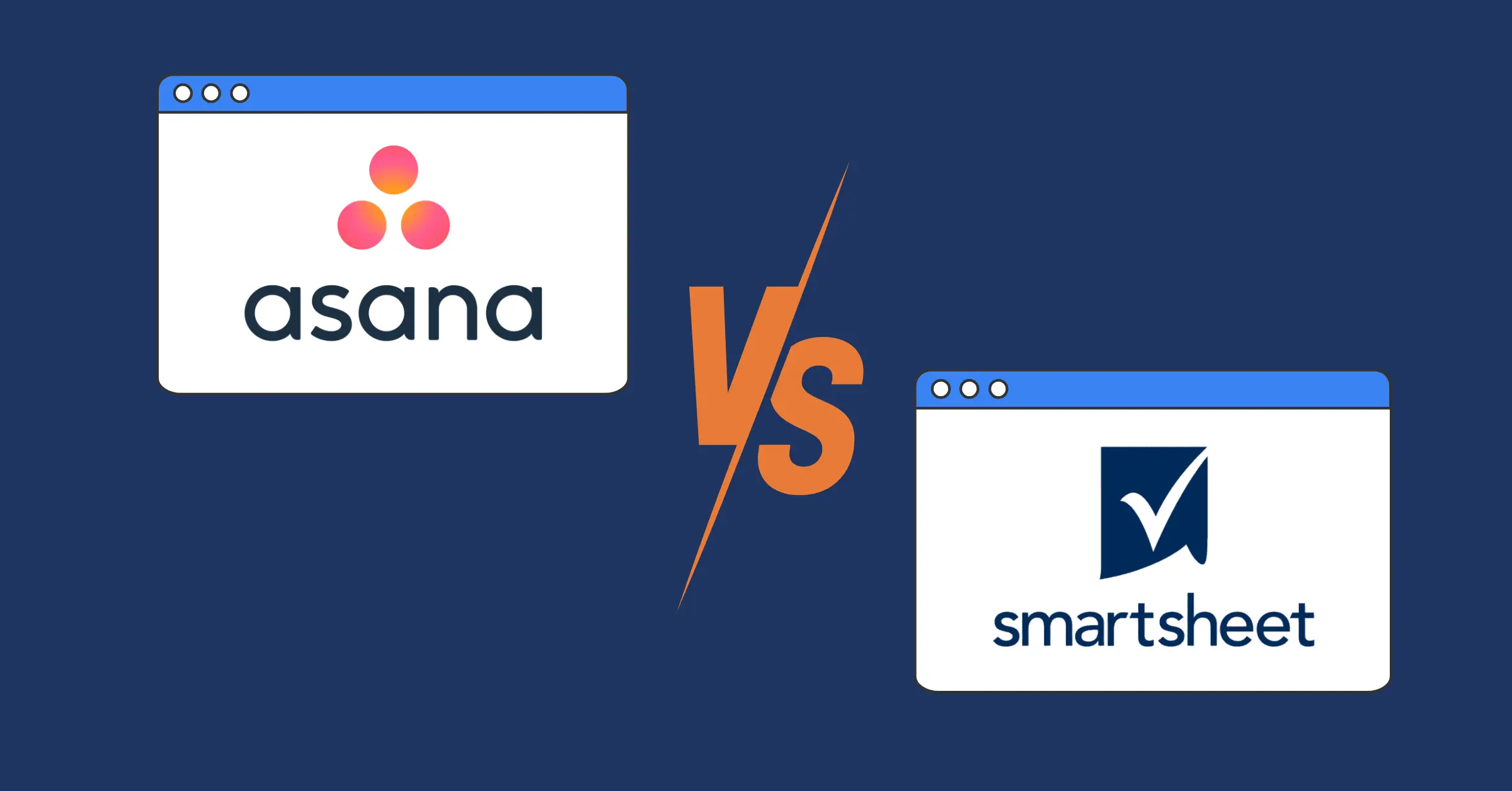

![RACI Chart in Project Management: Rules & Examples [Free Download]](https://taskford.com/marketing/blog/raci-chart.webp)

